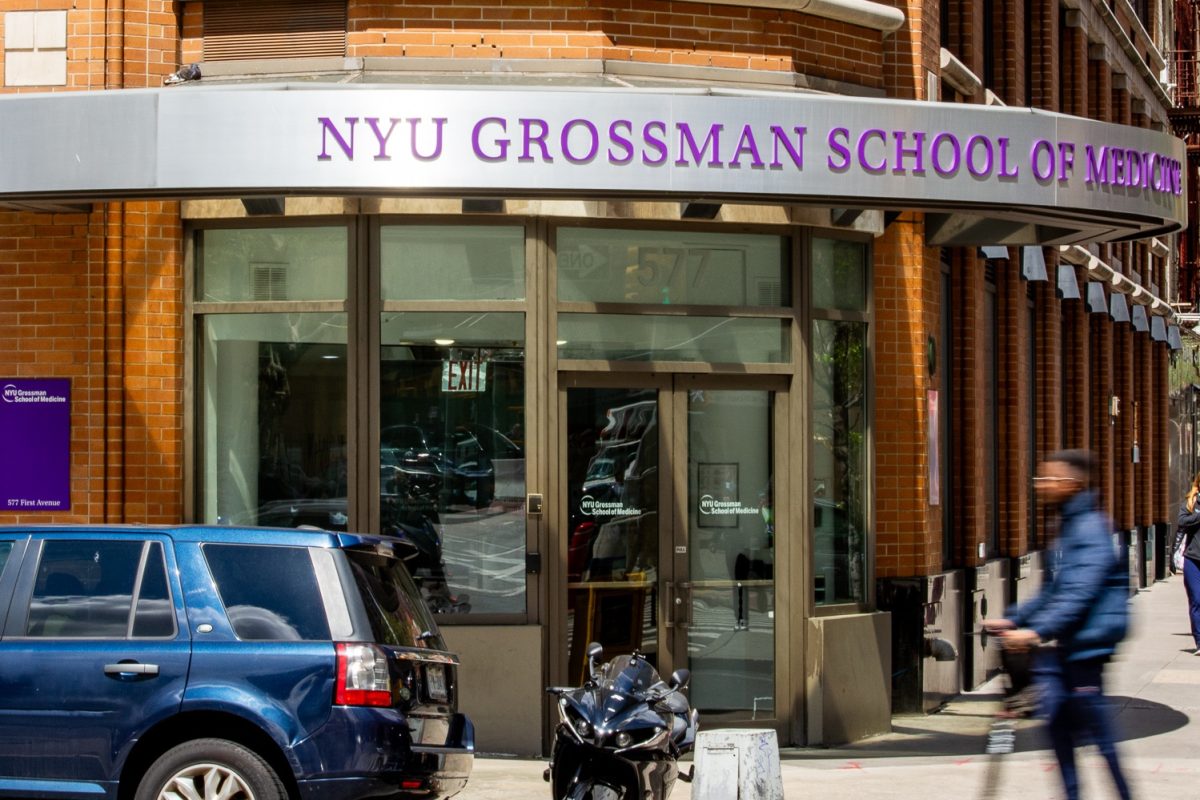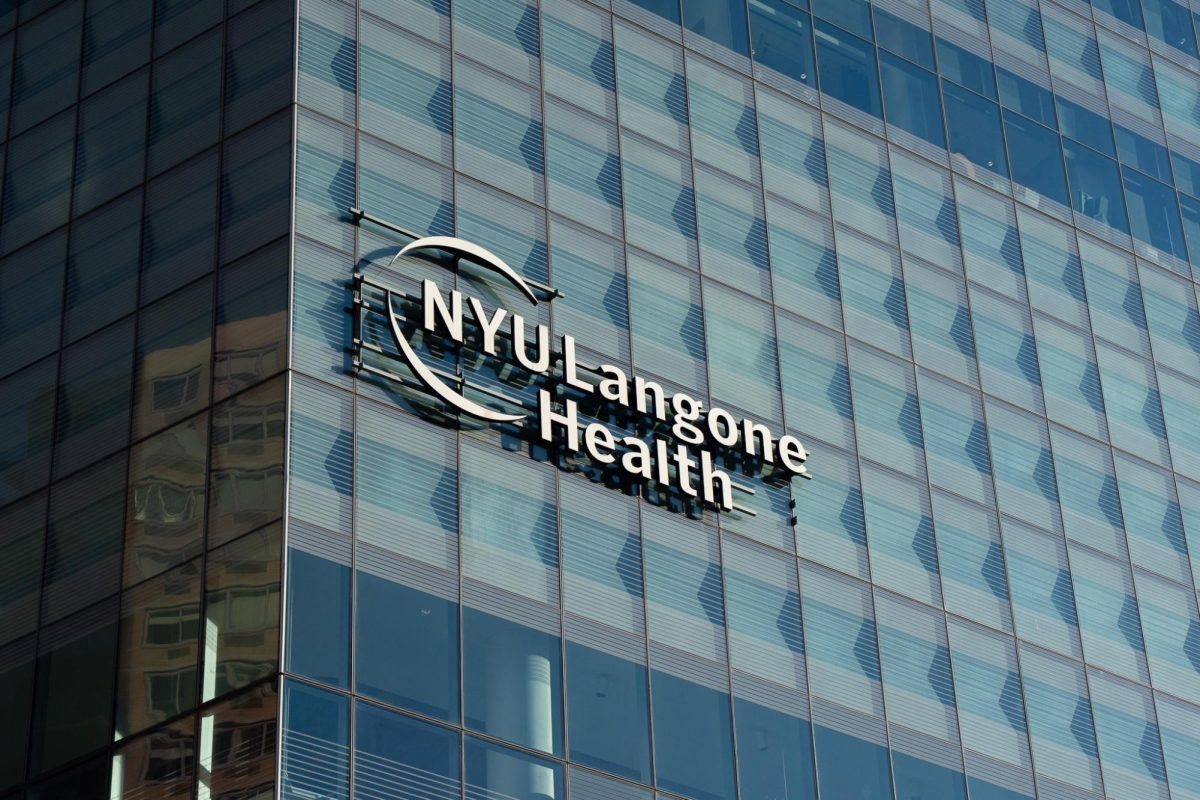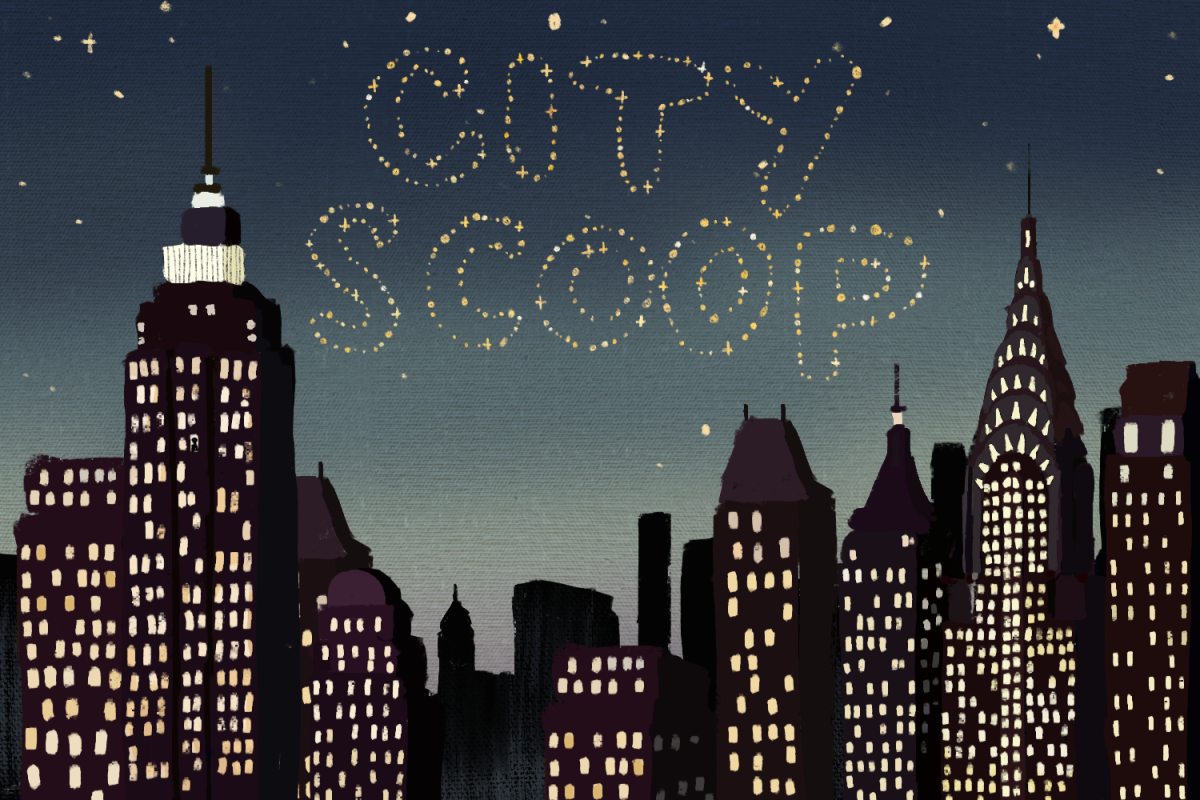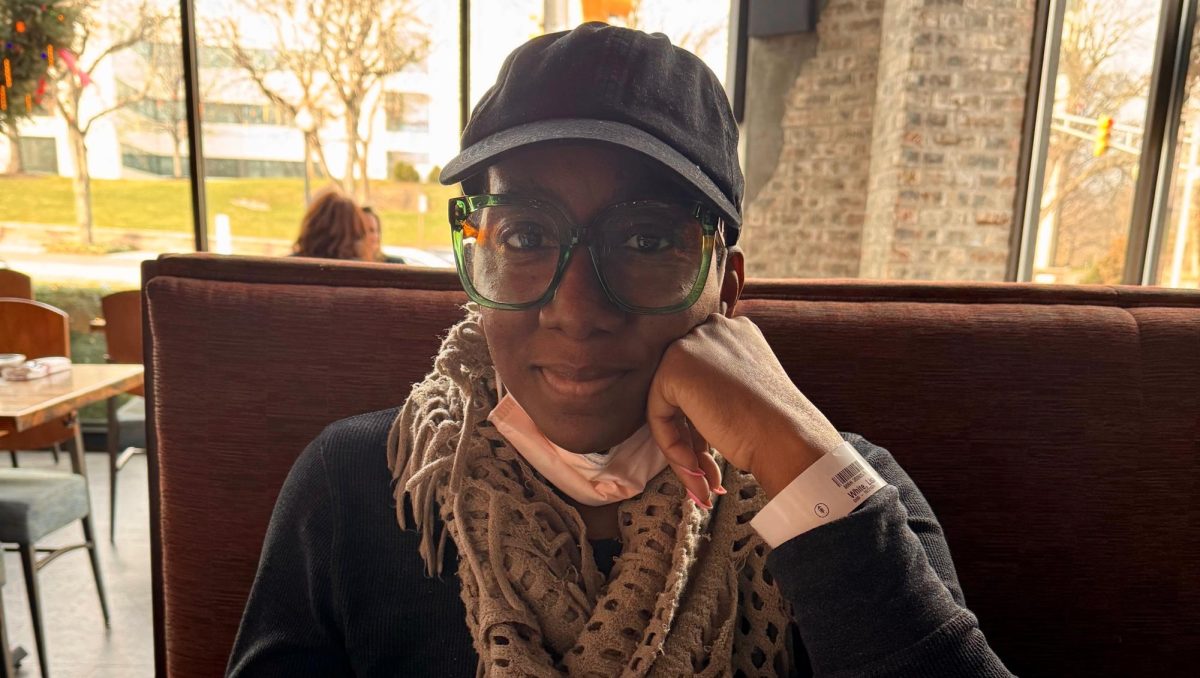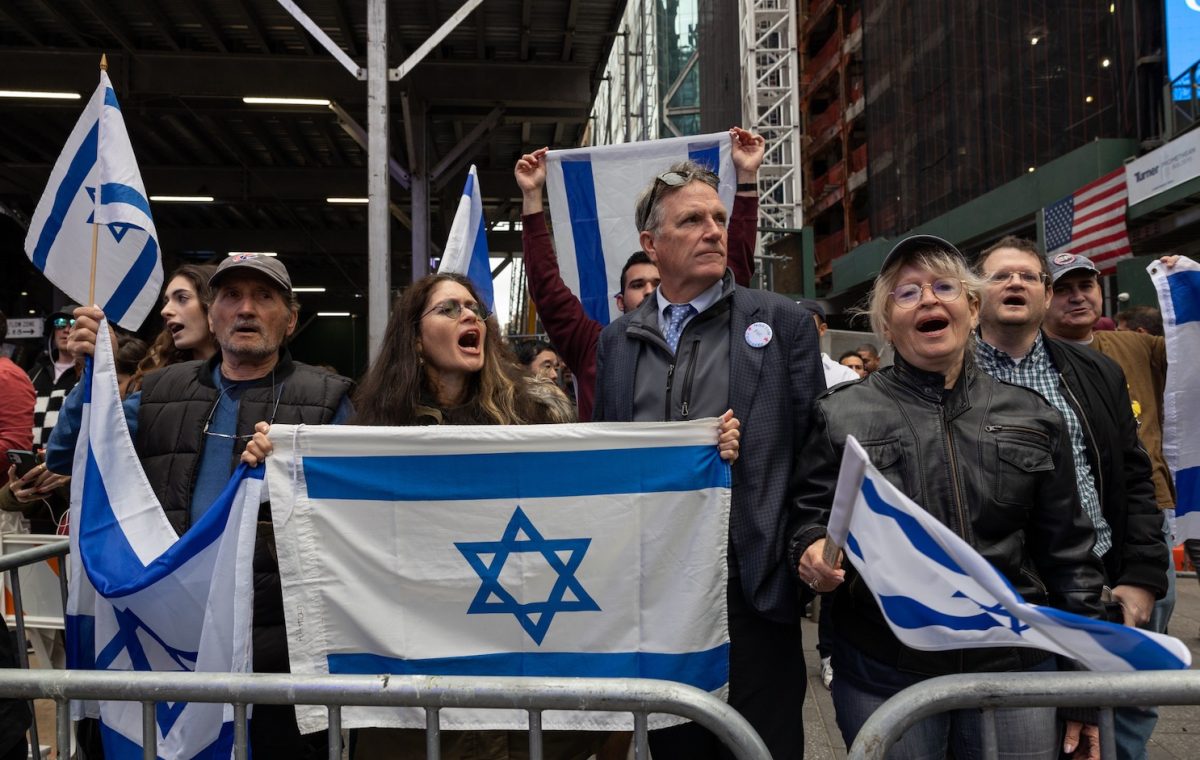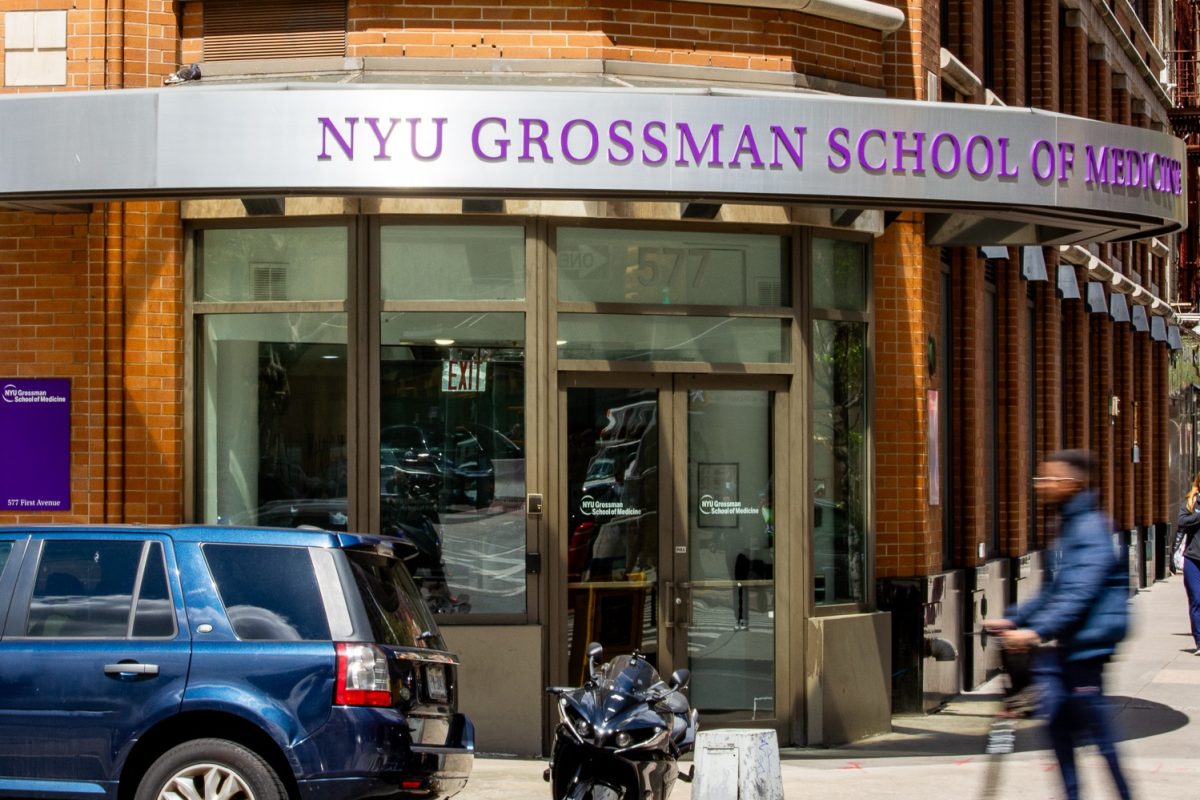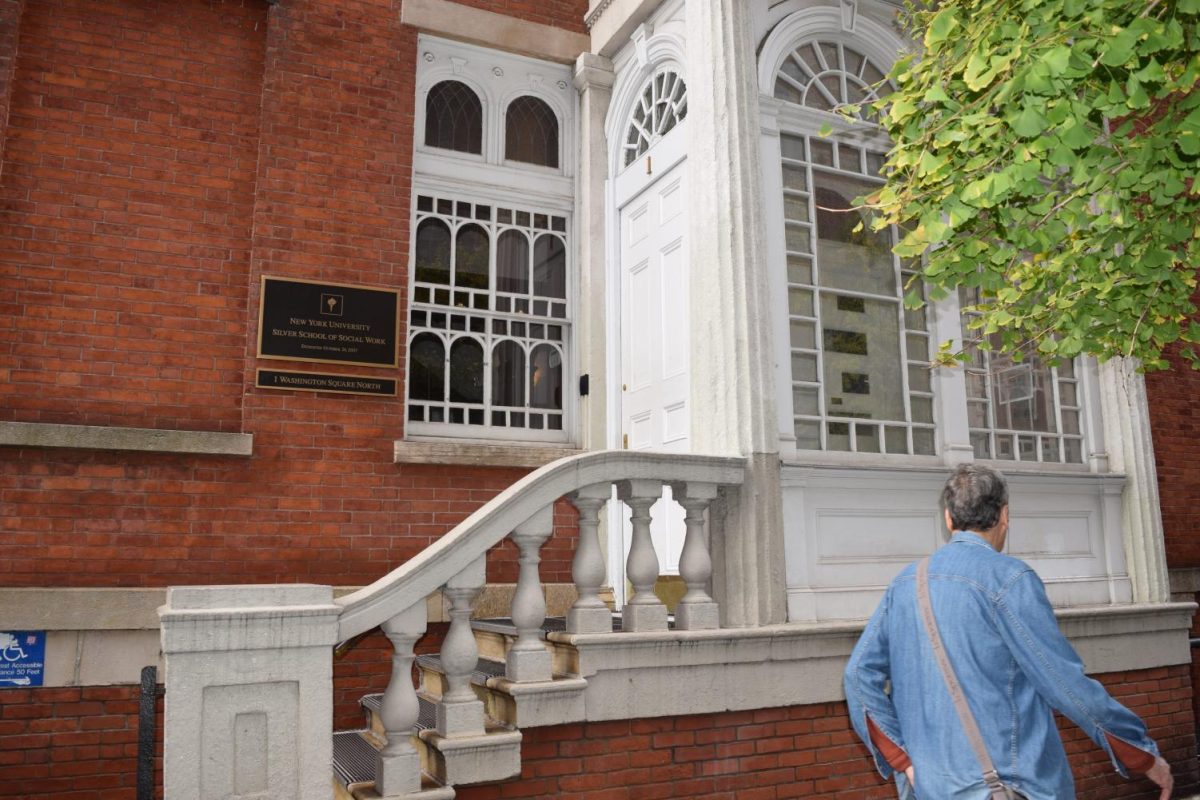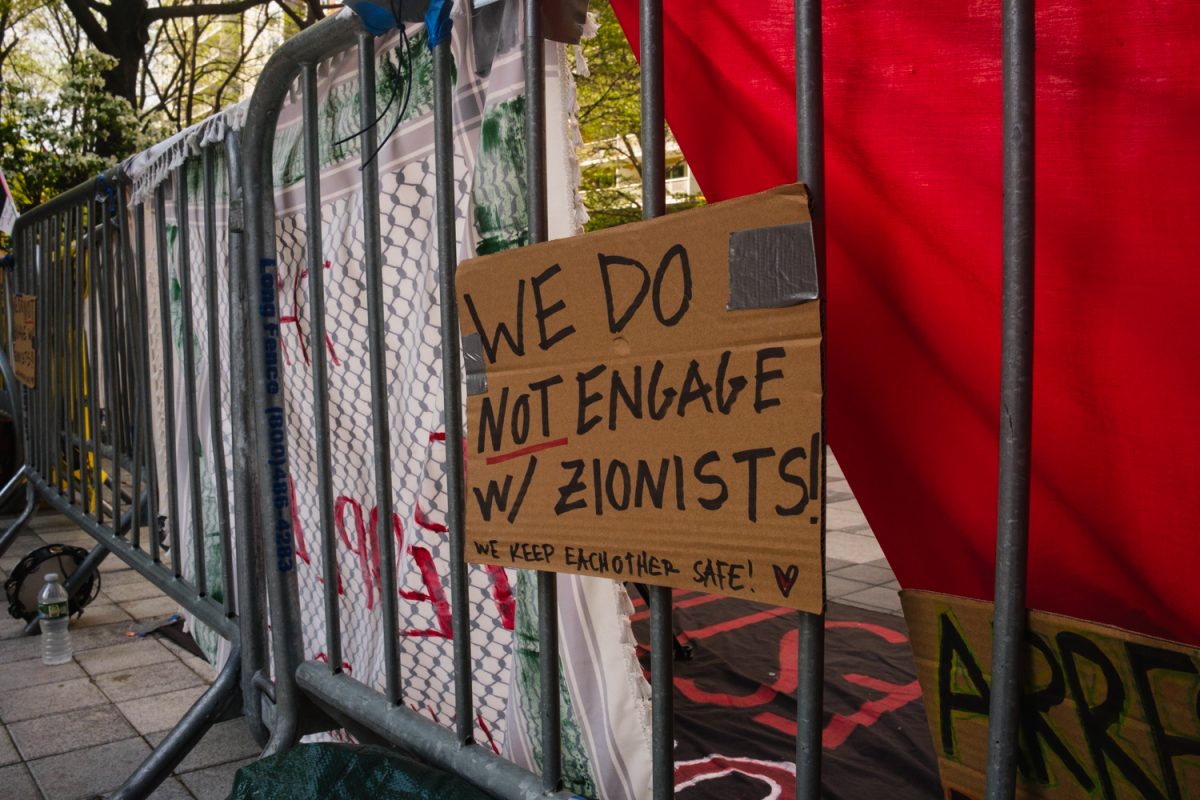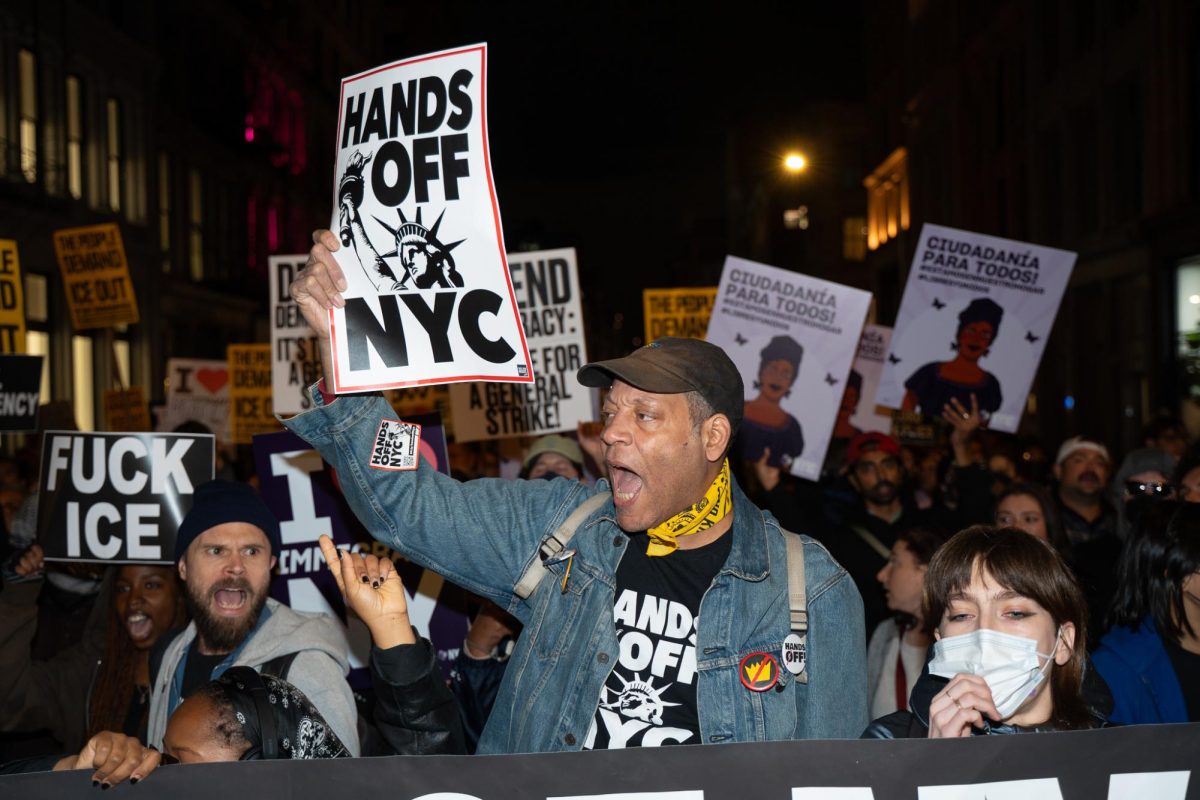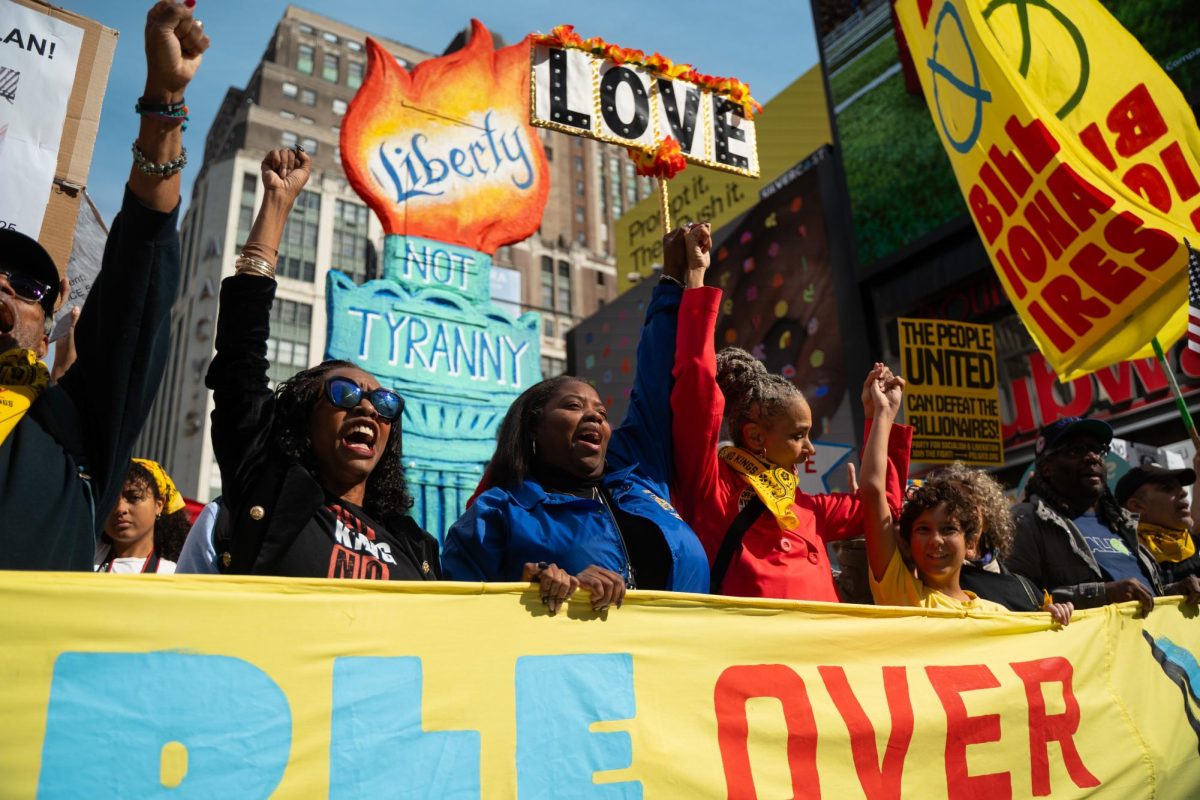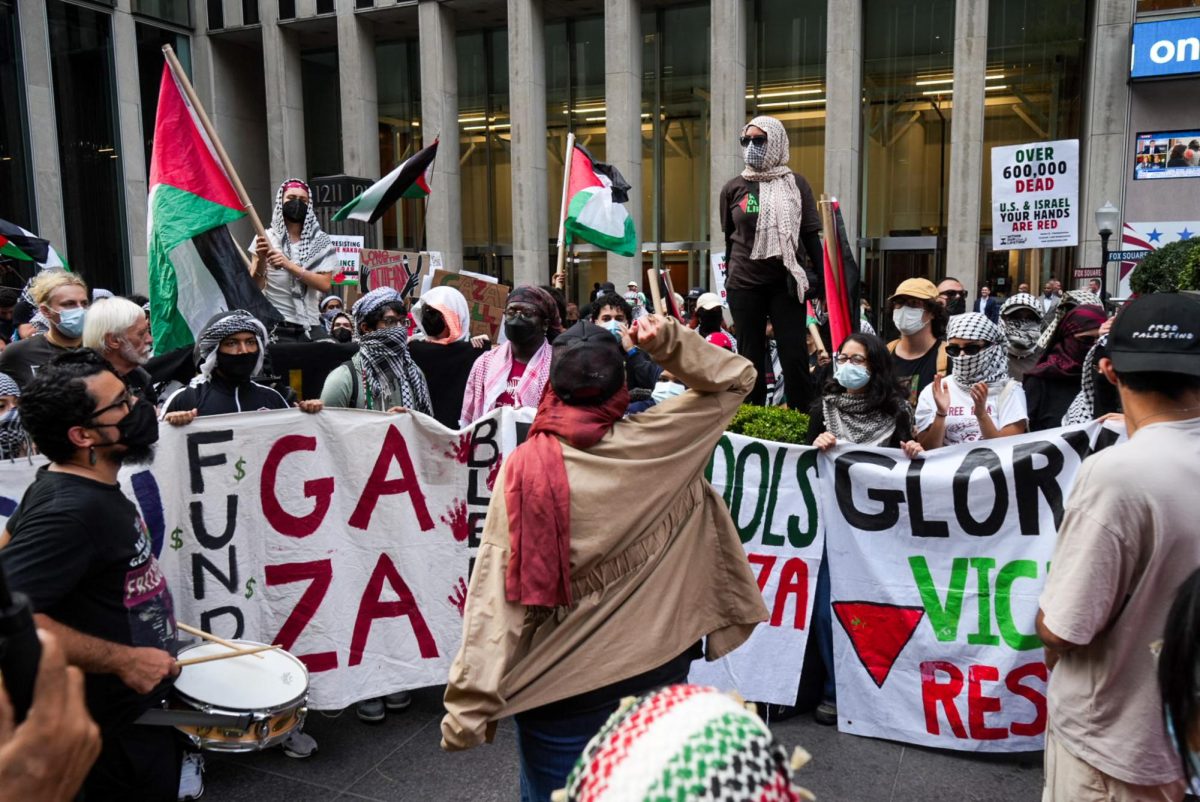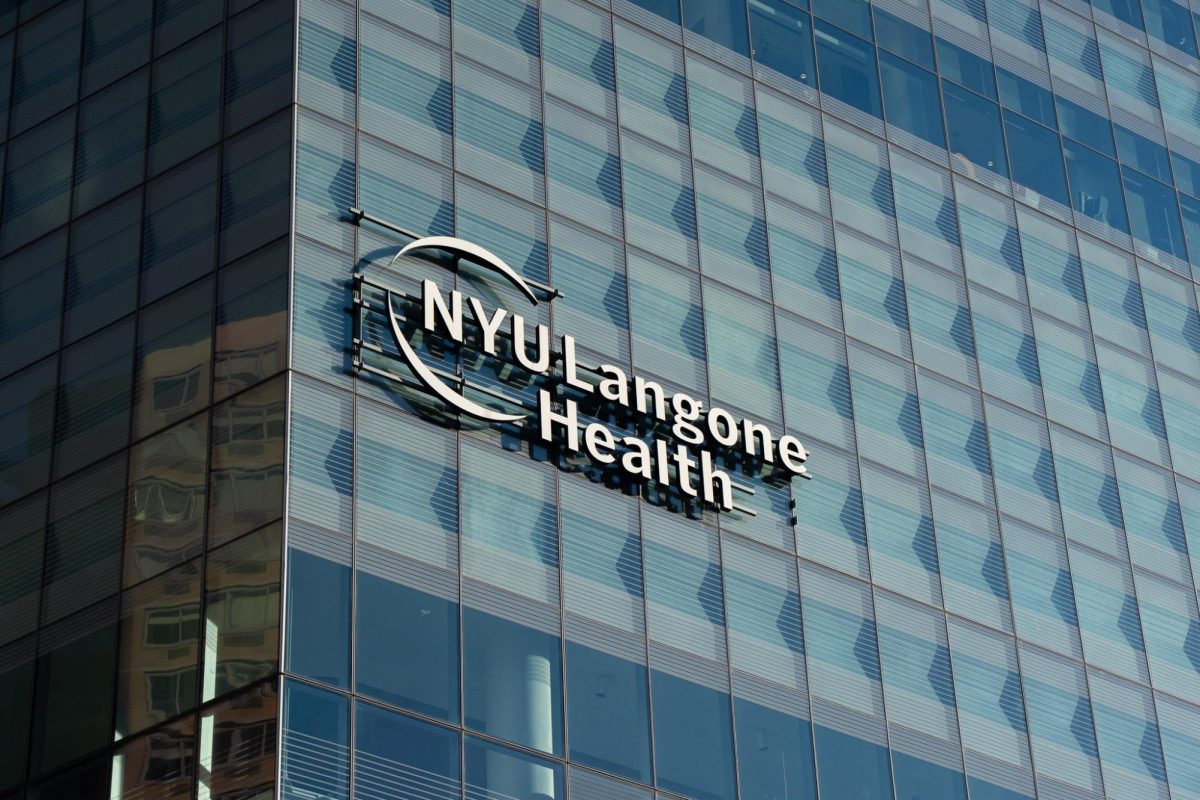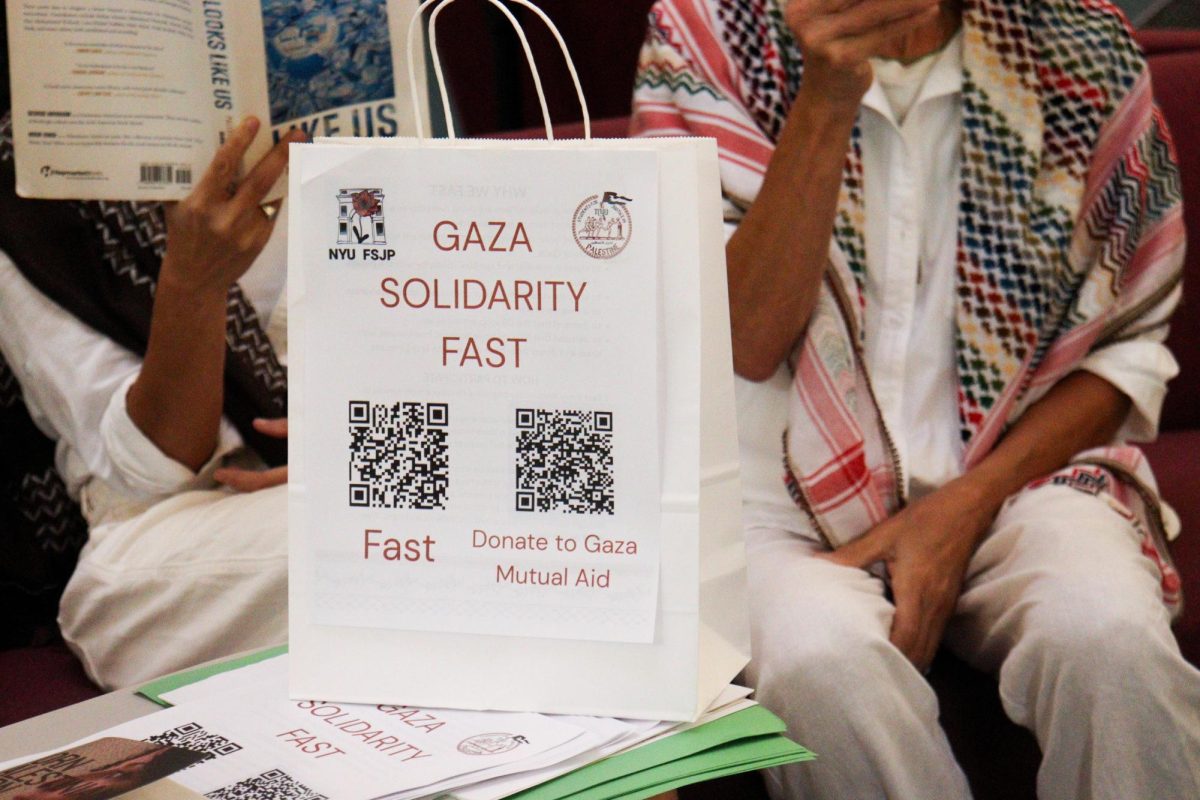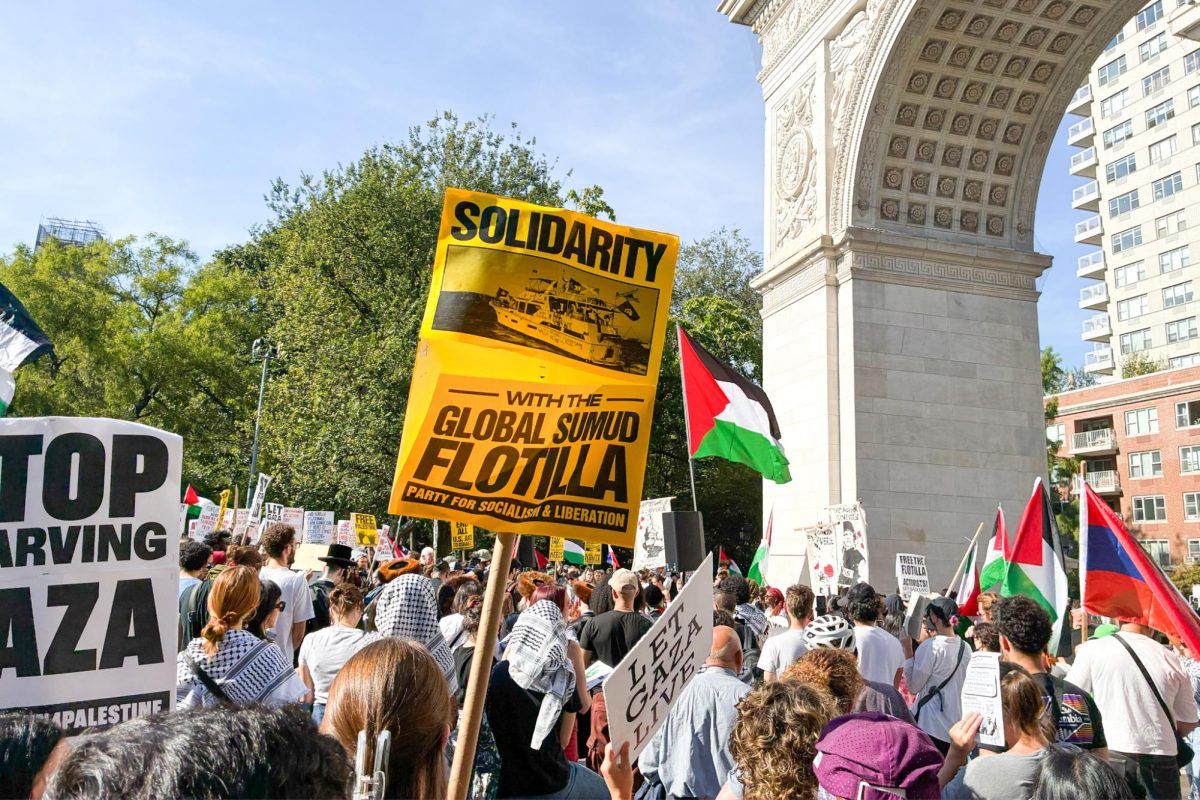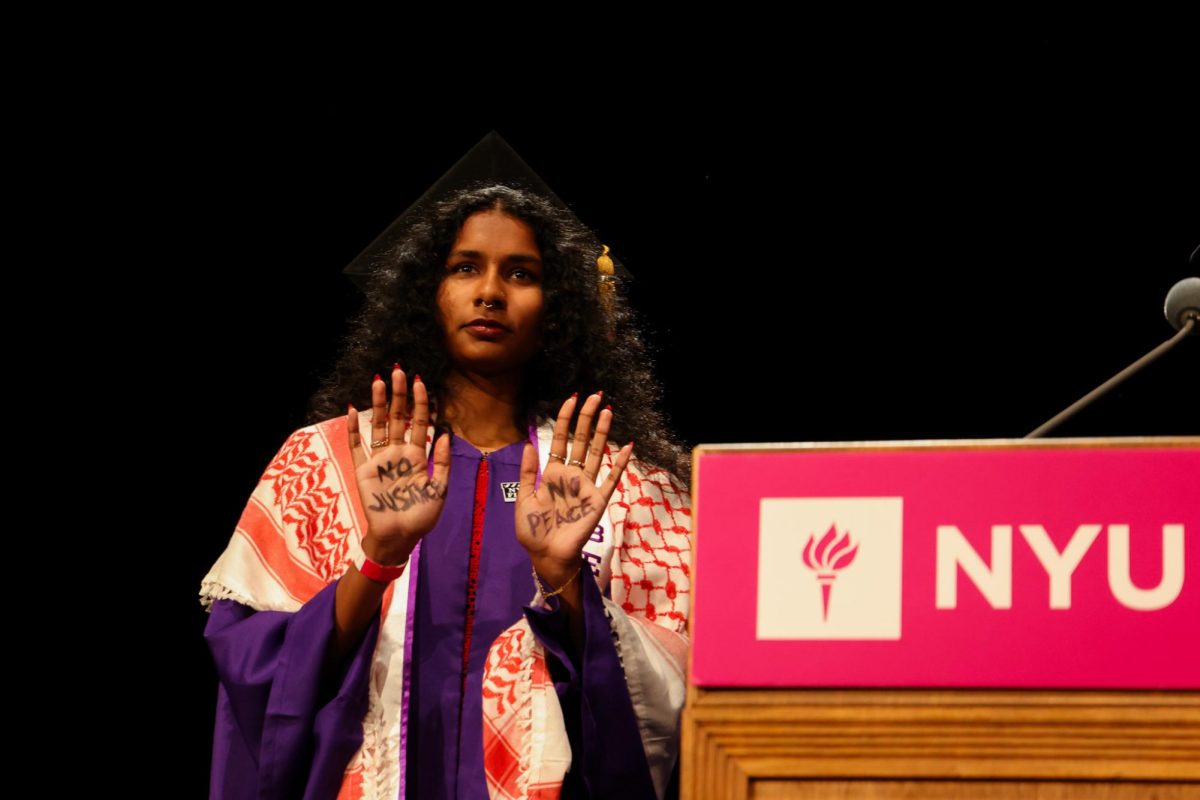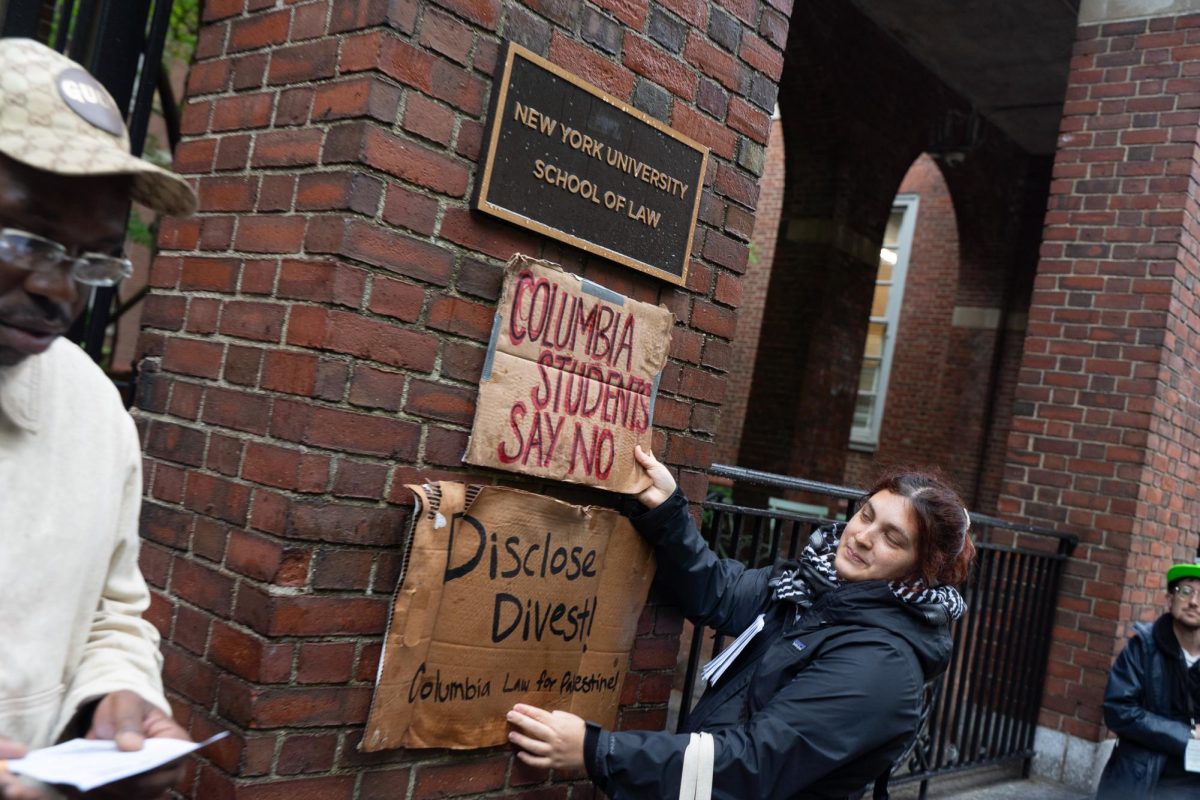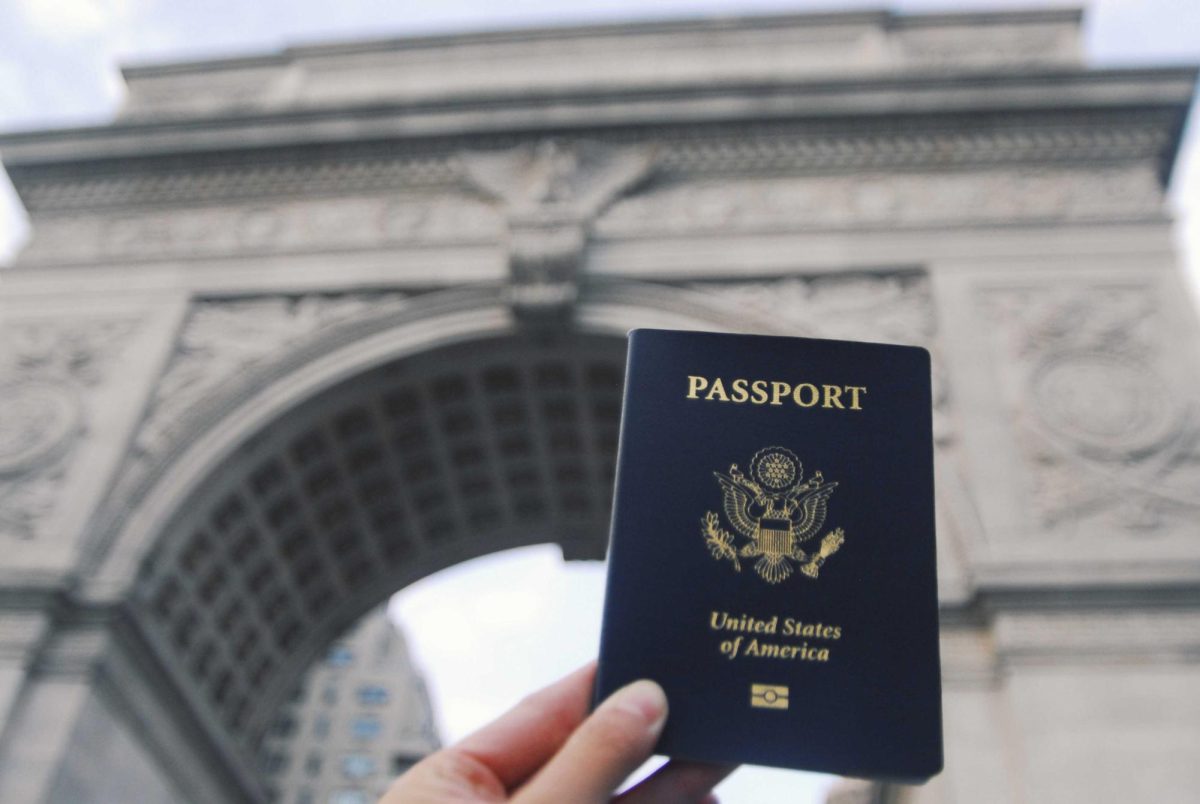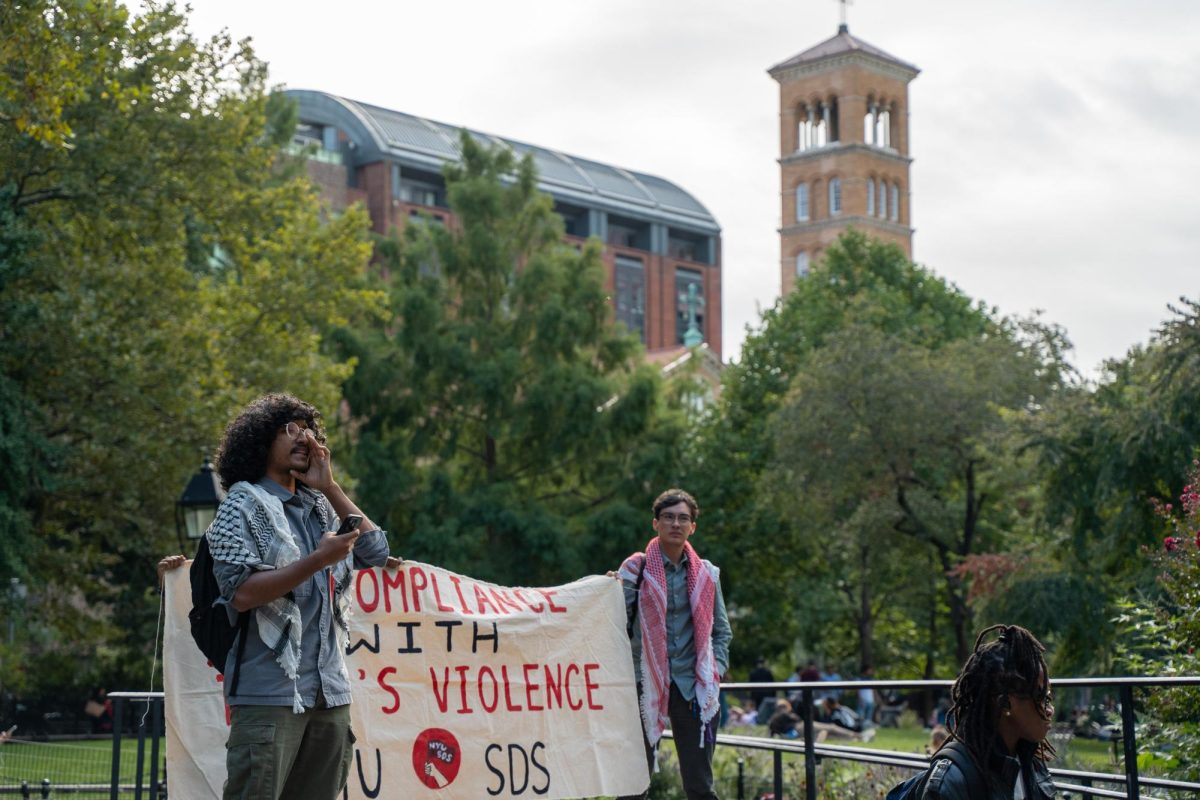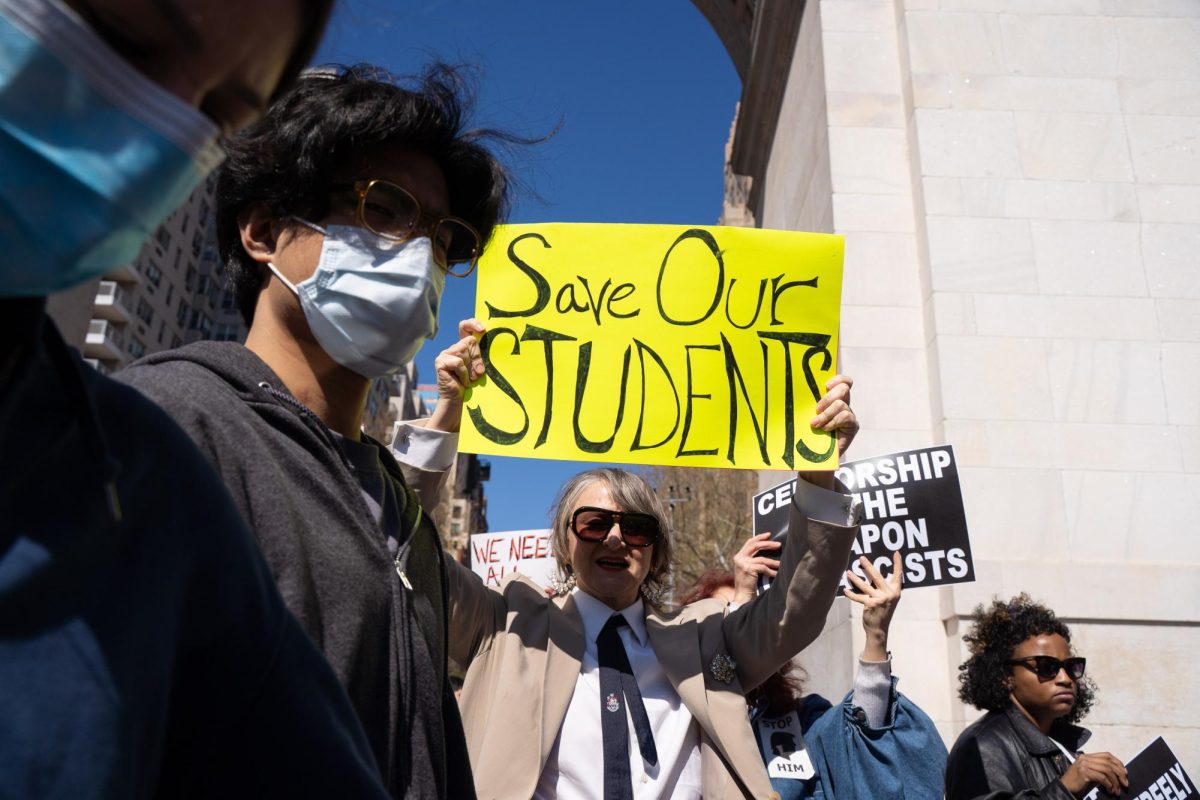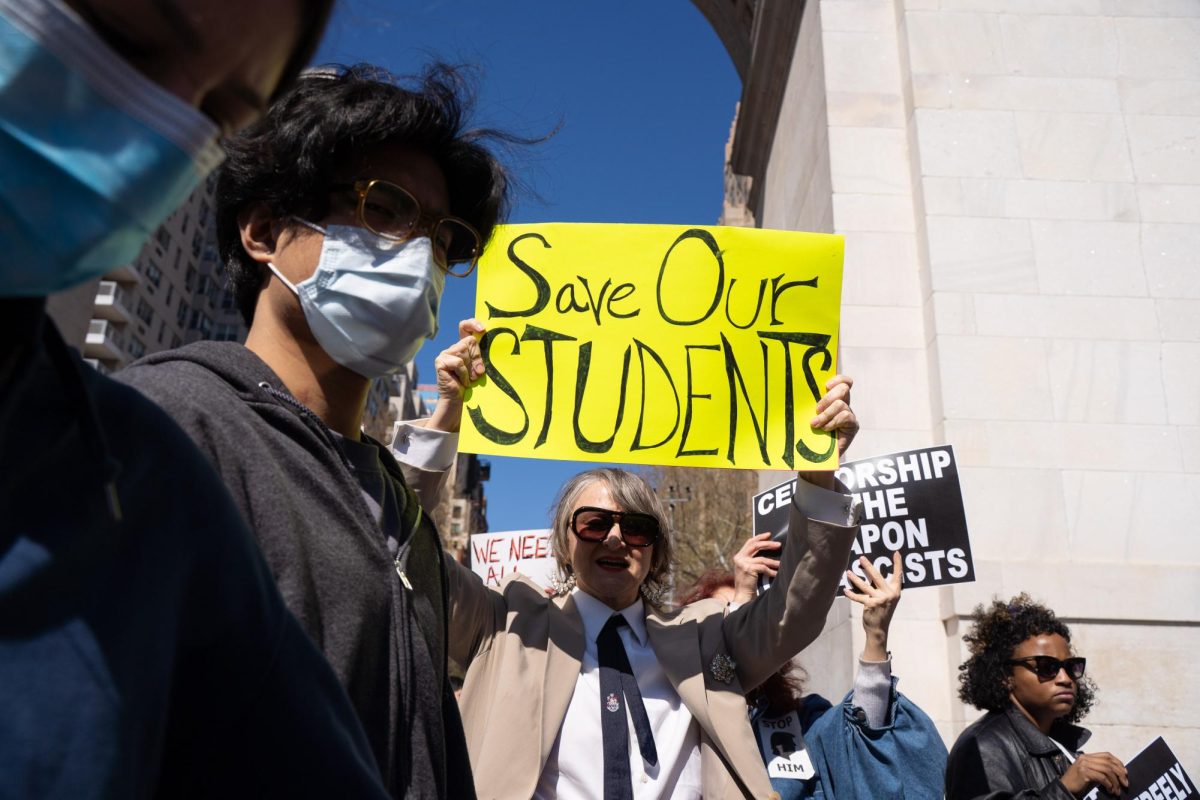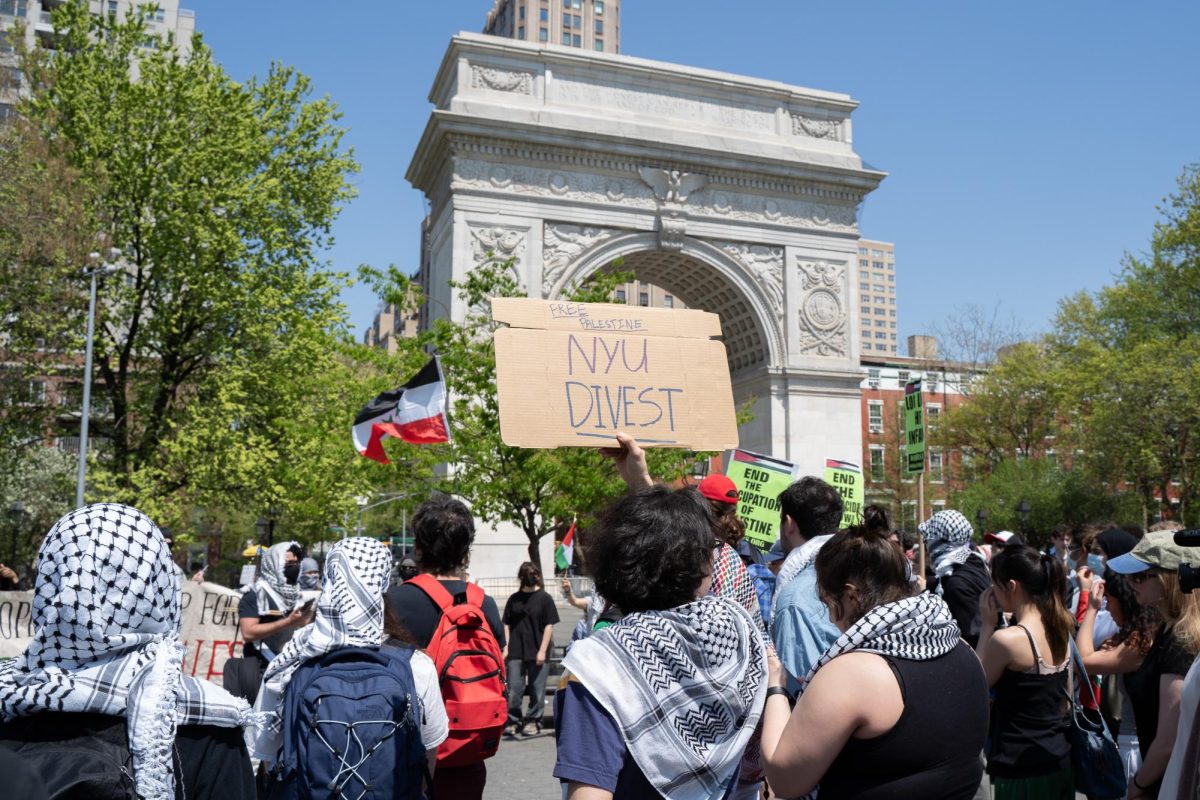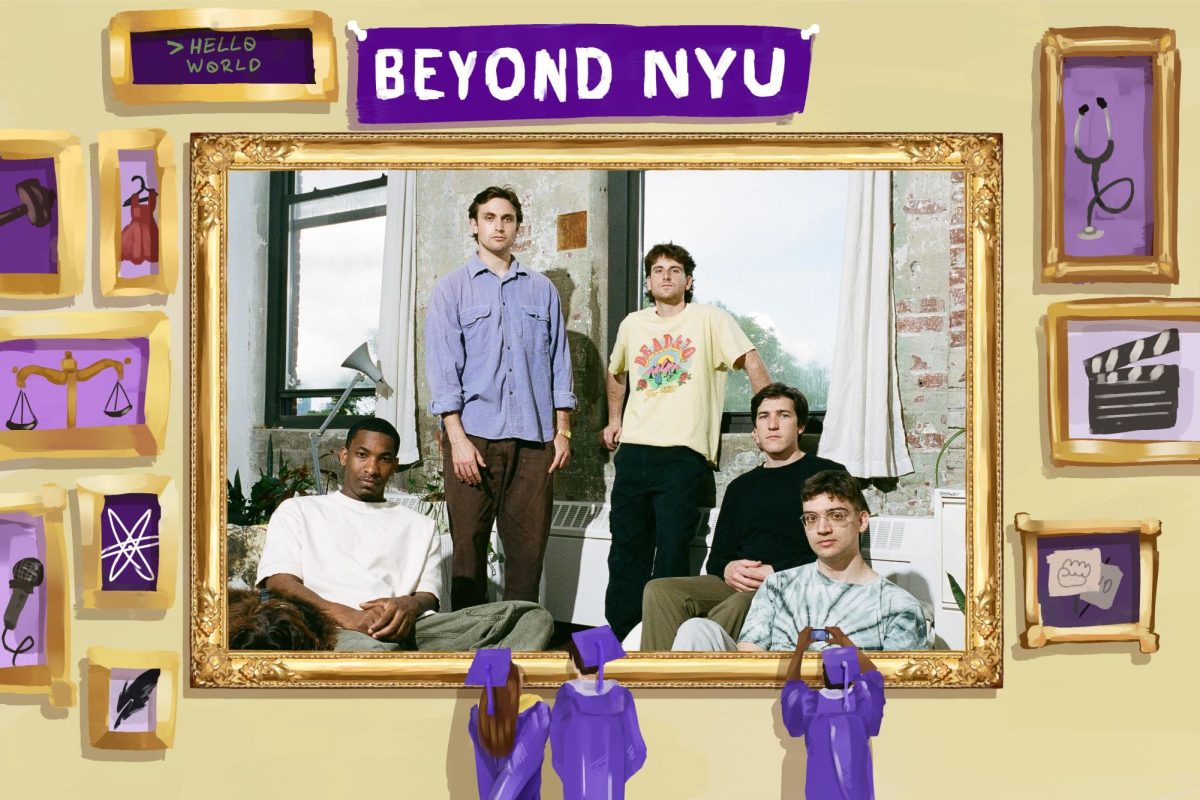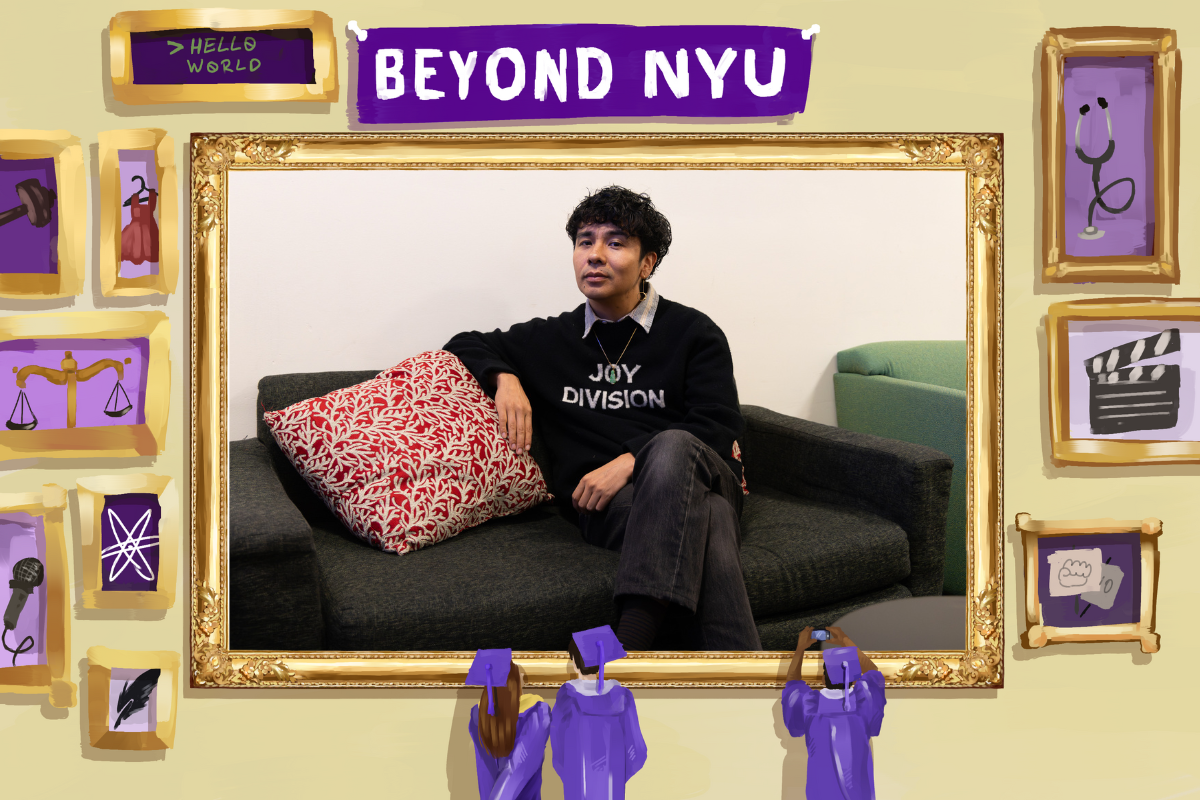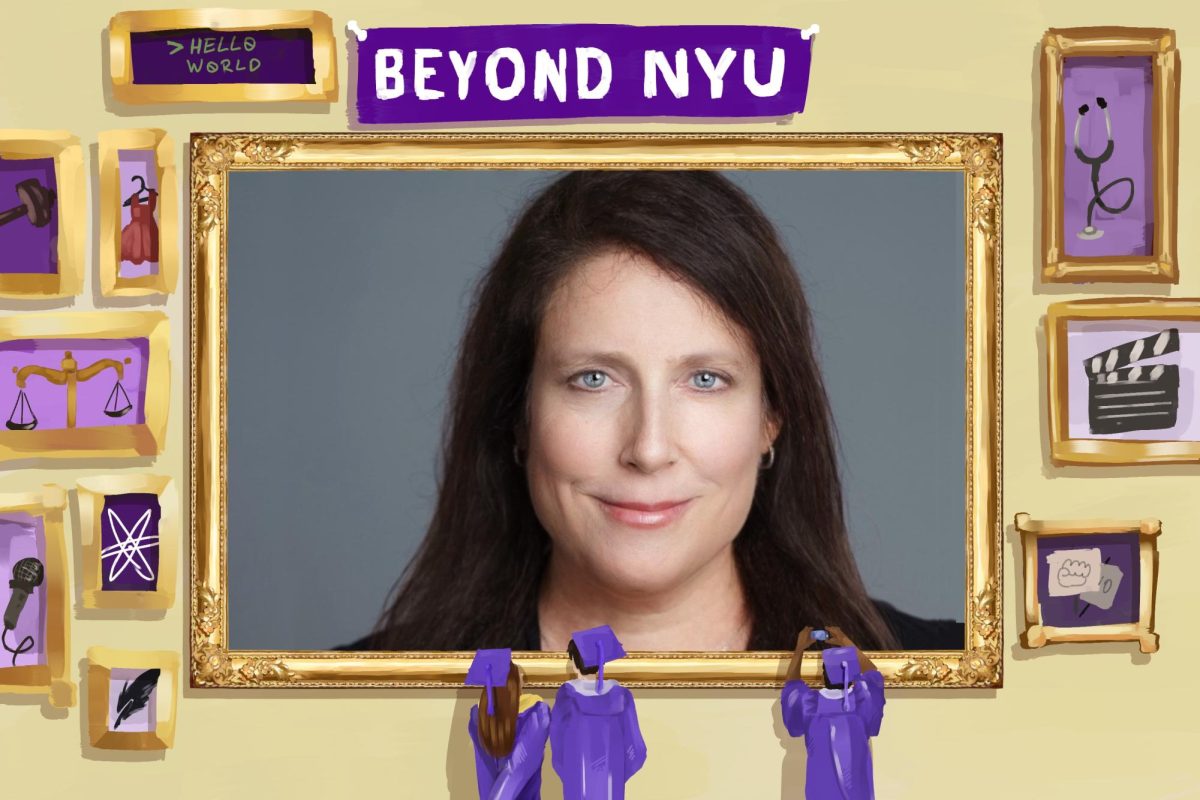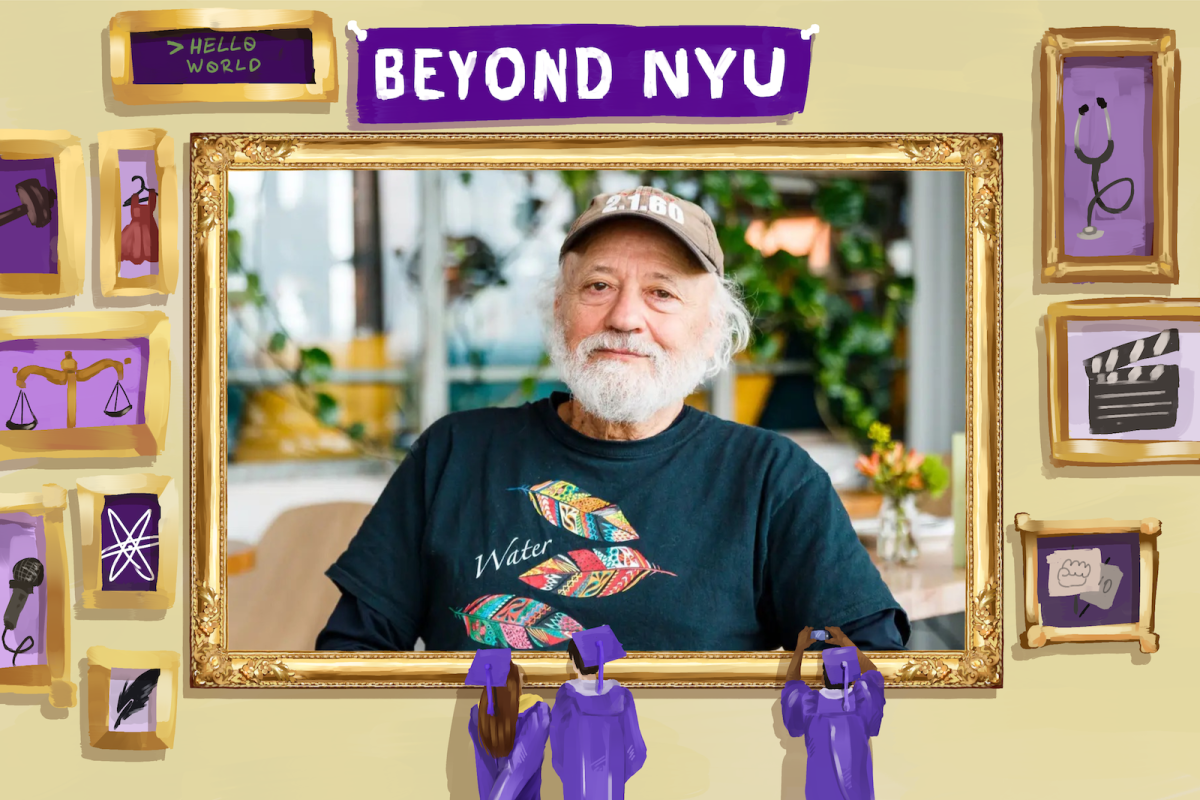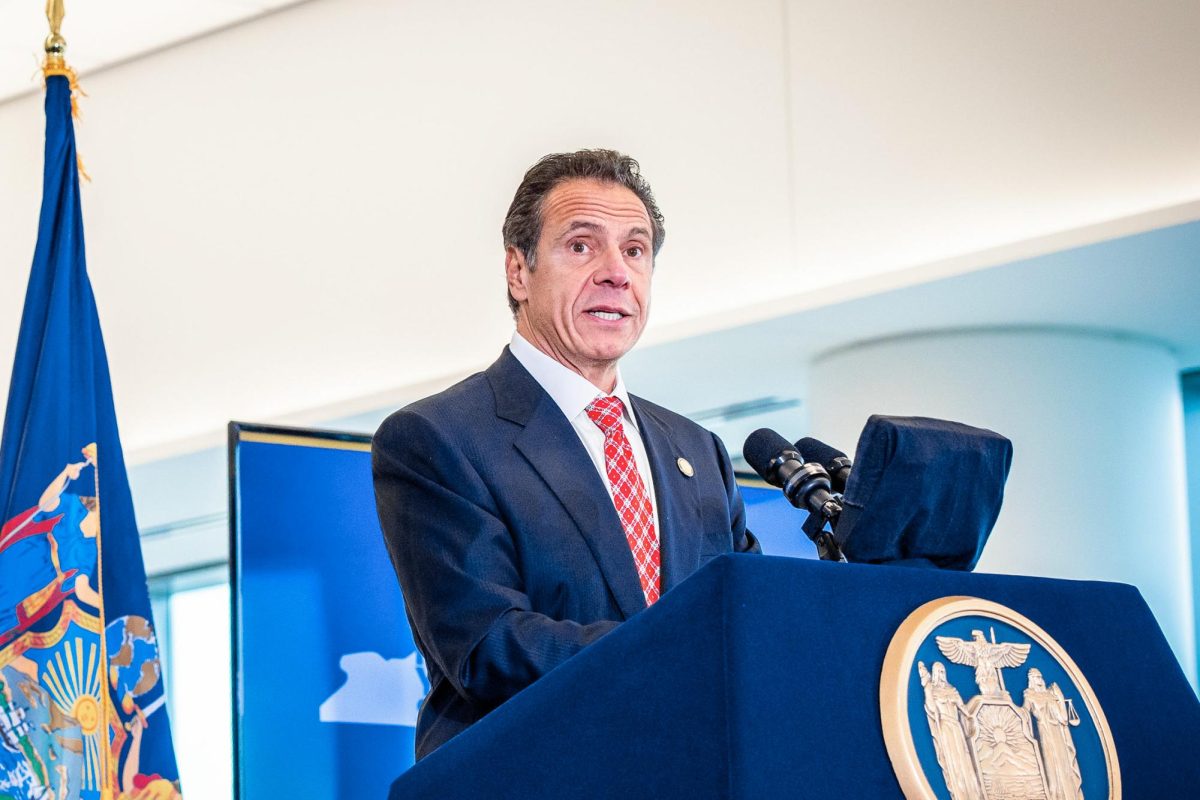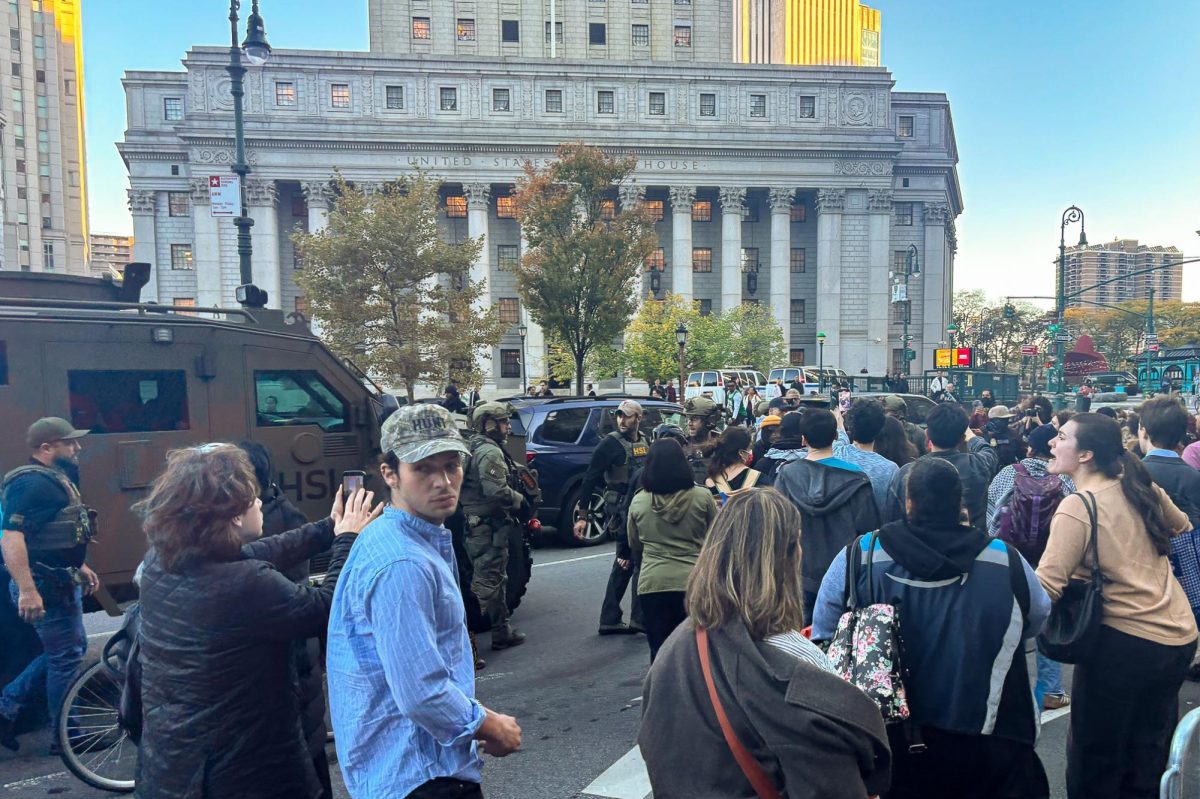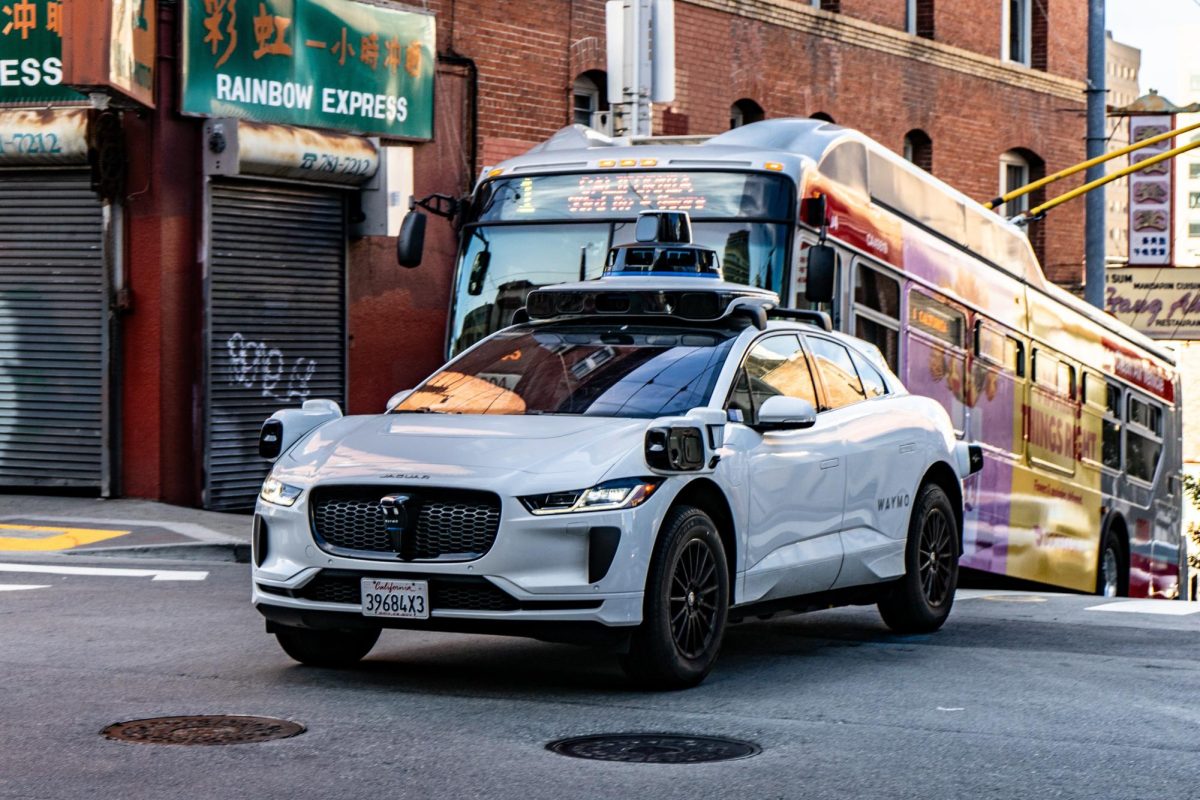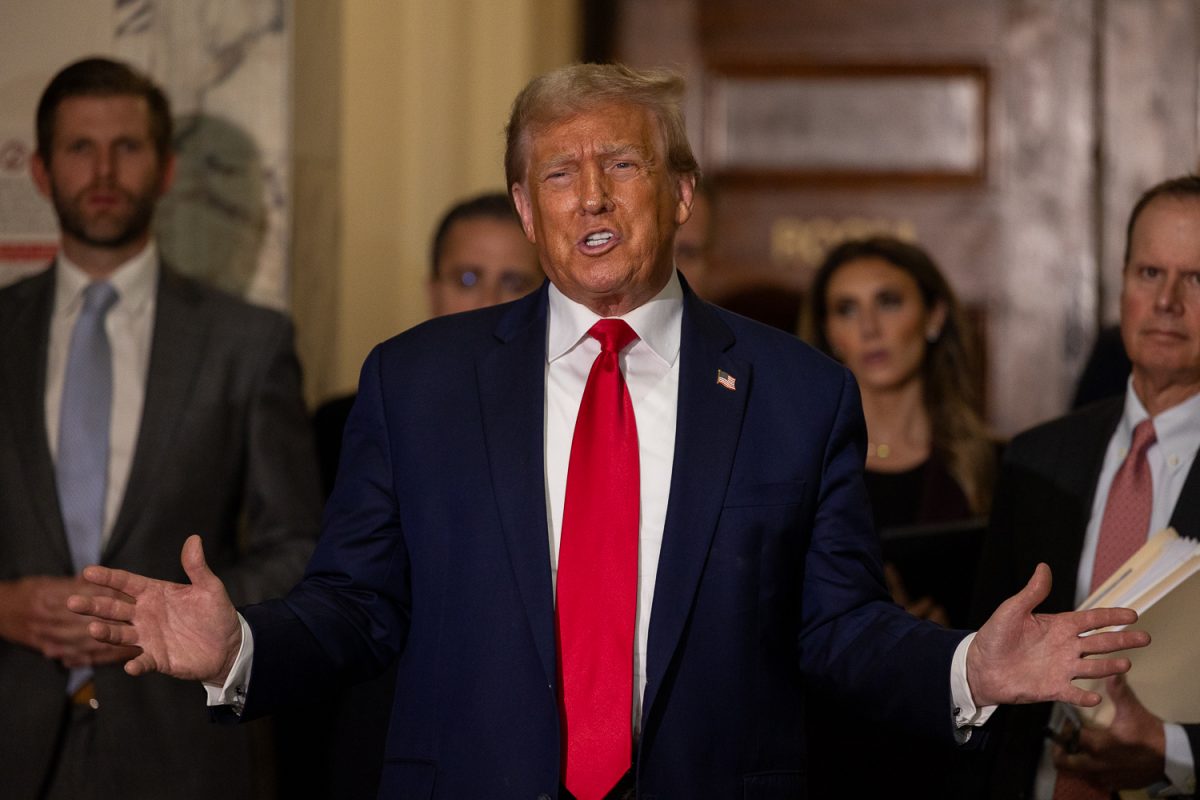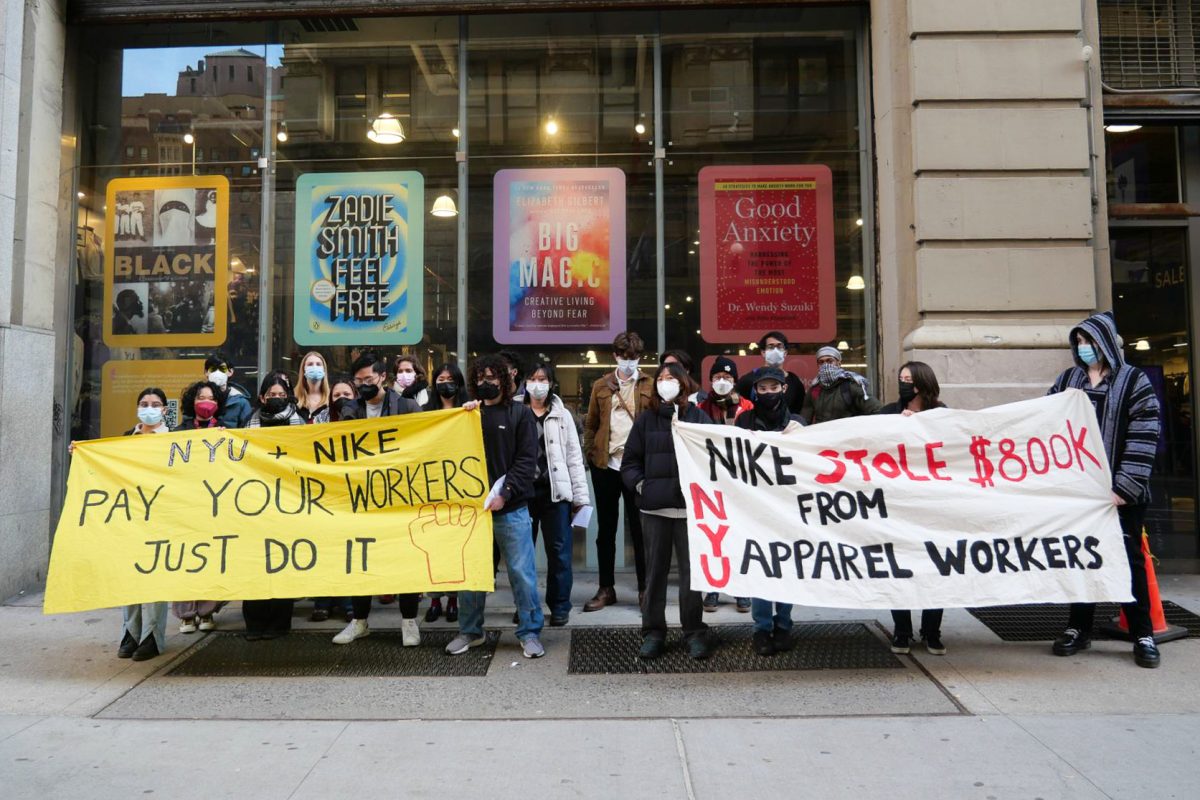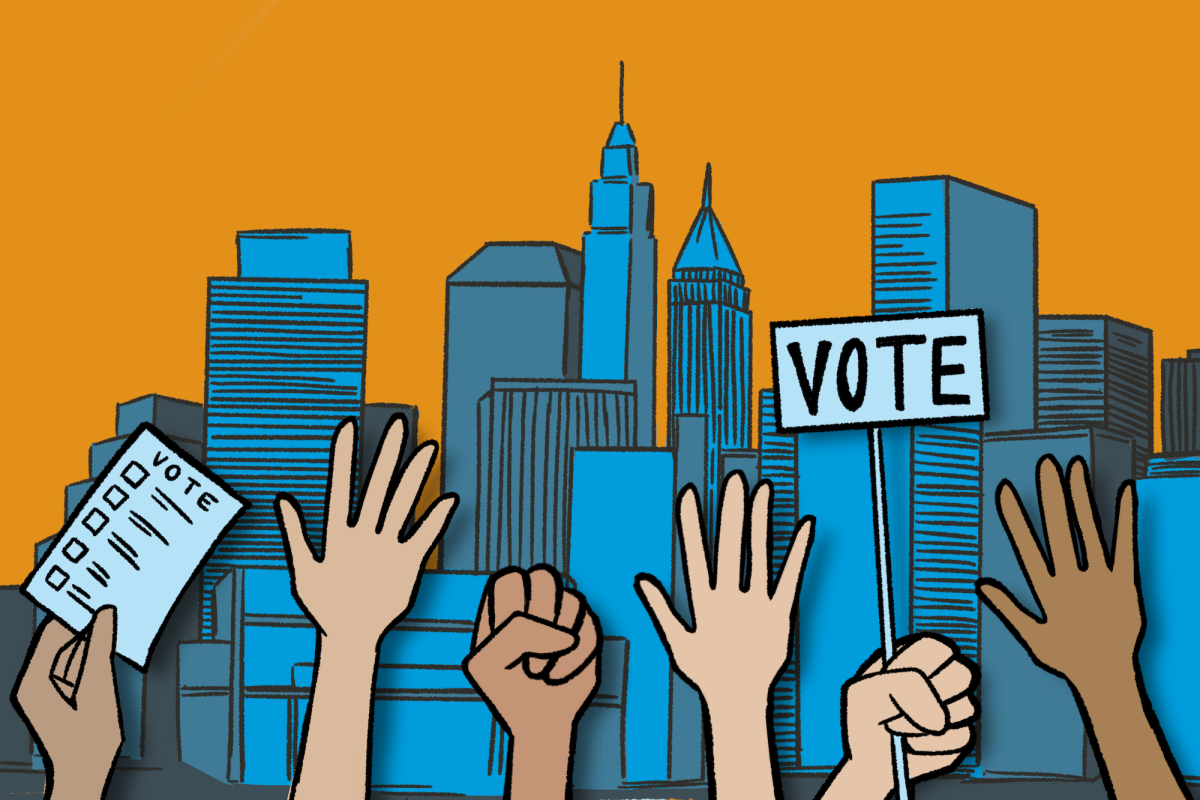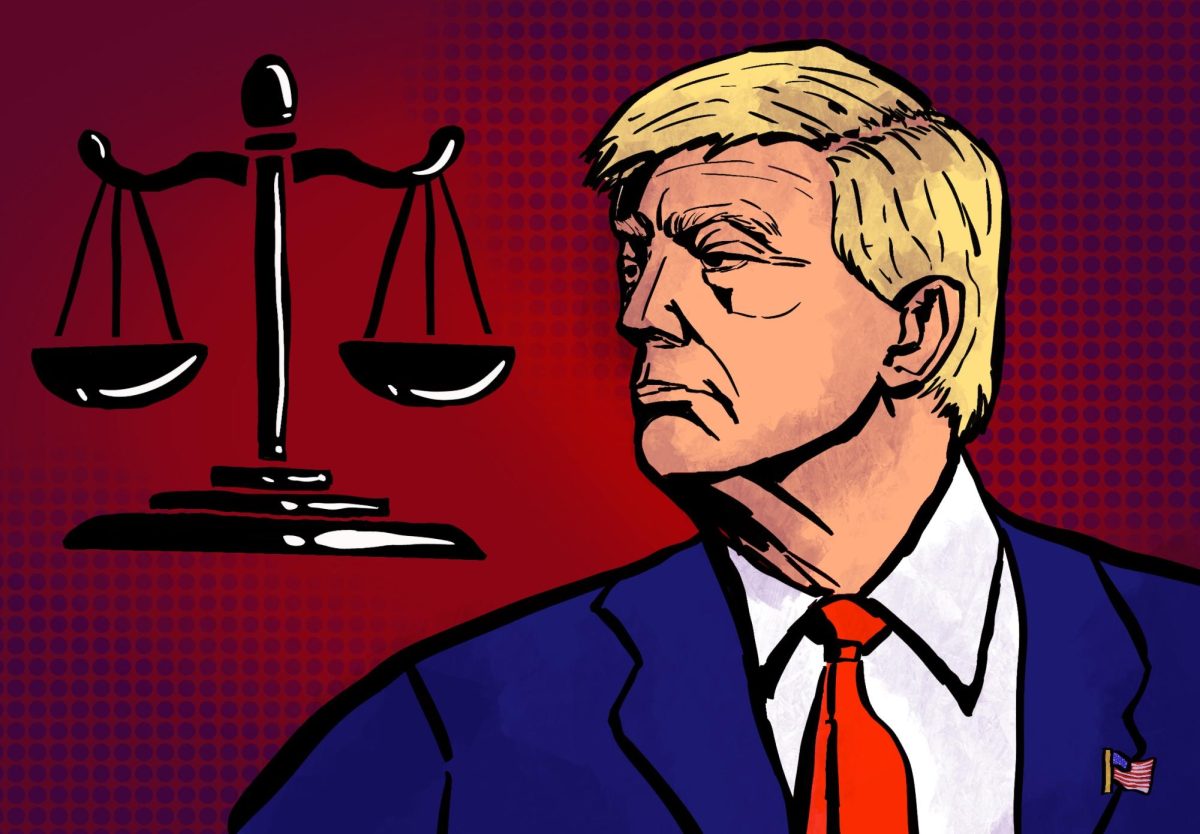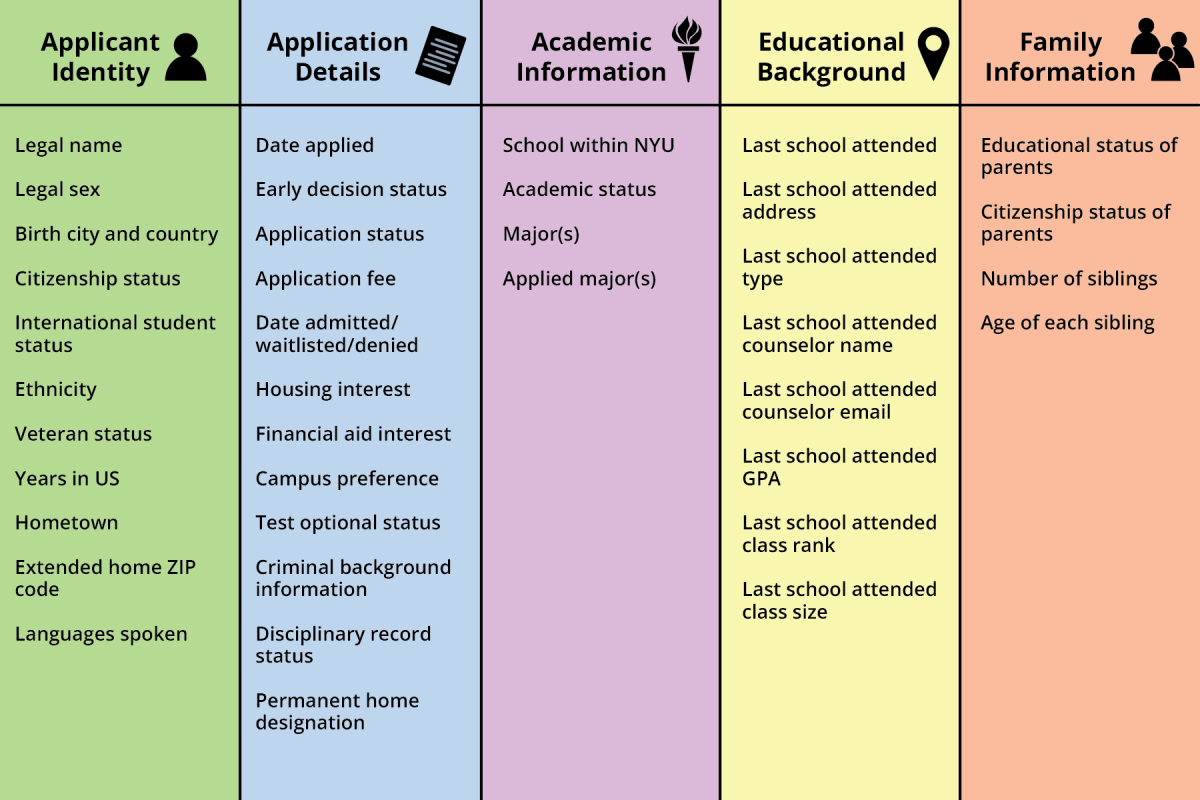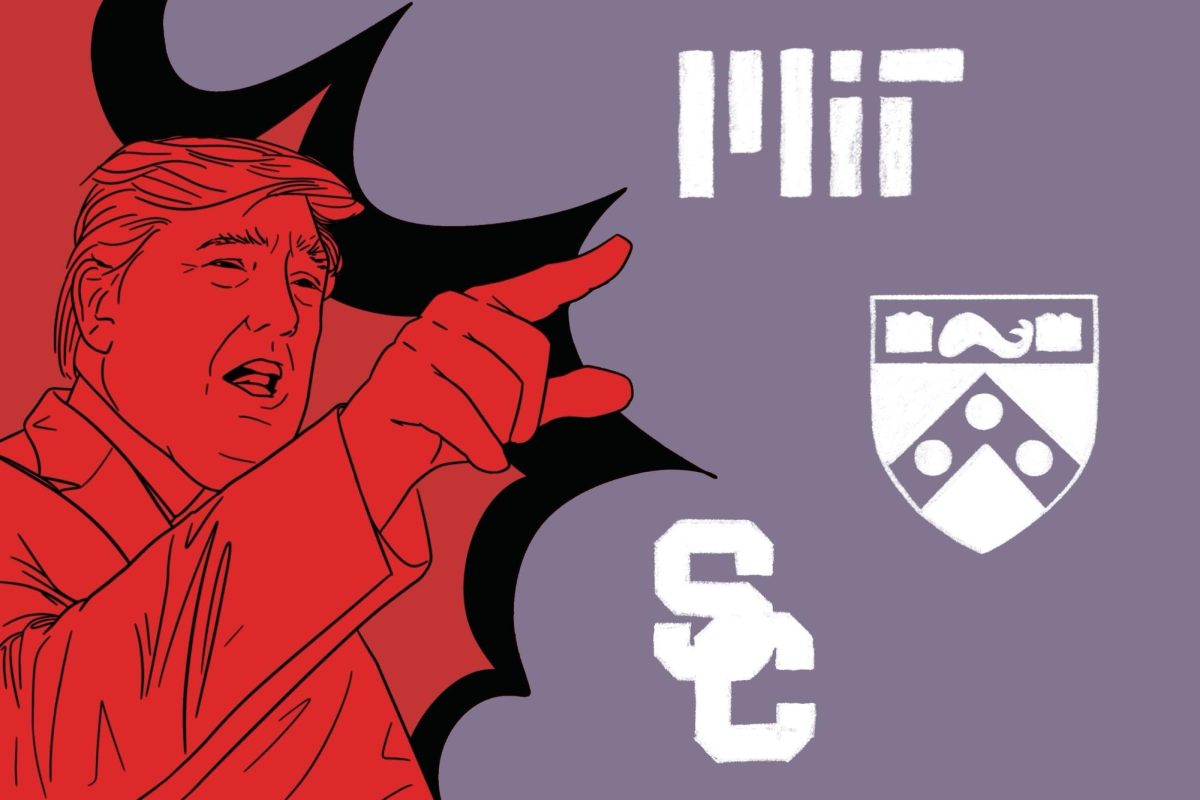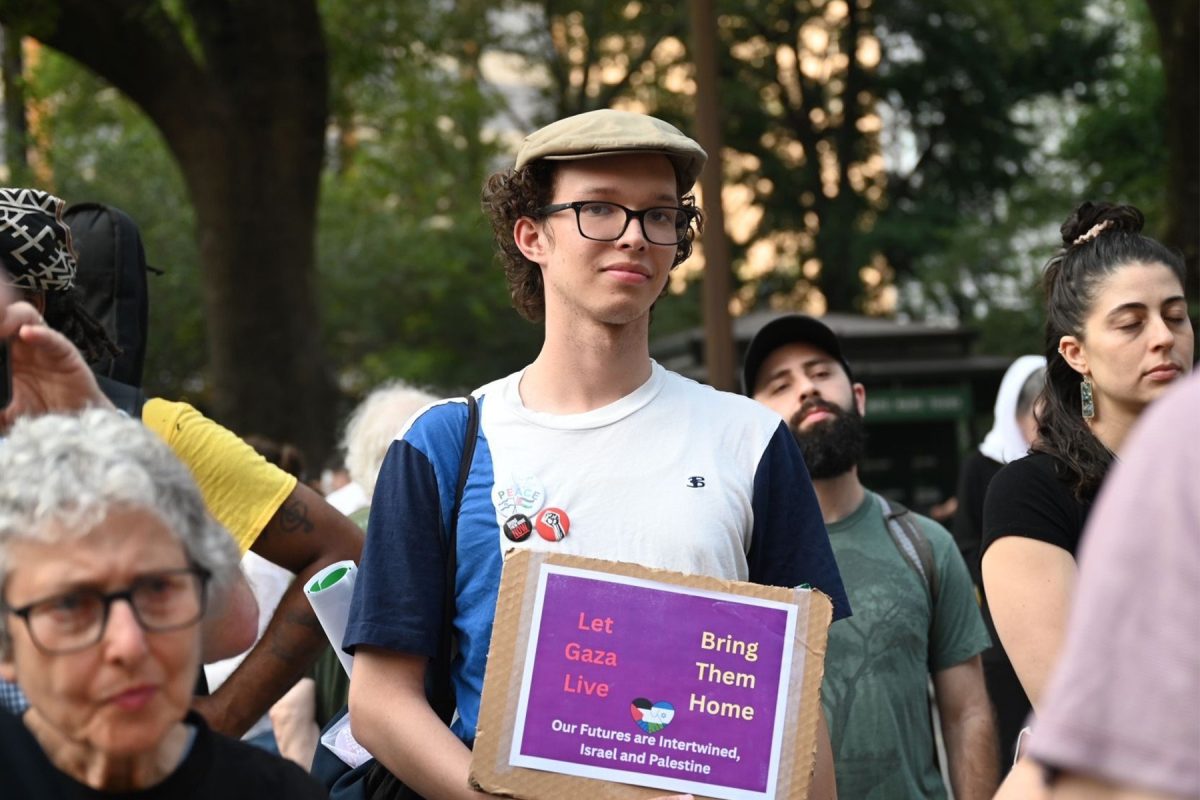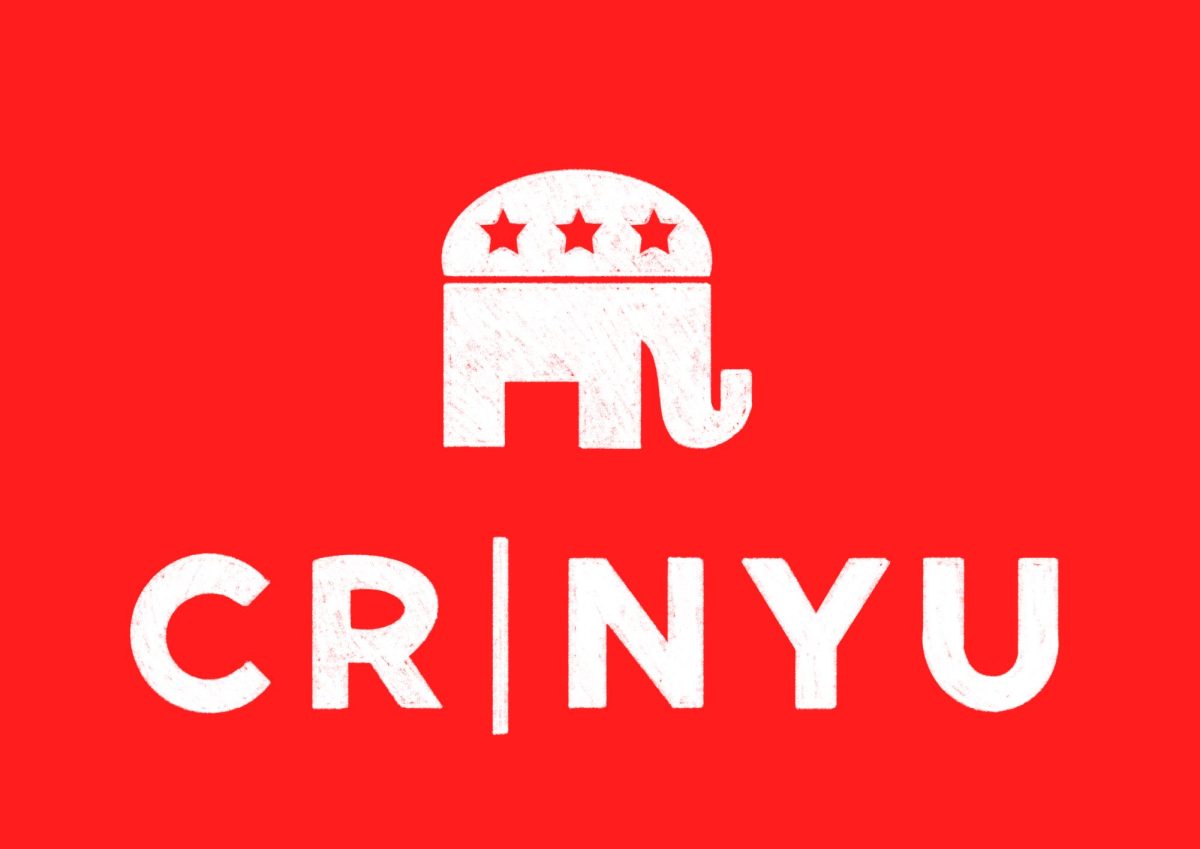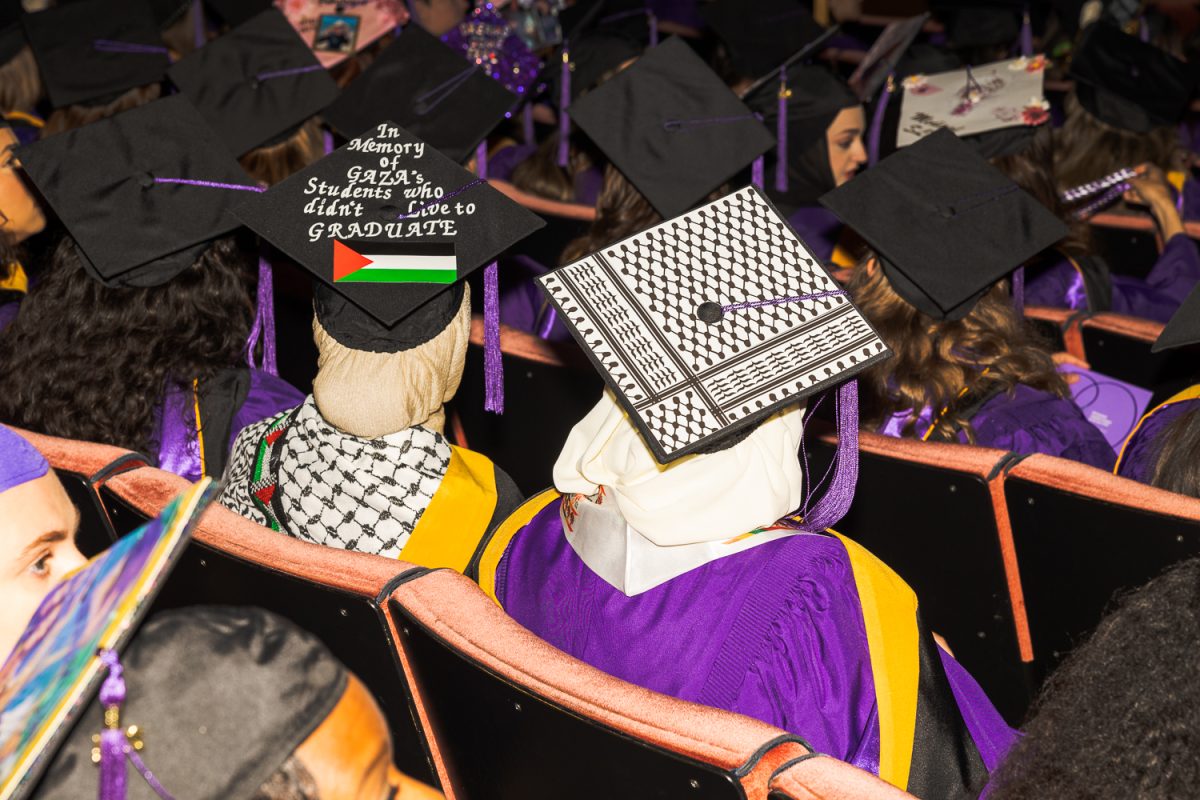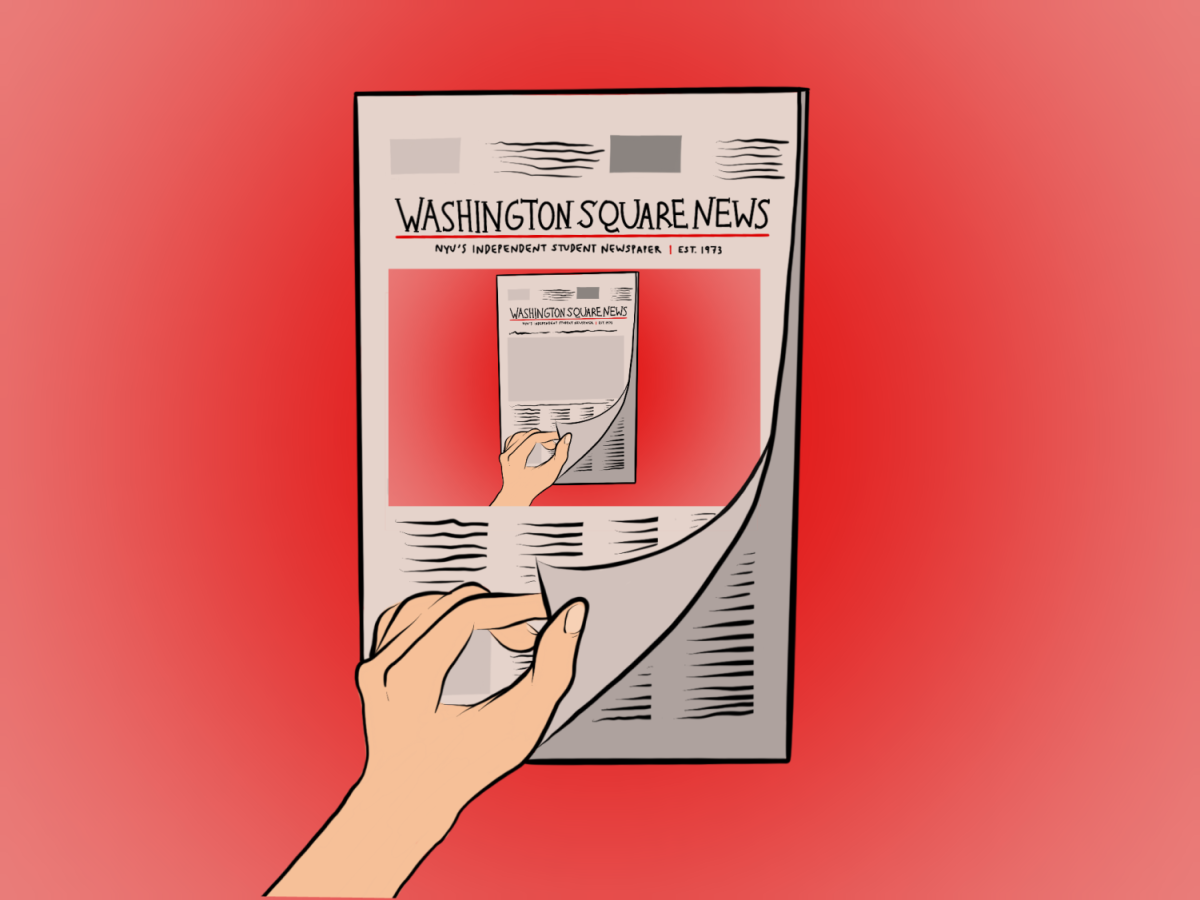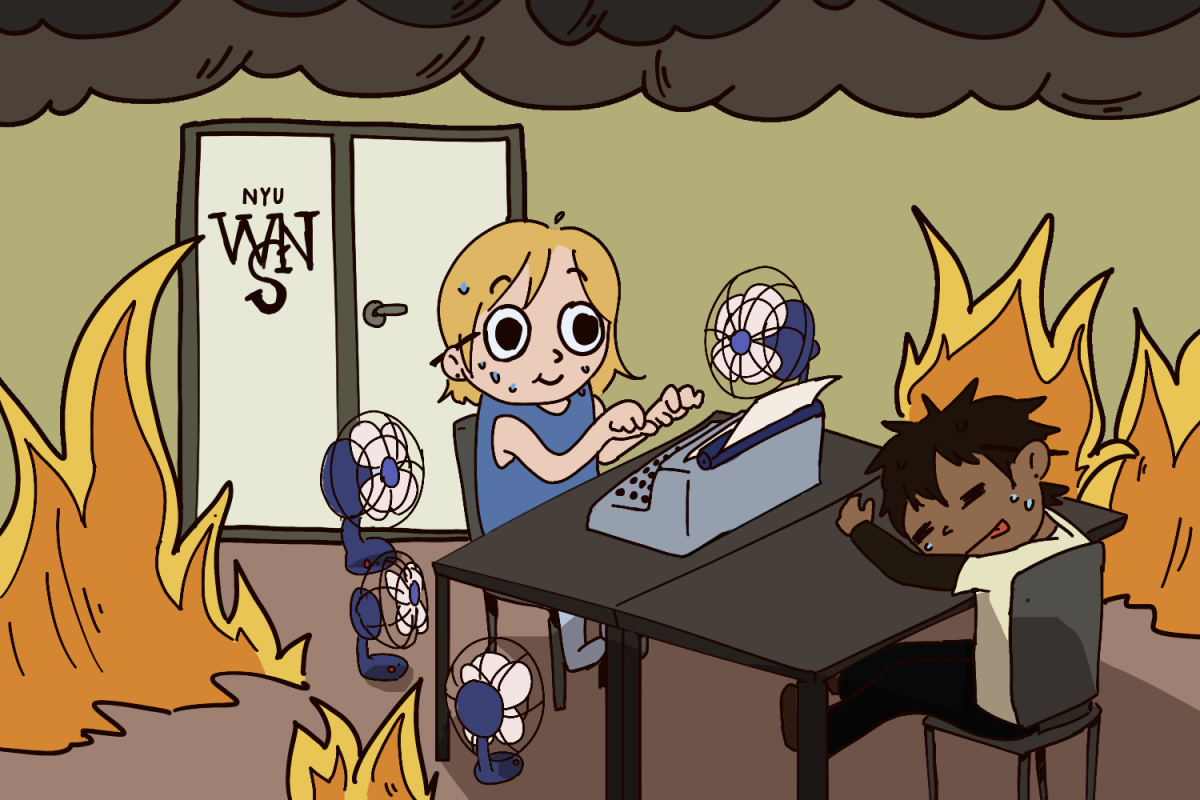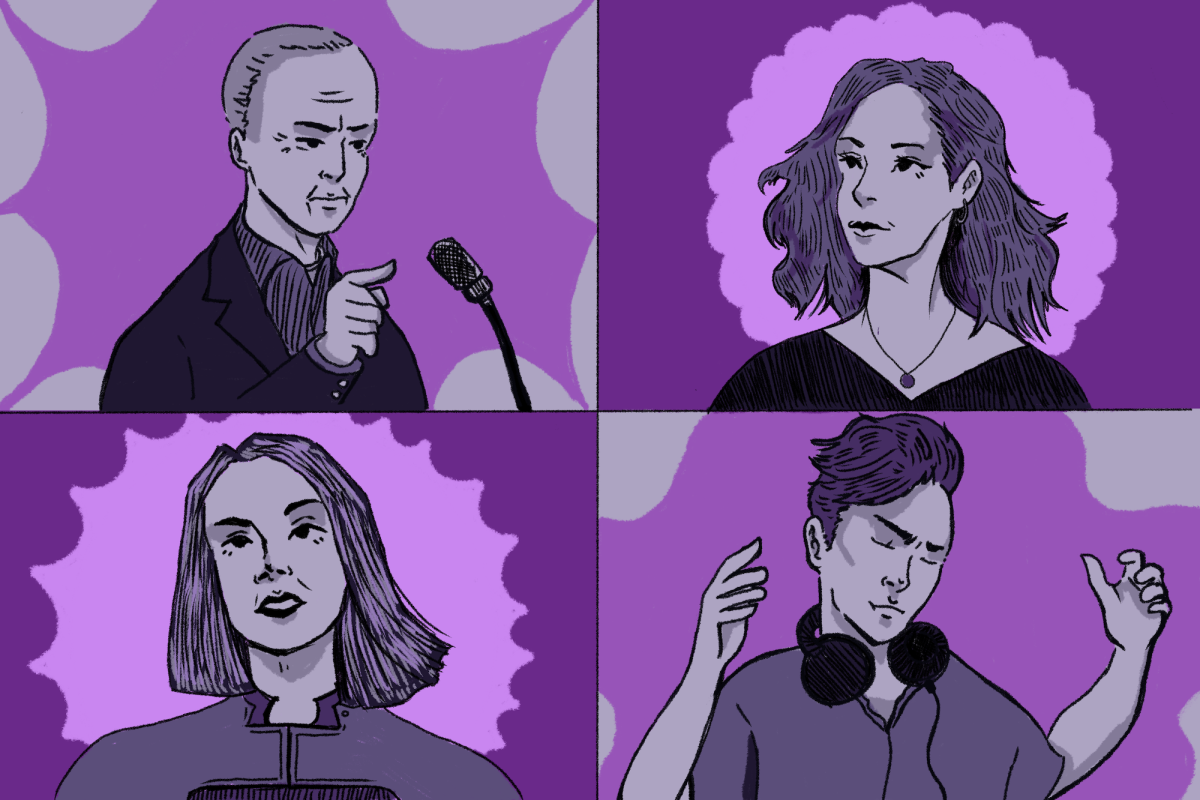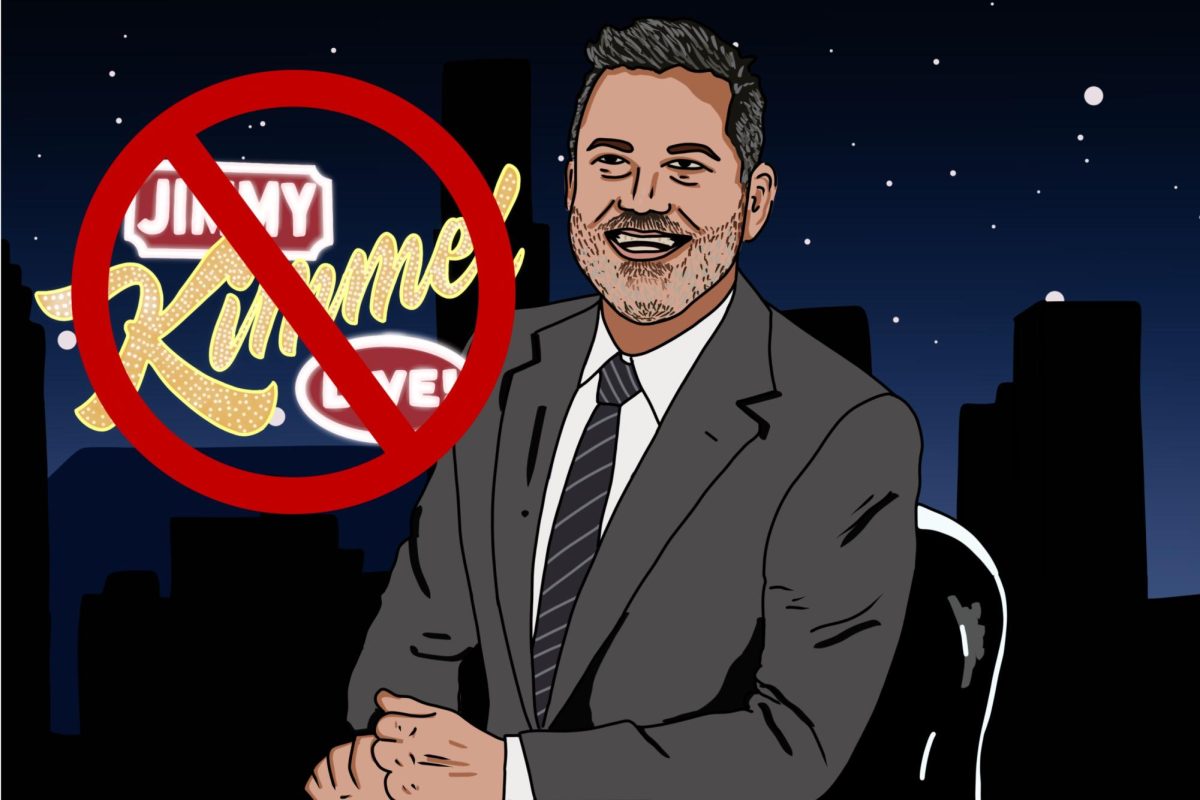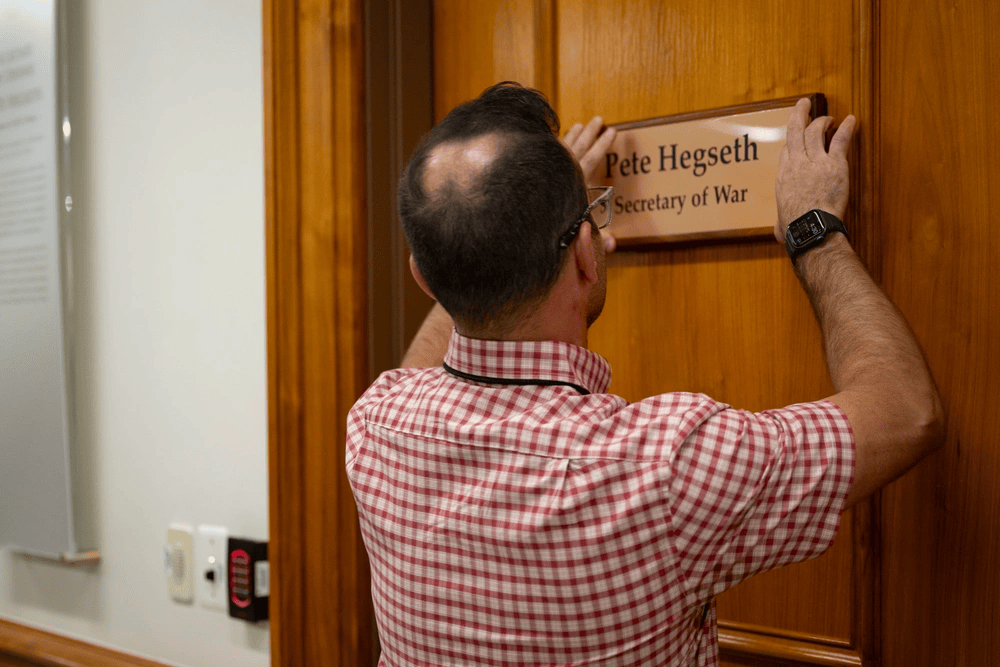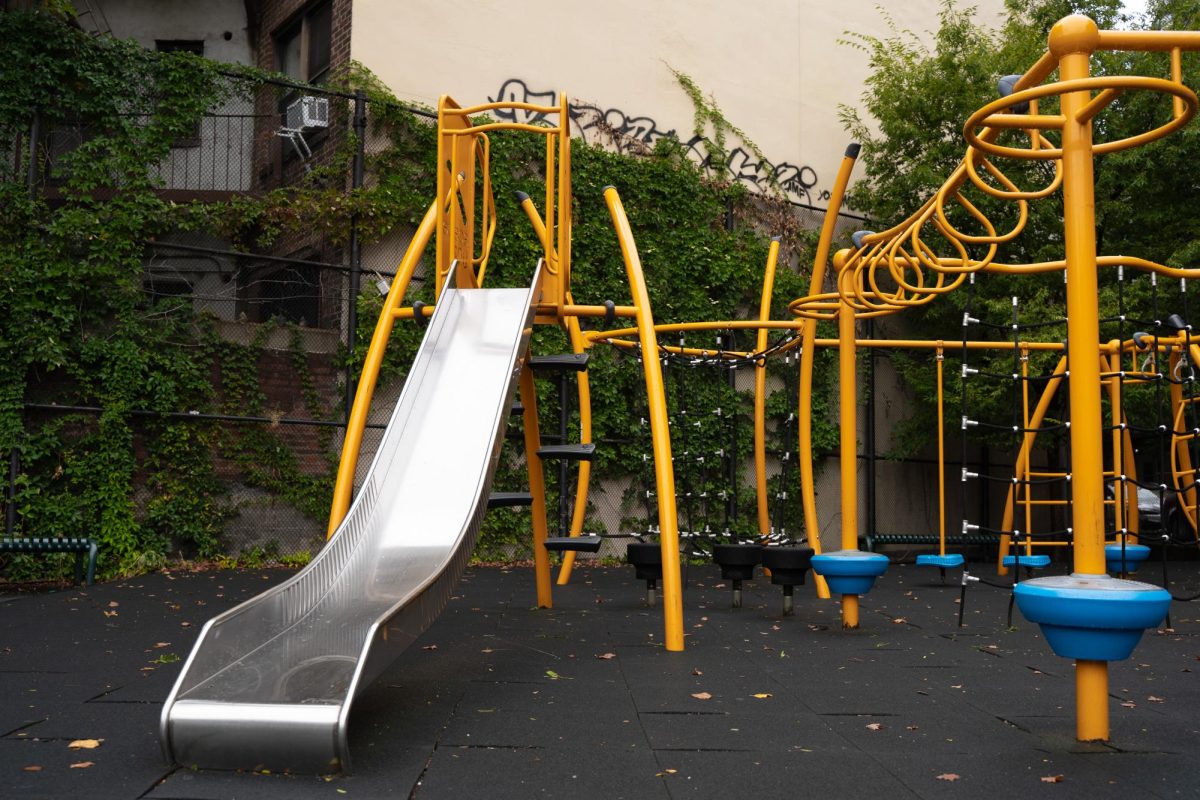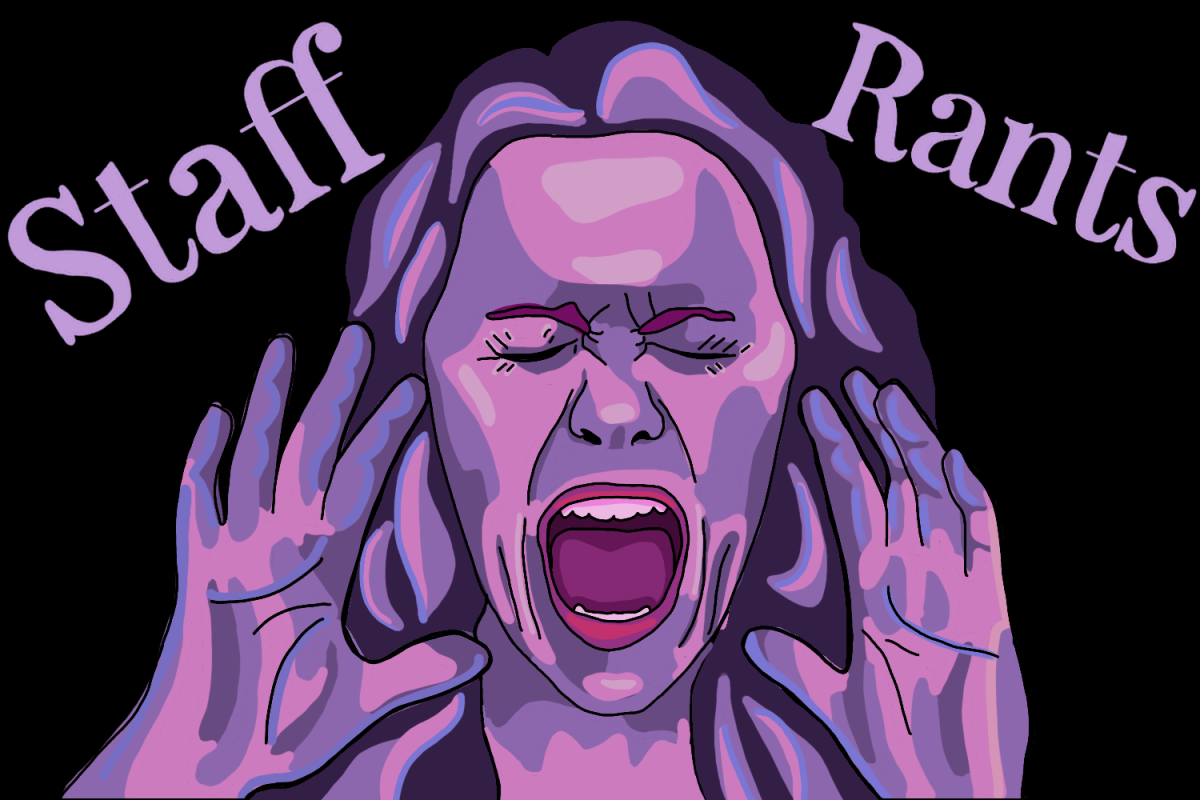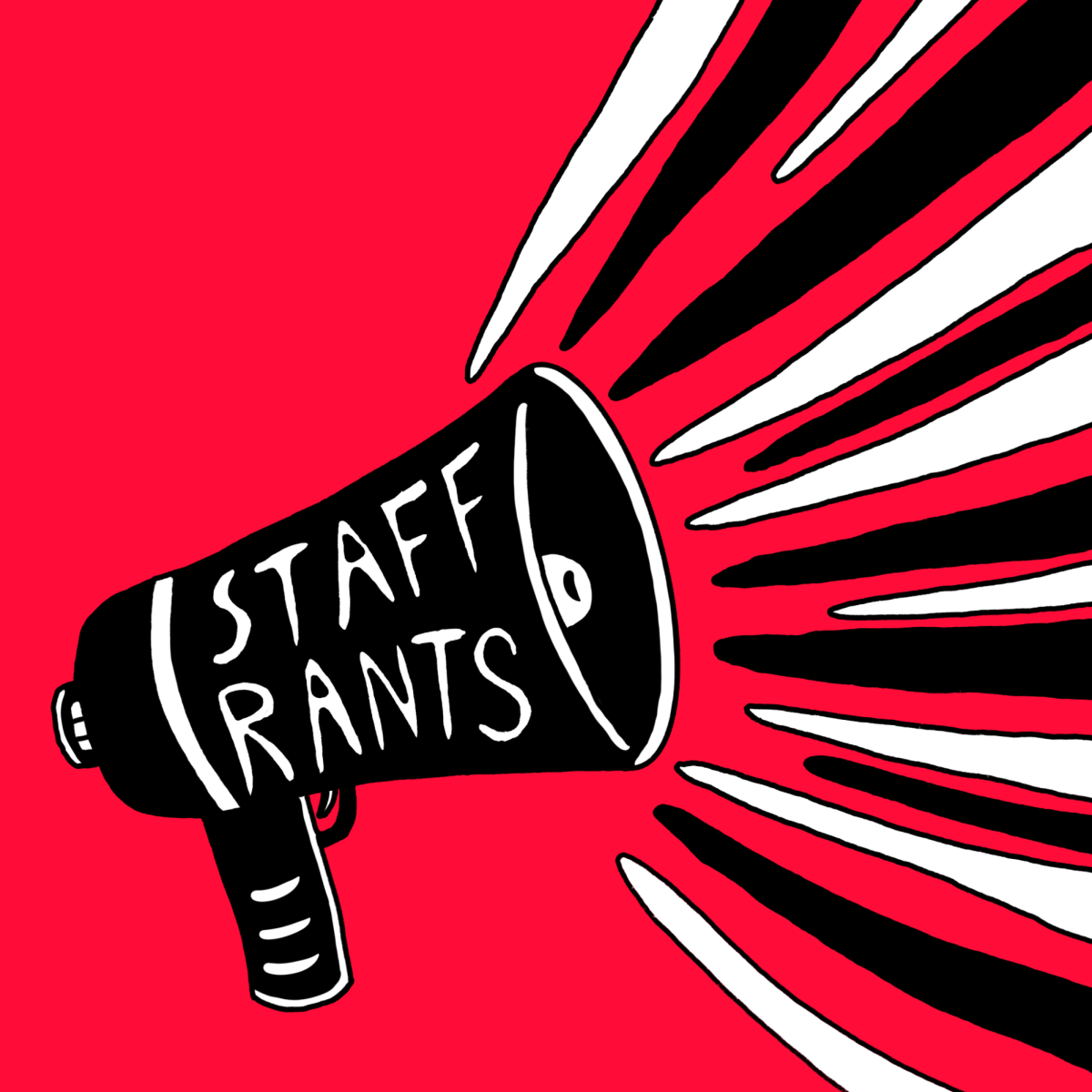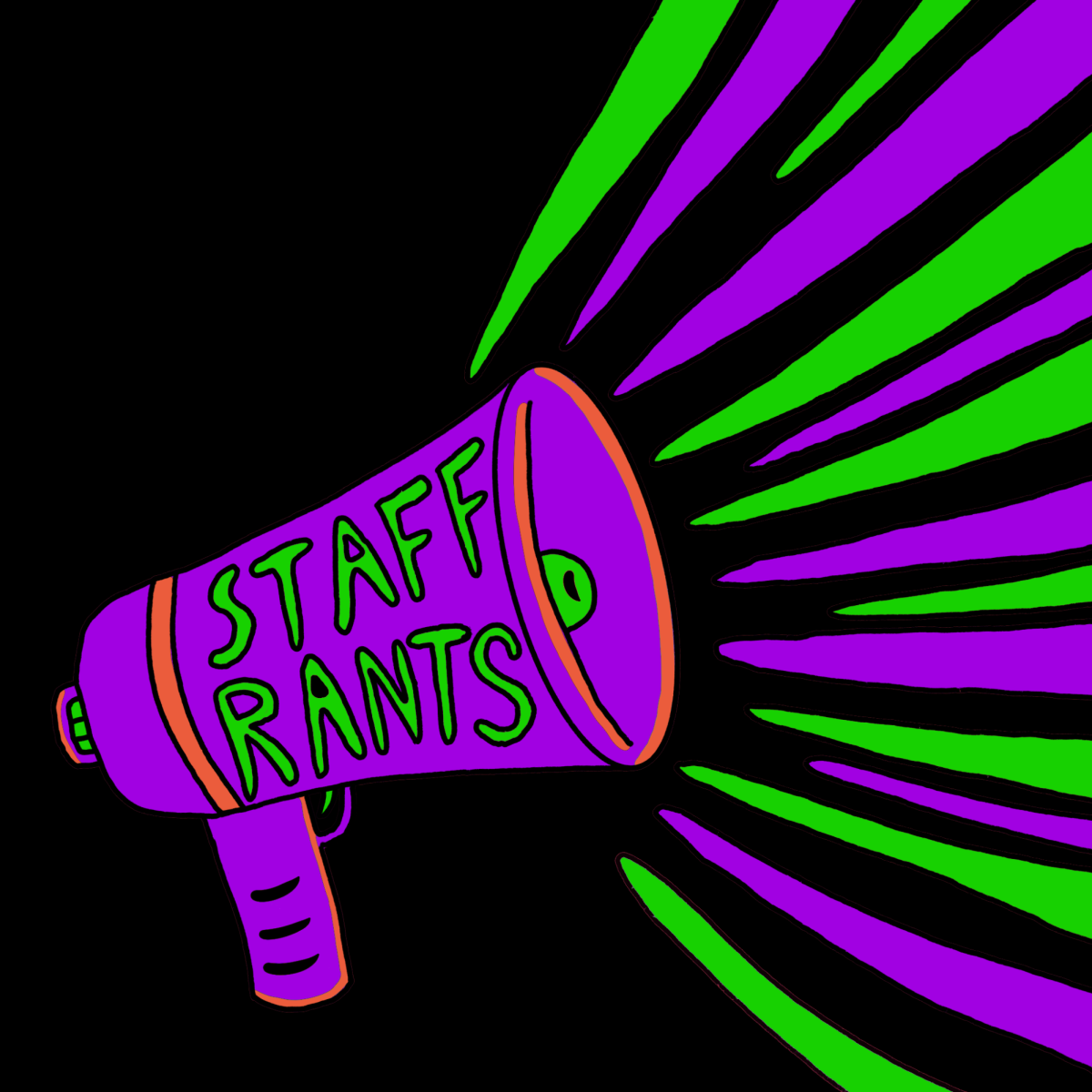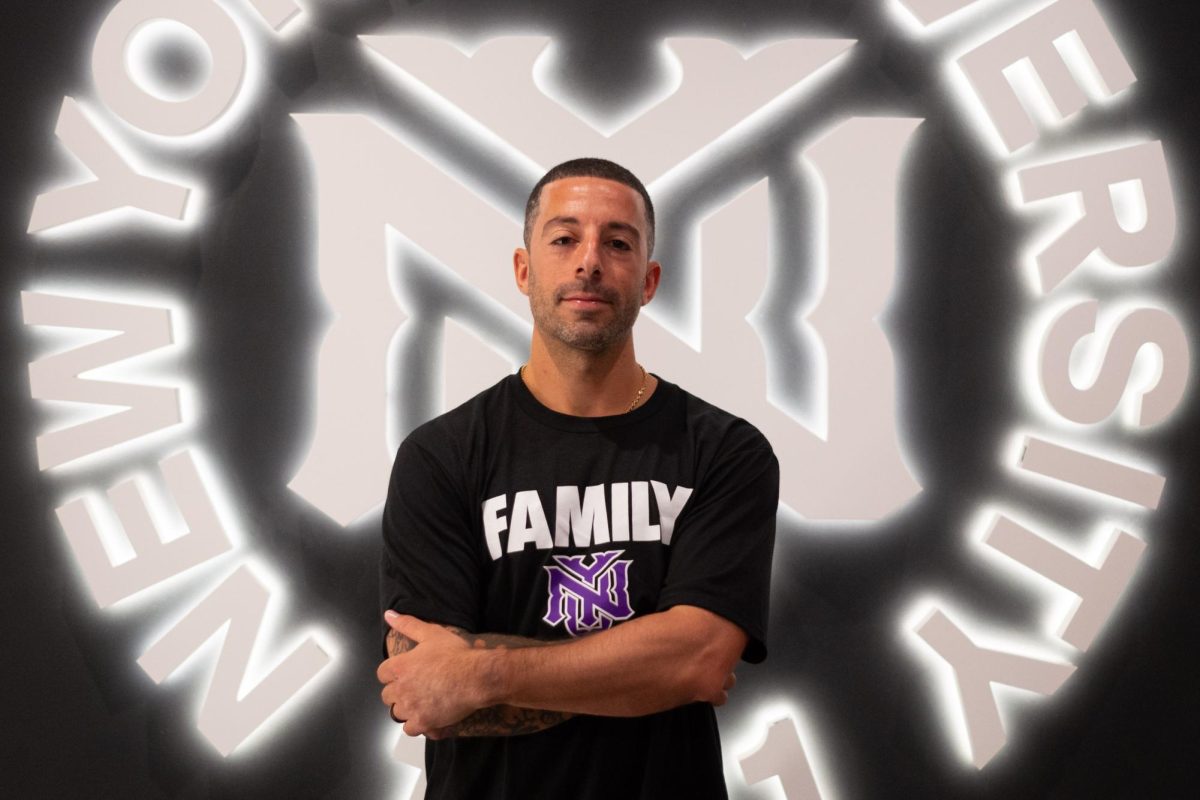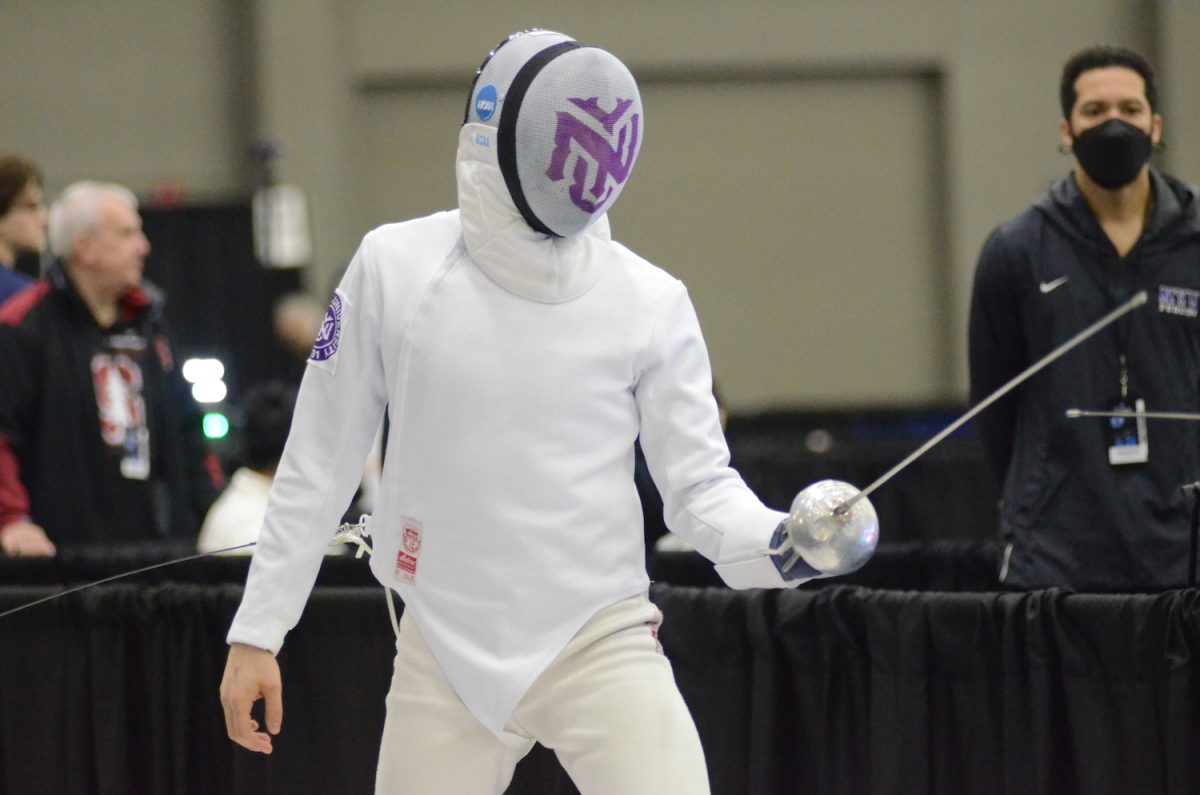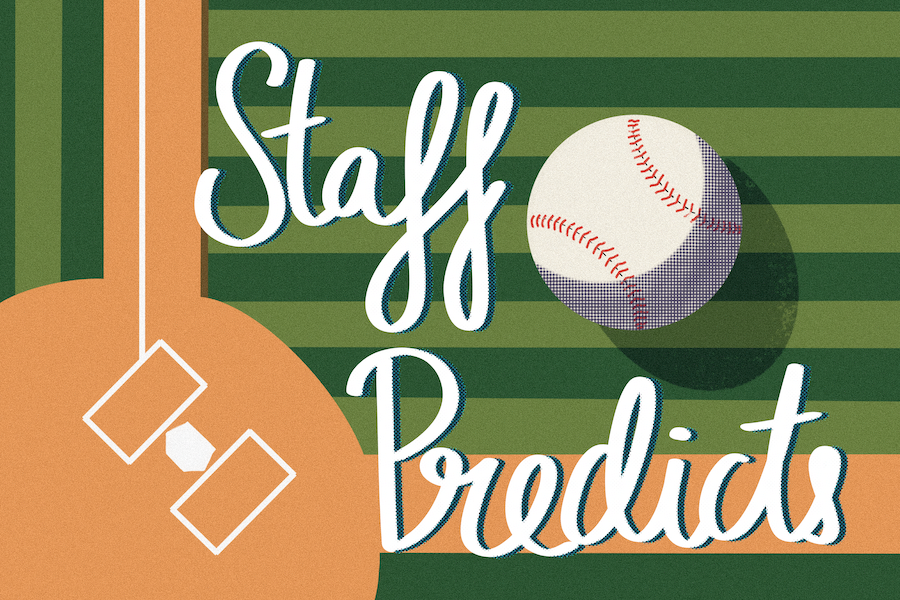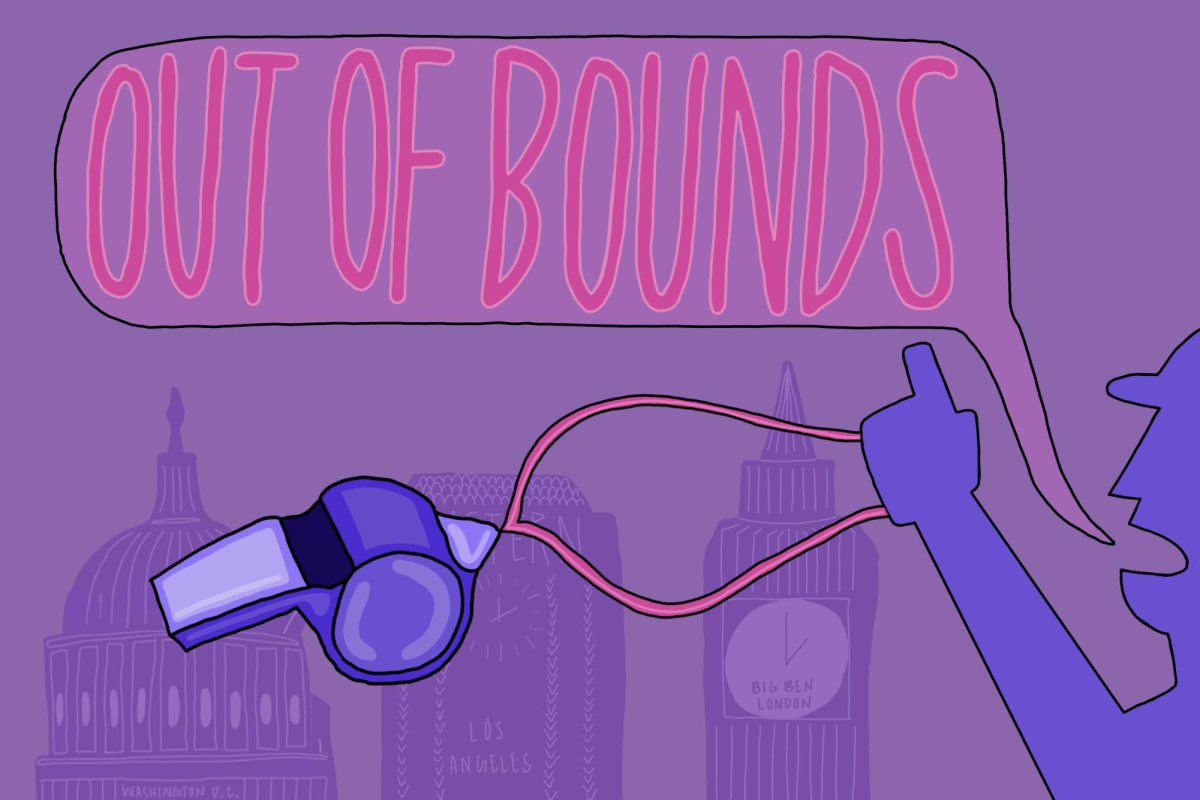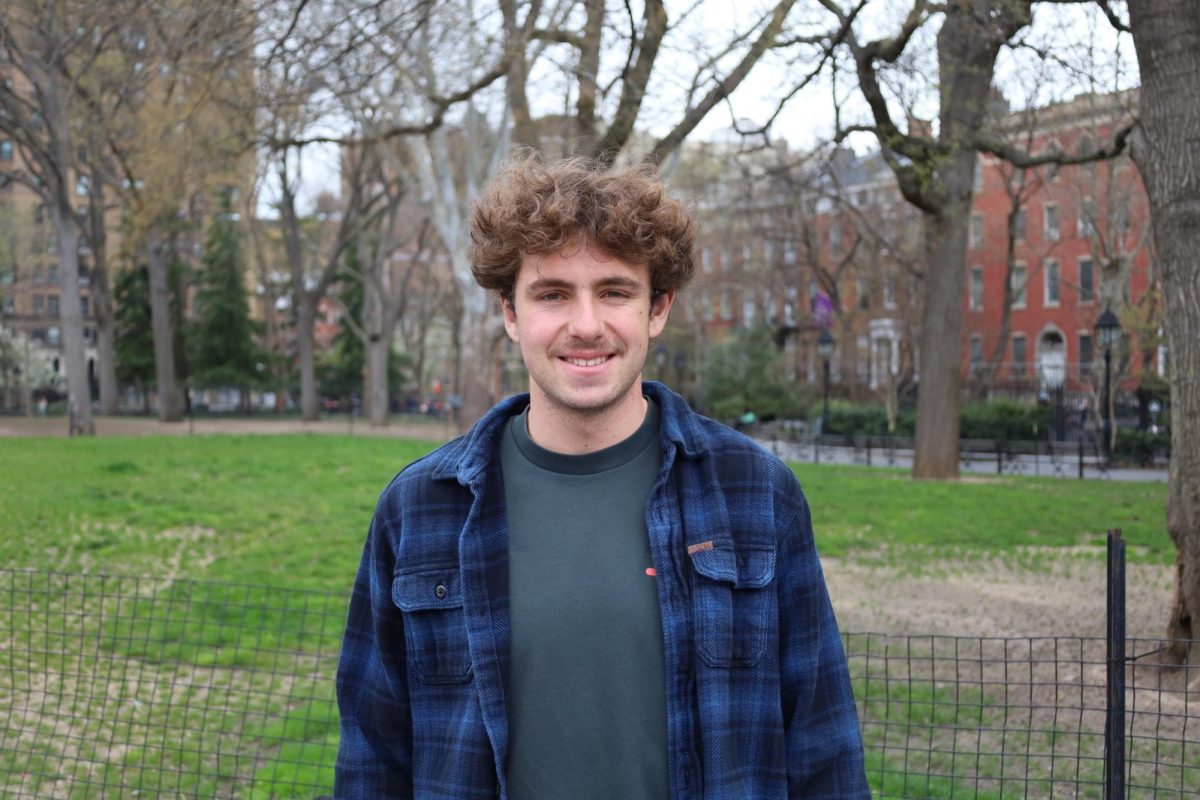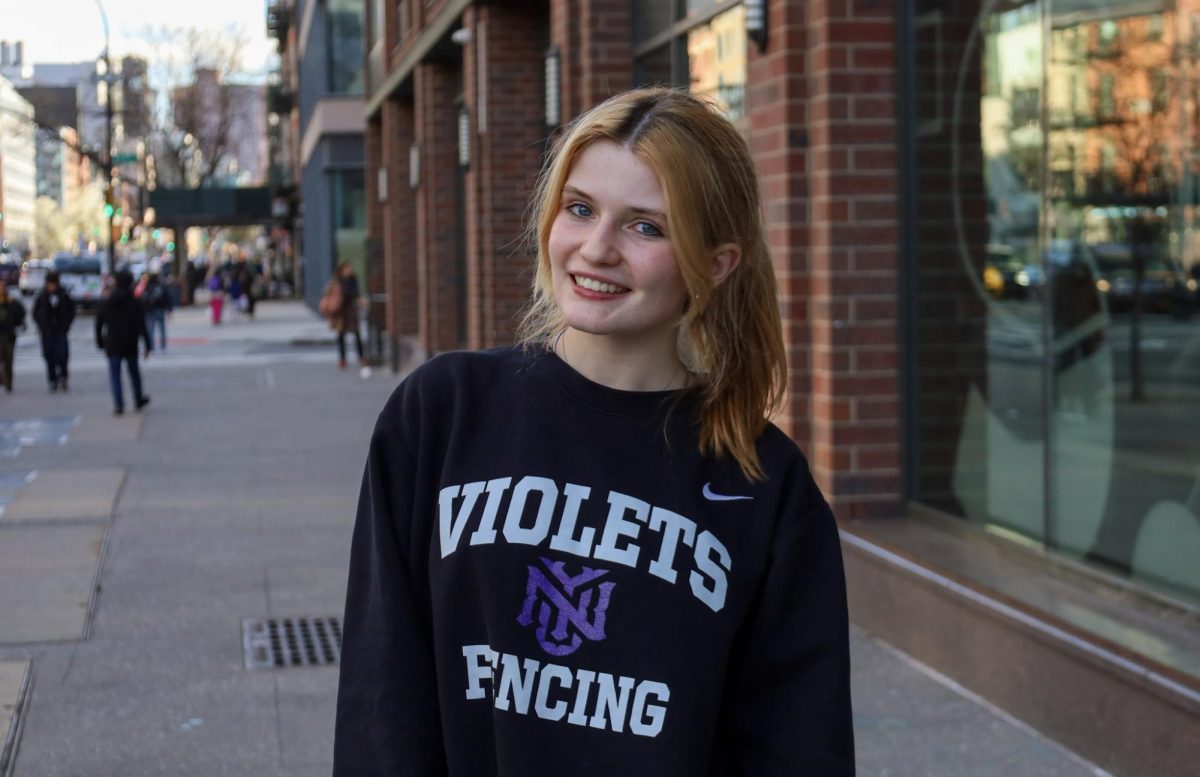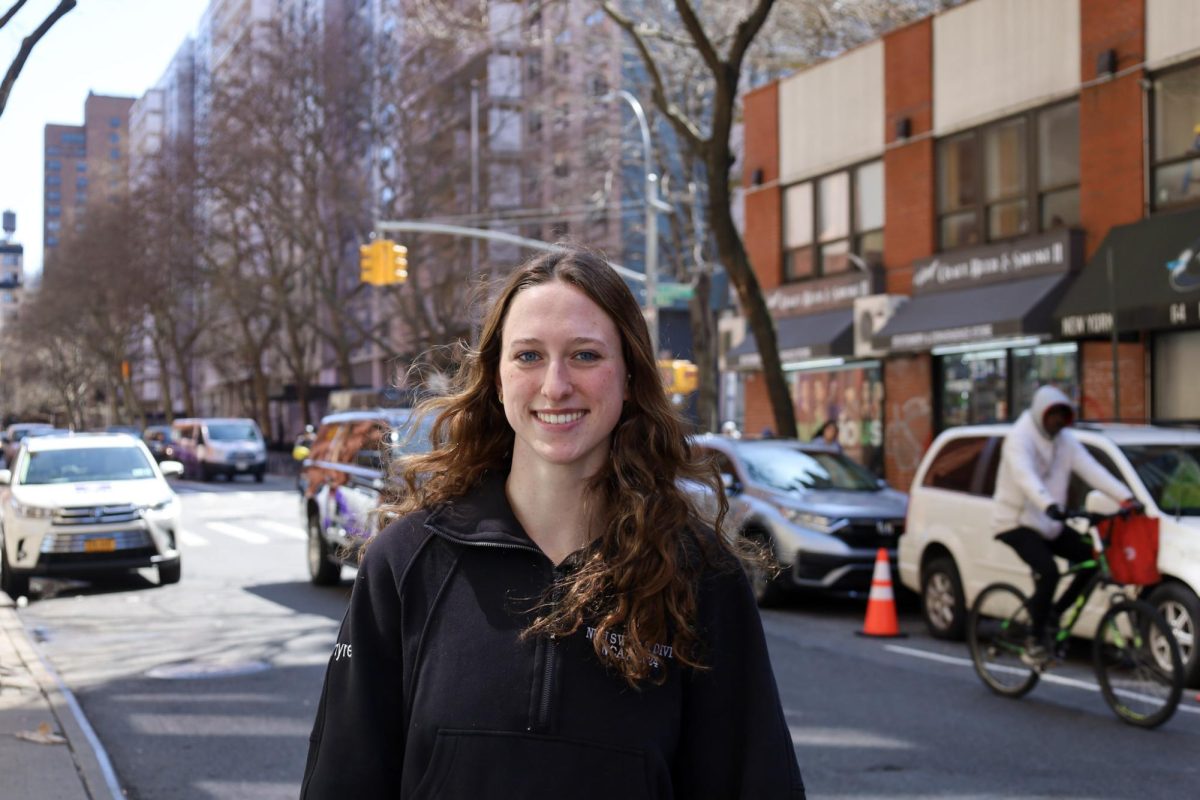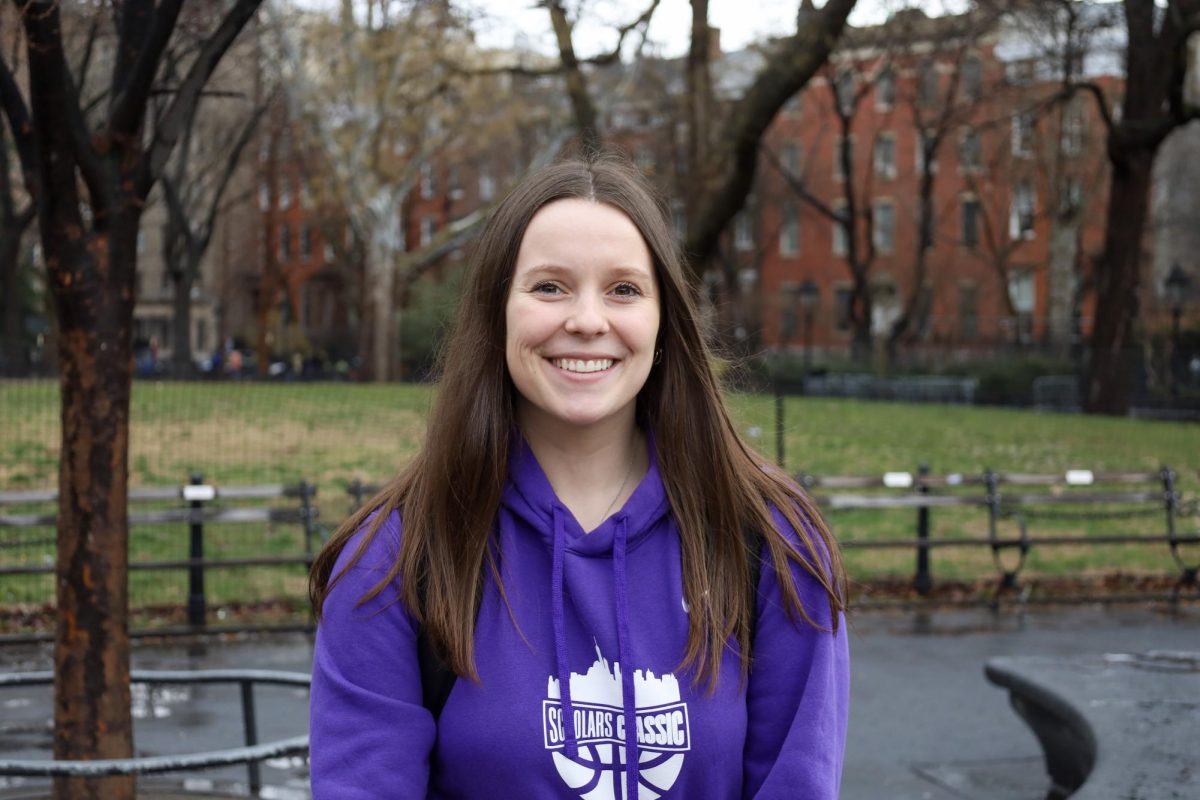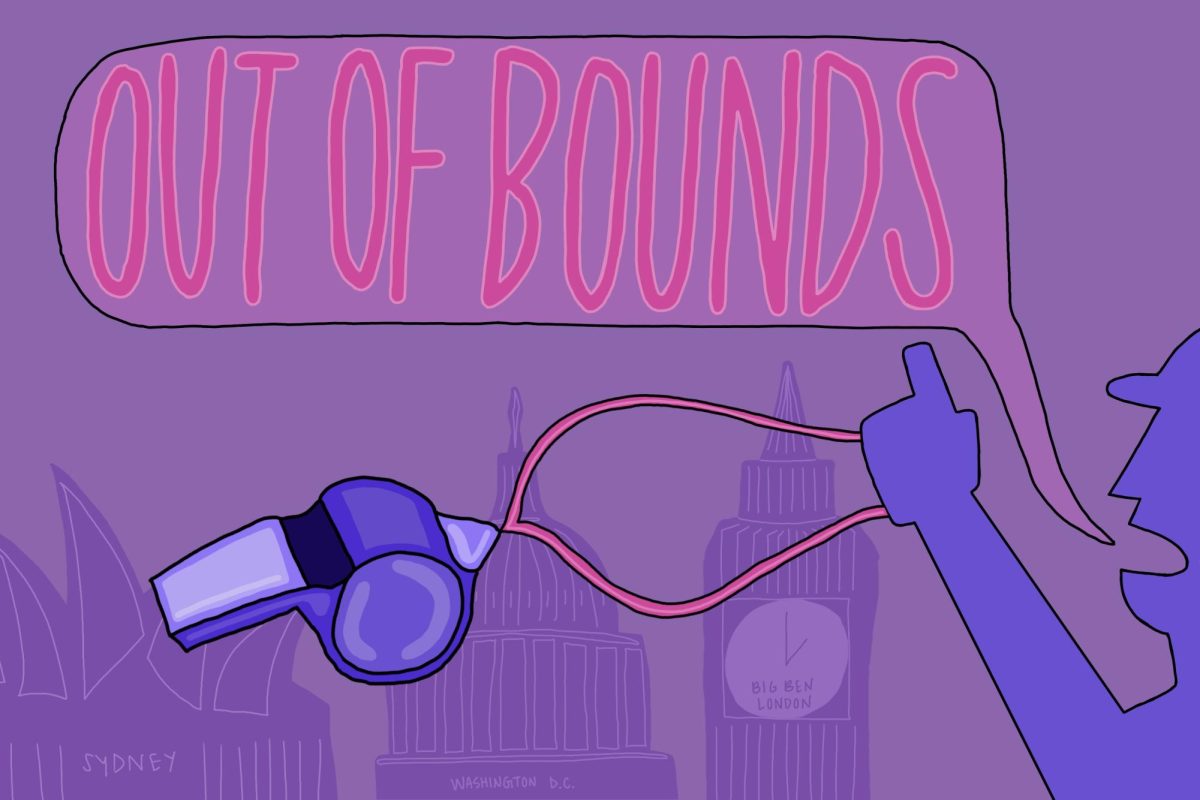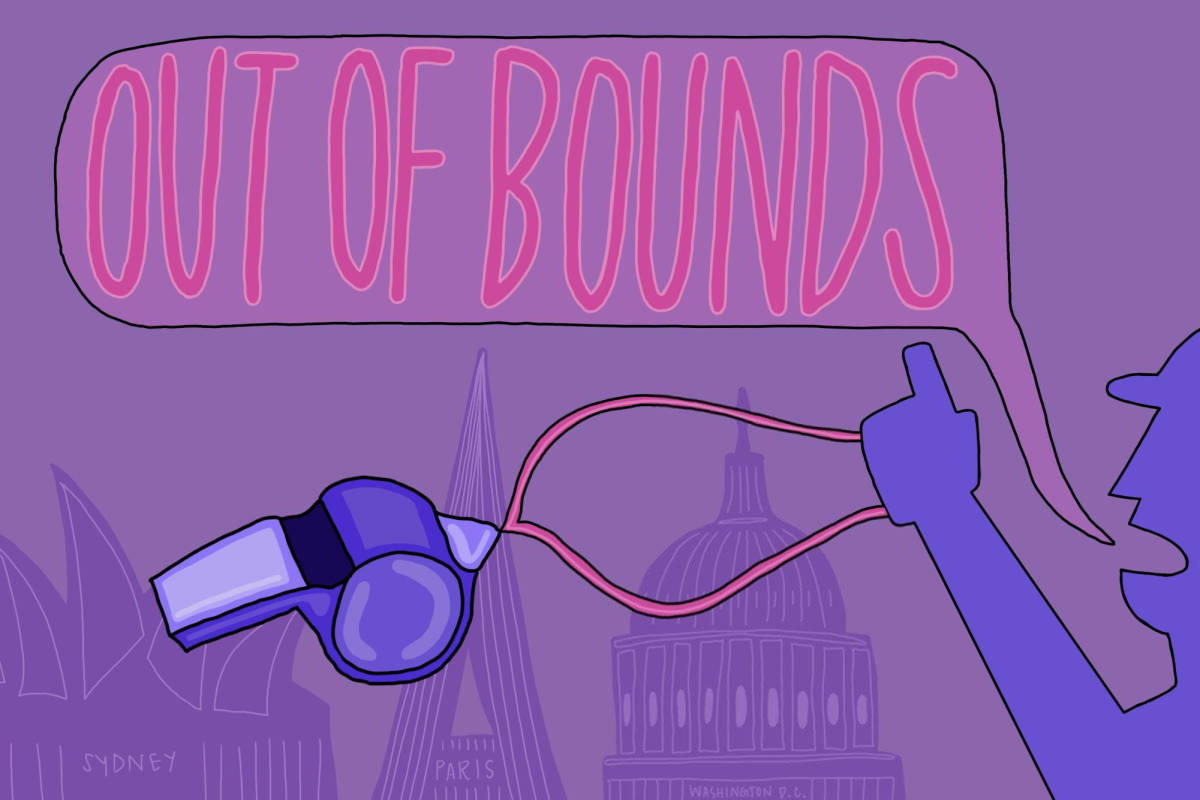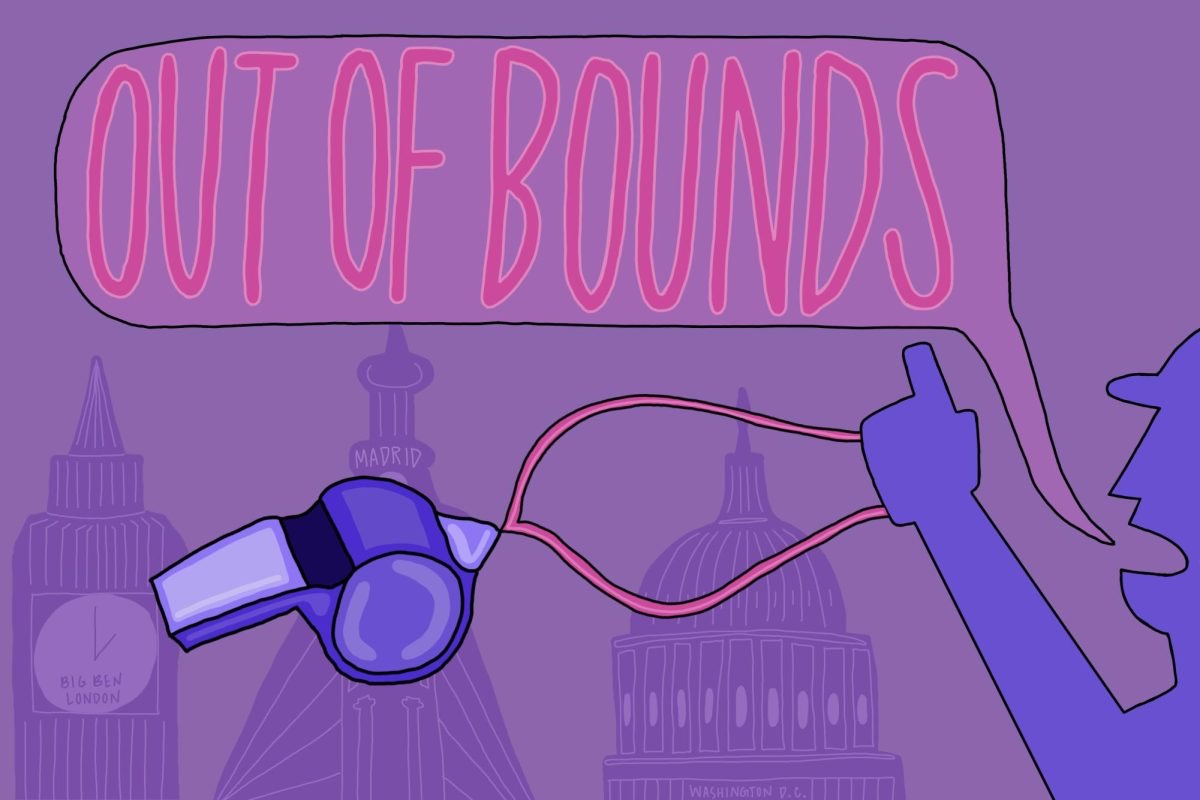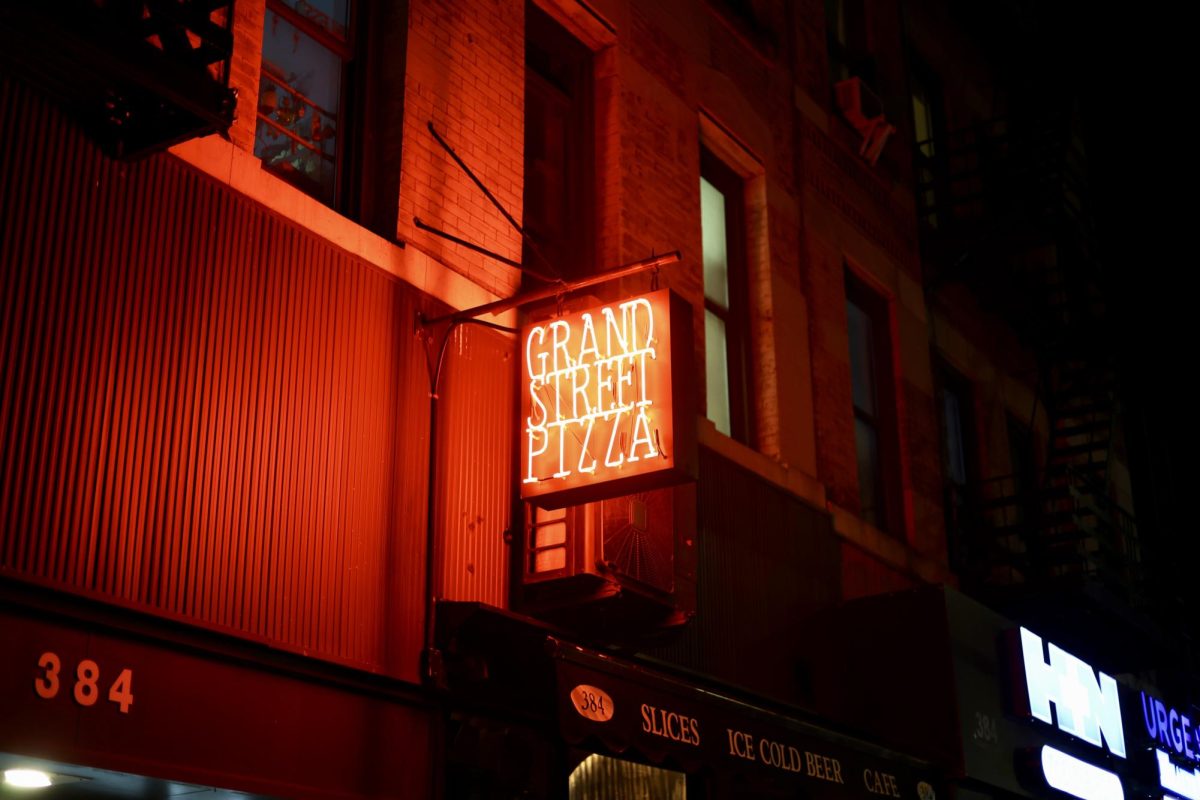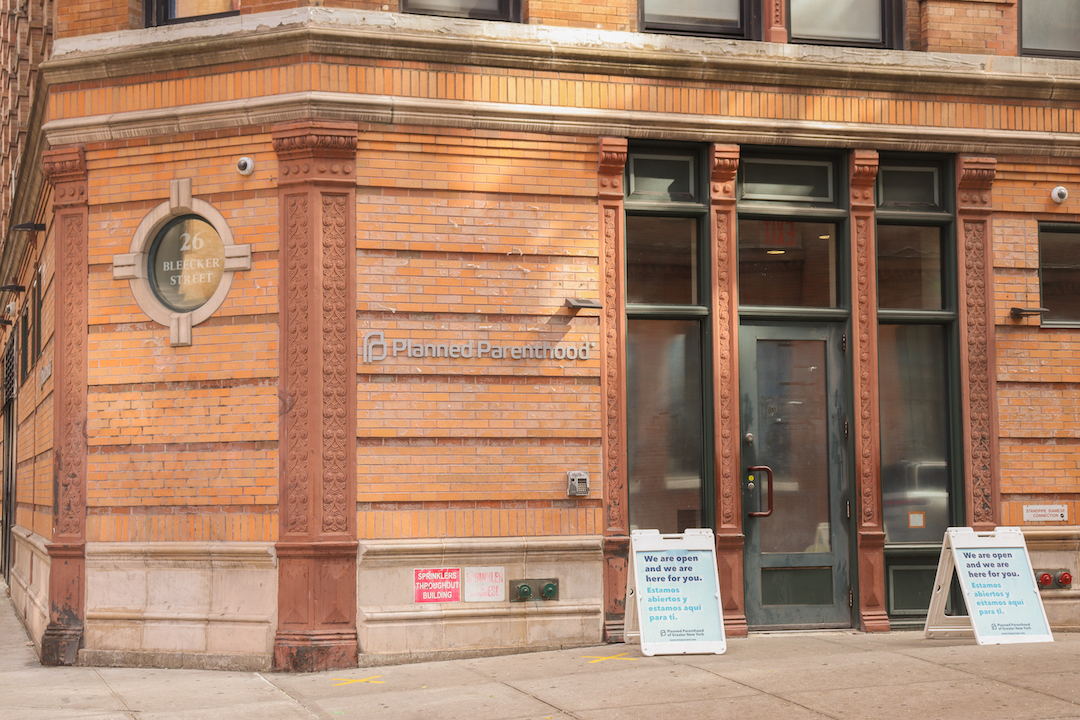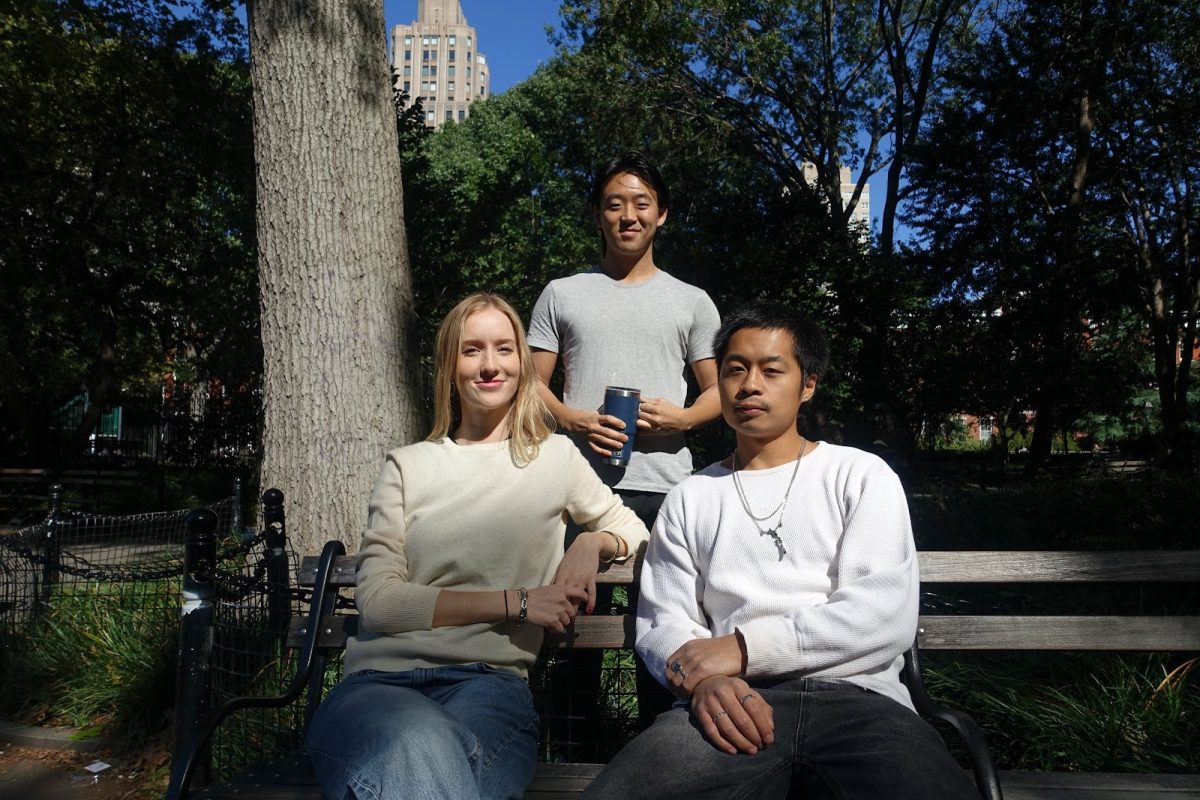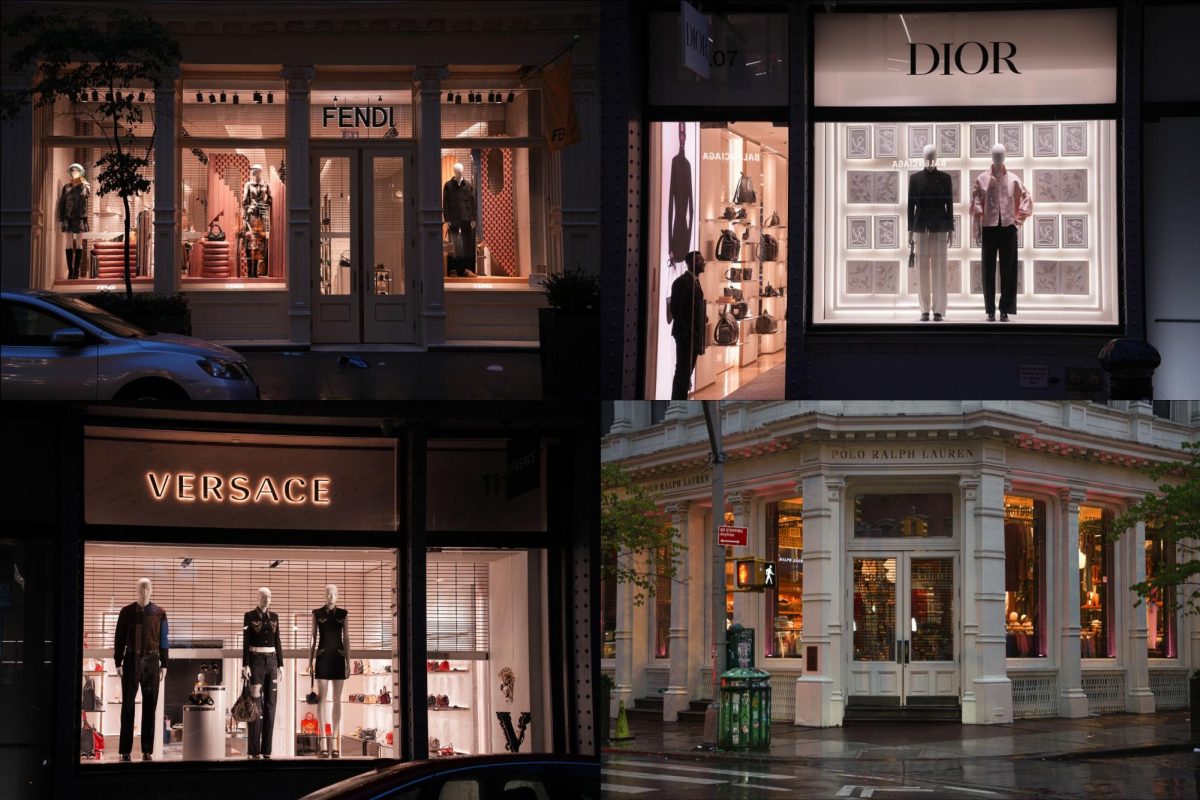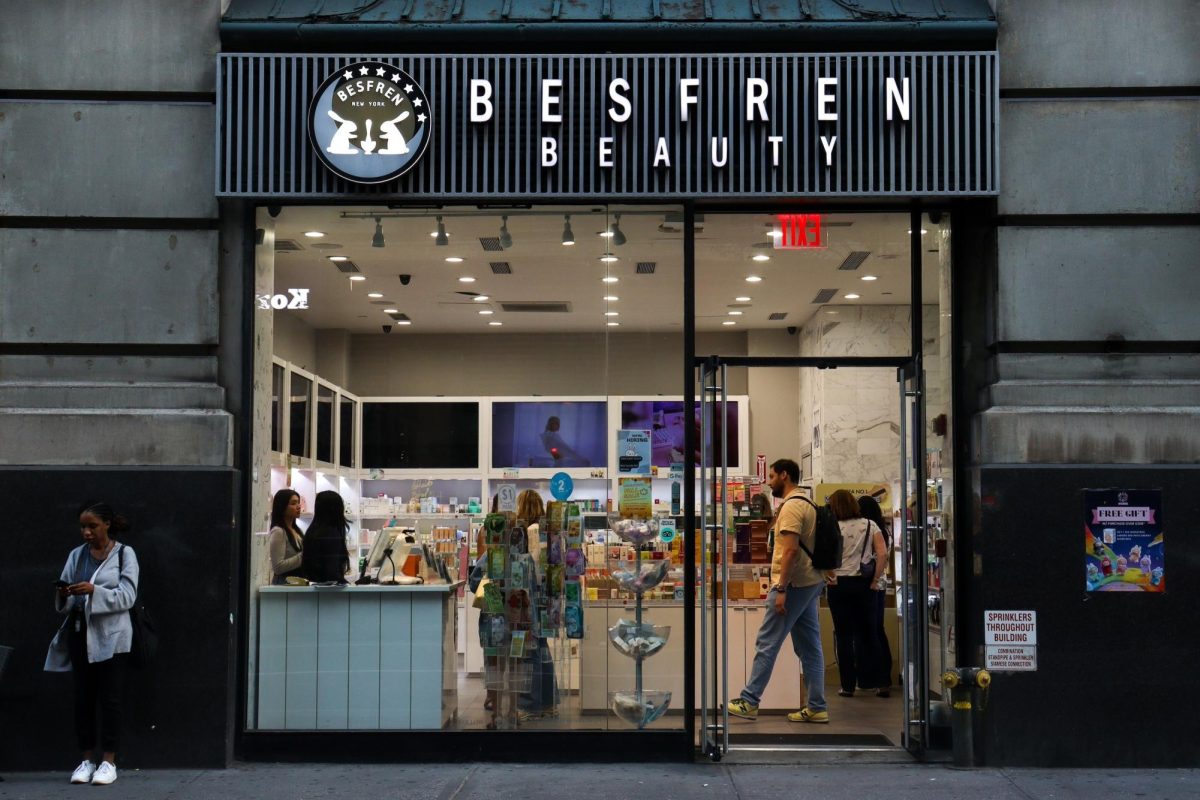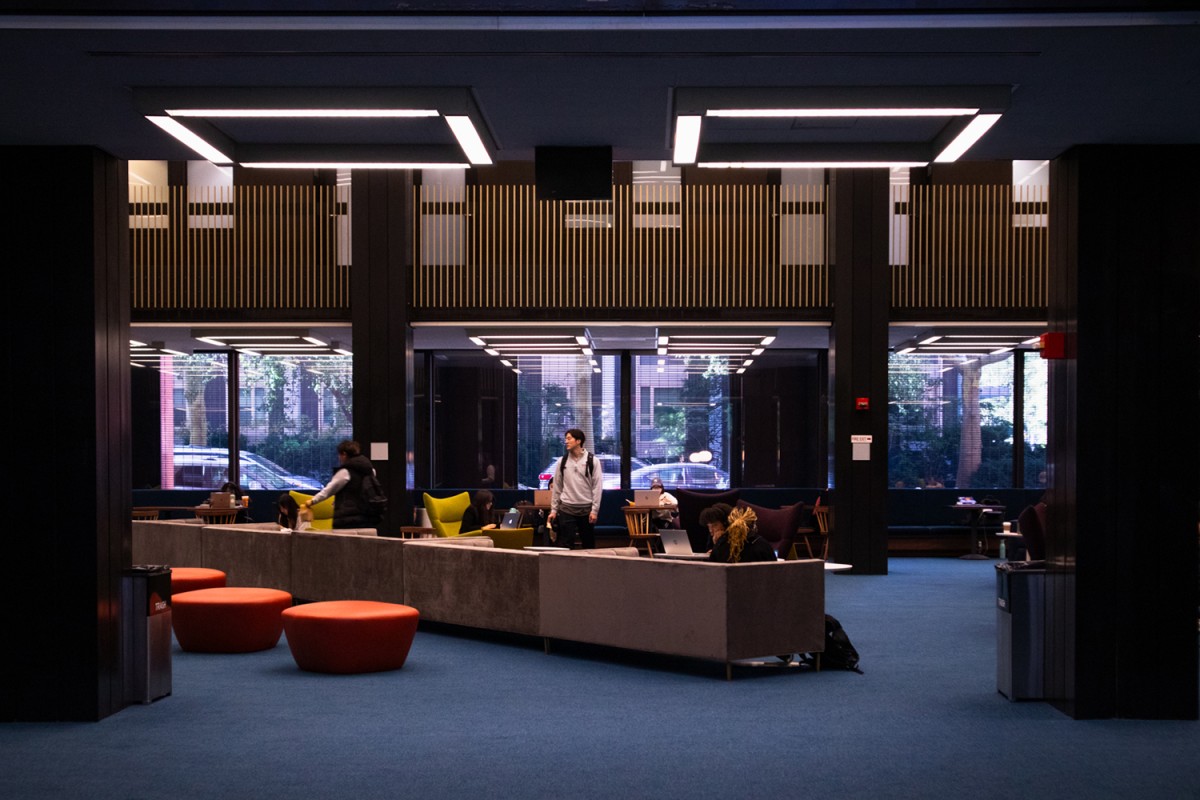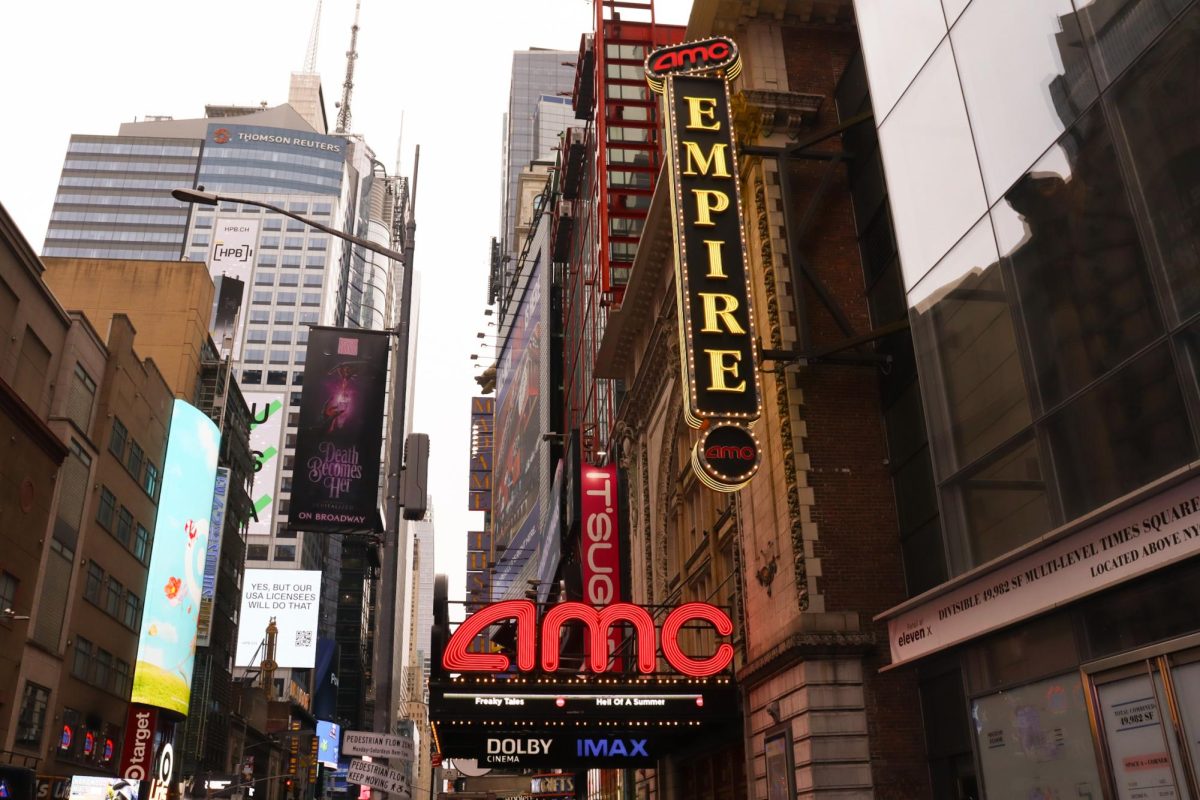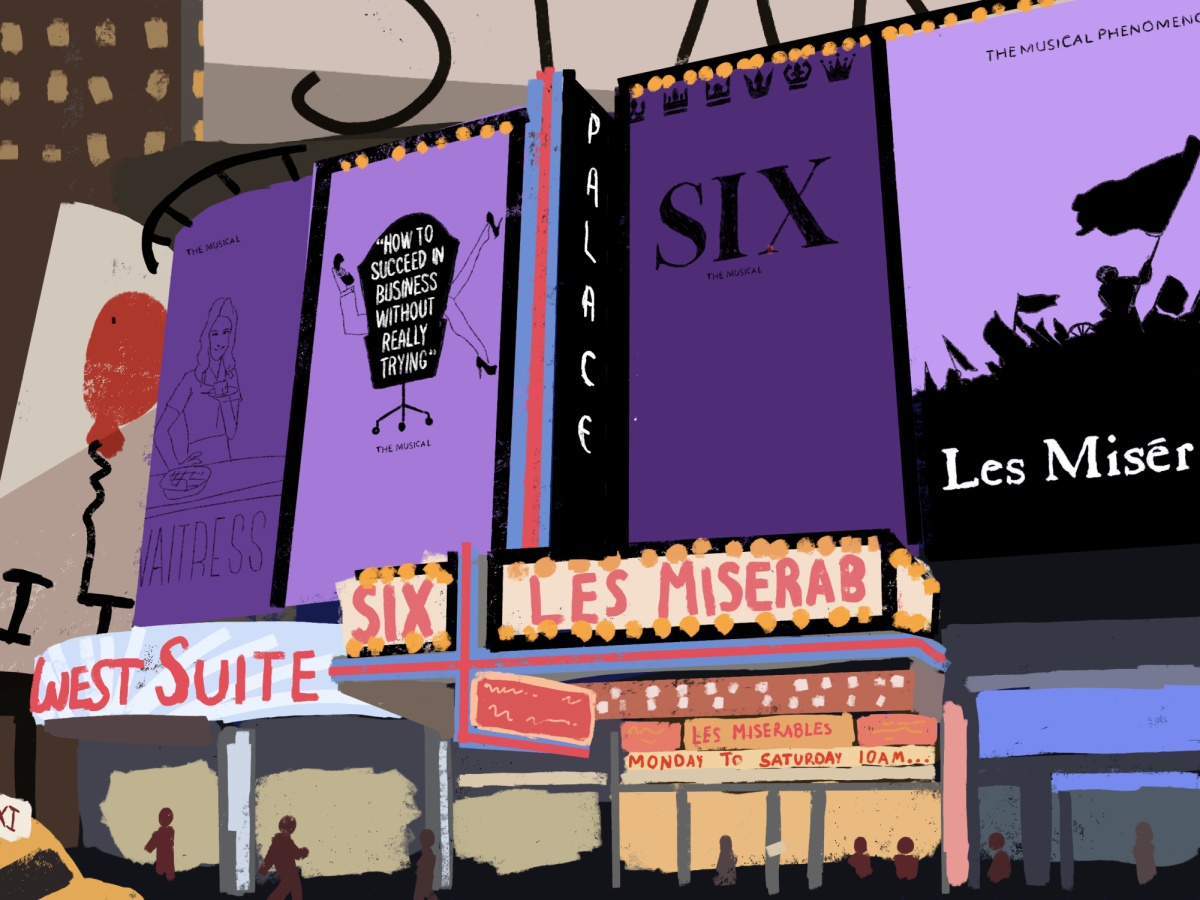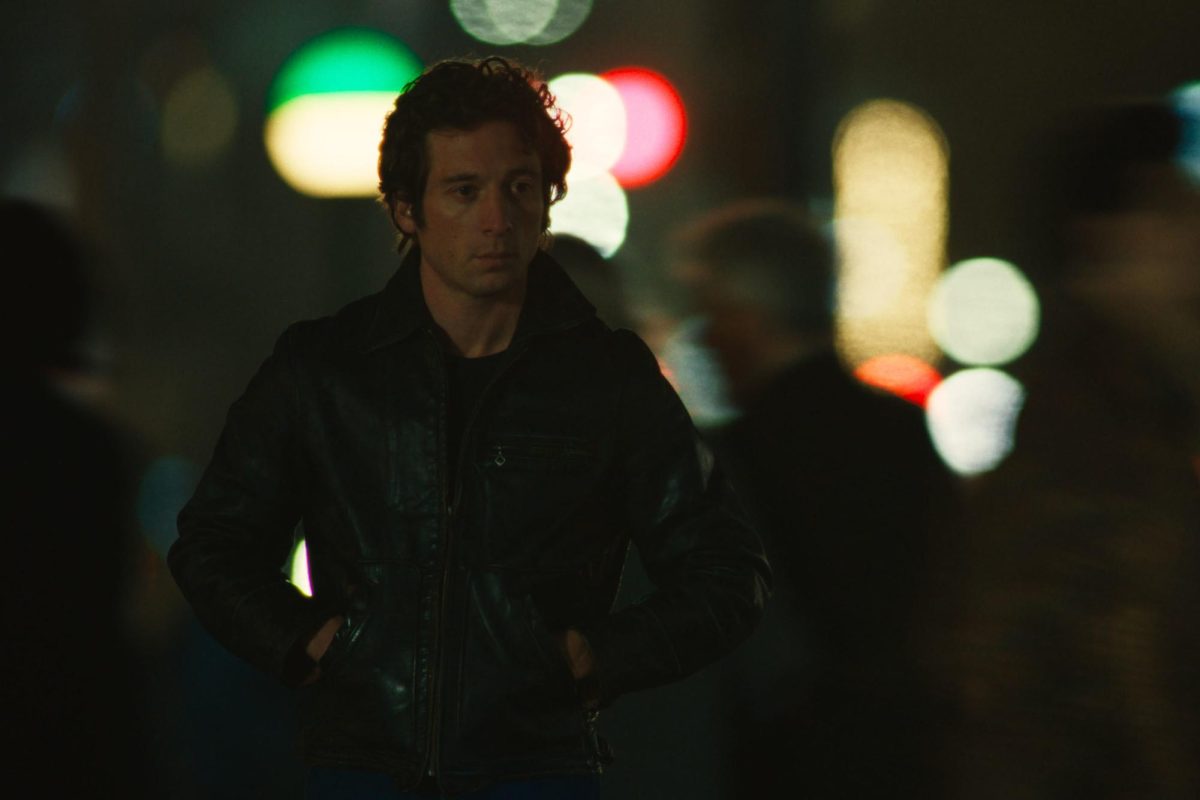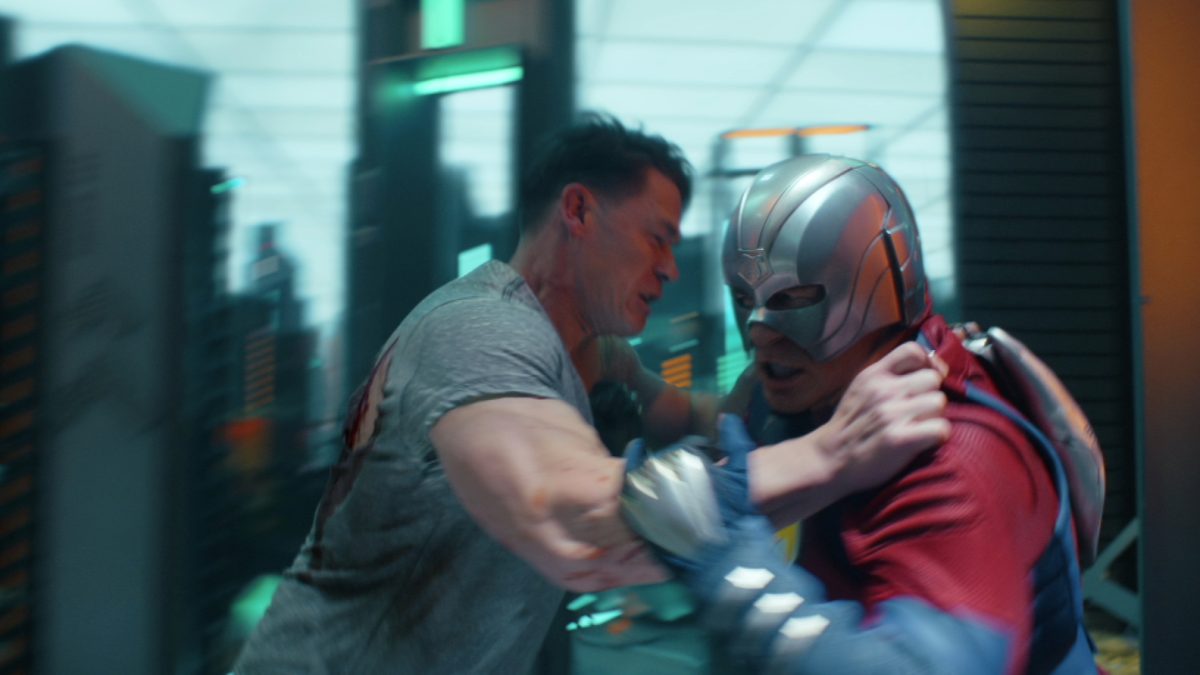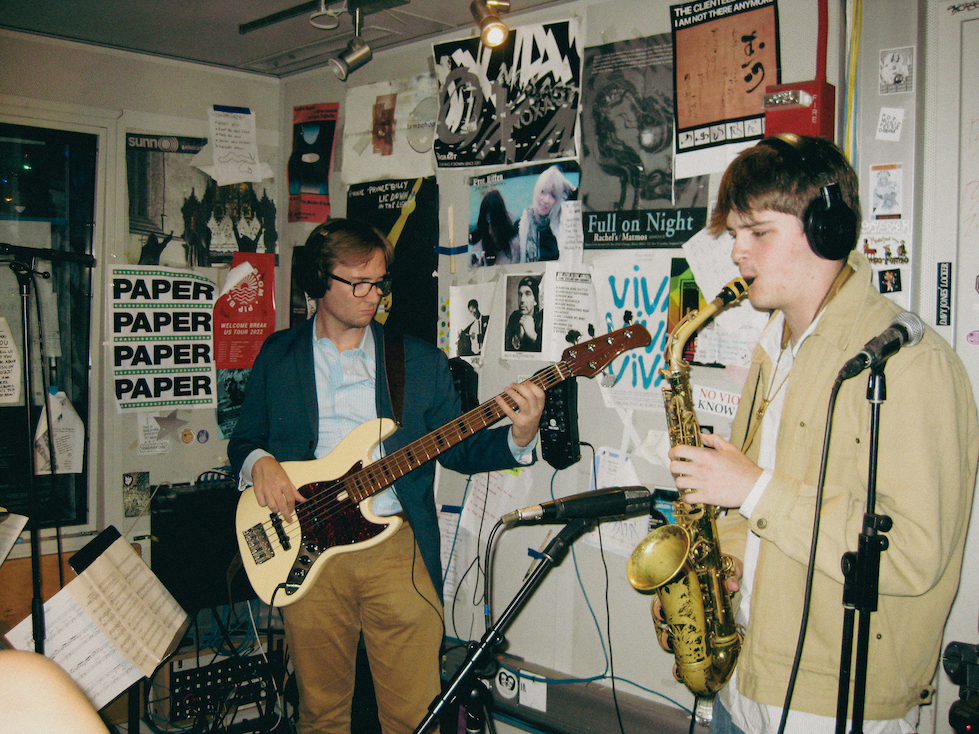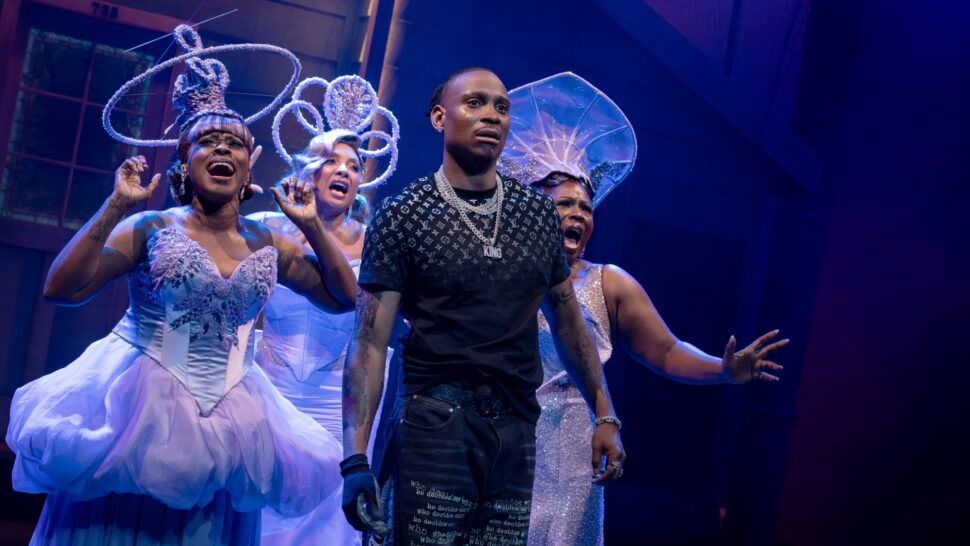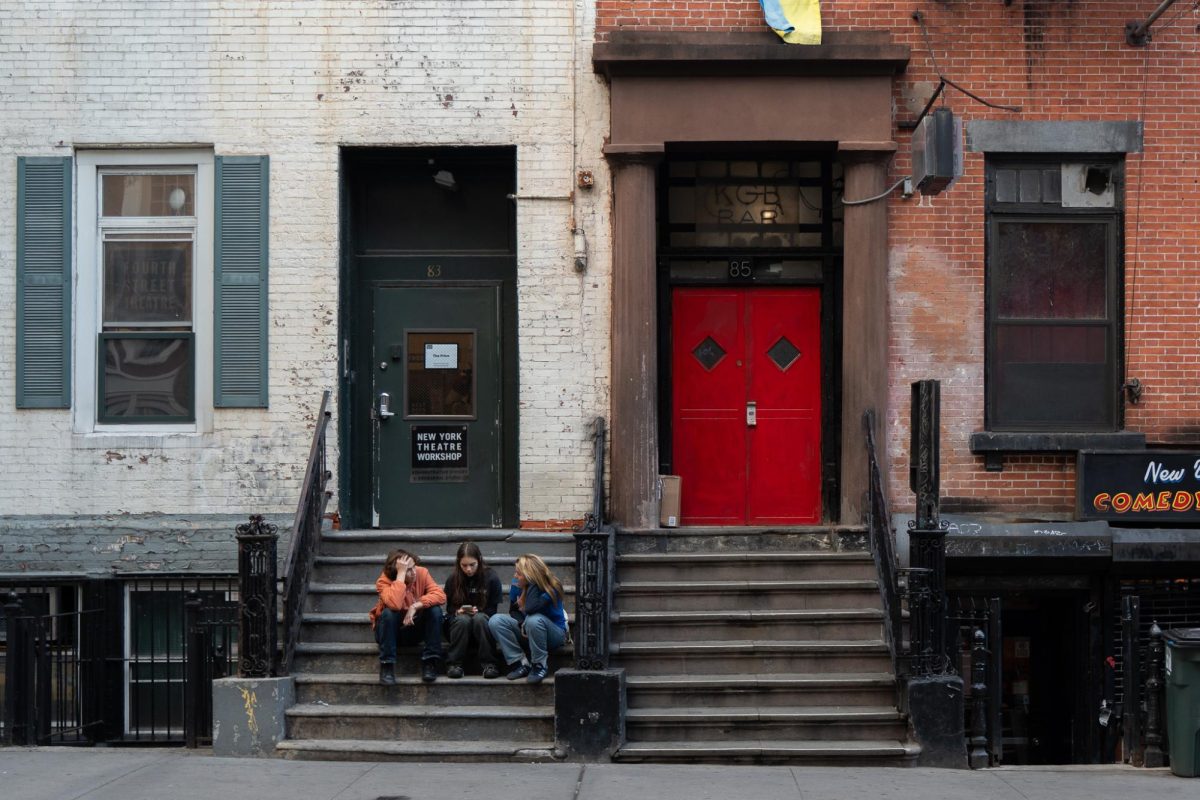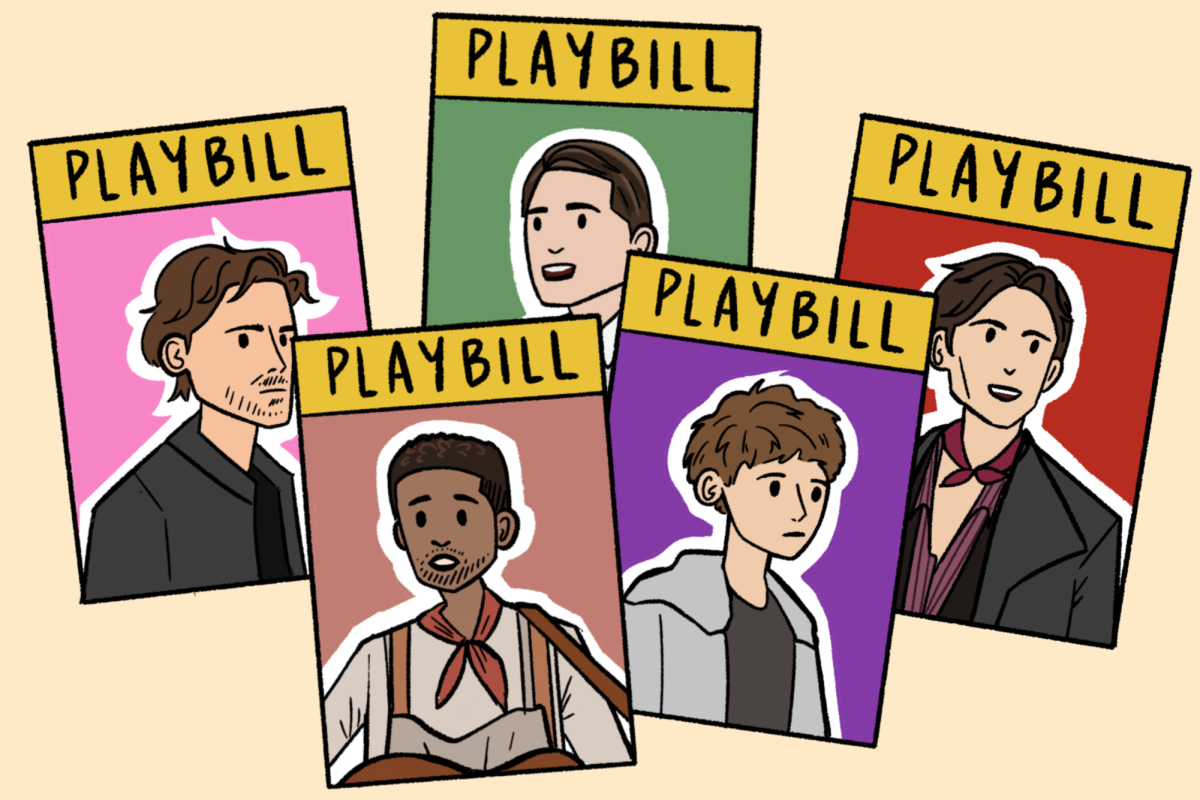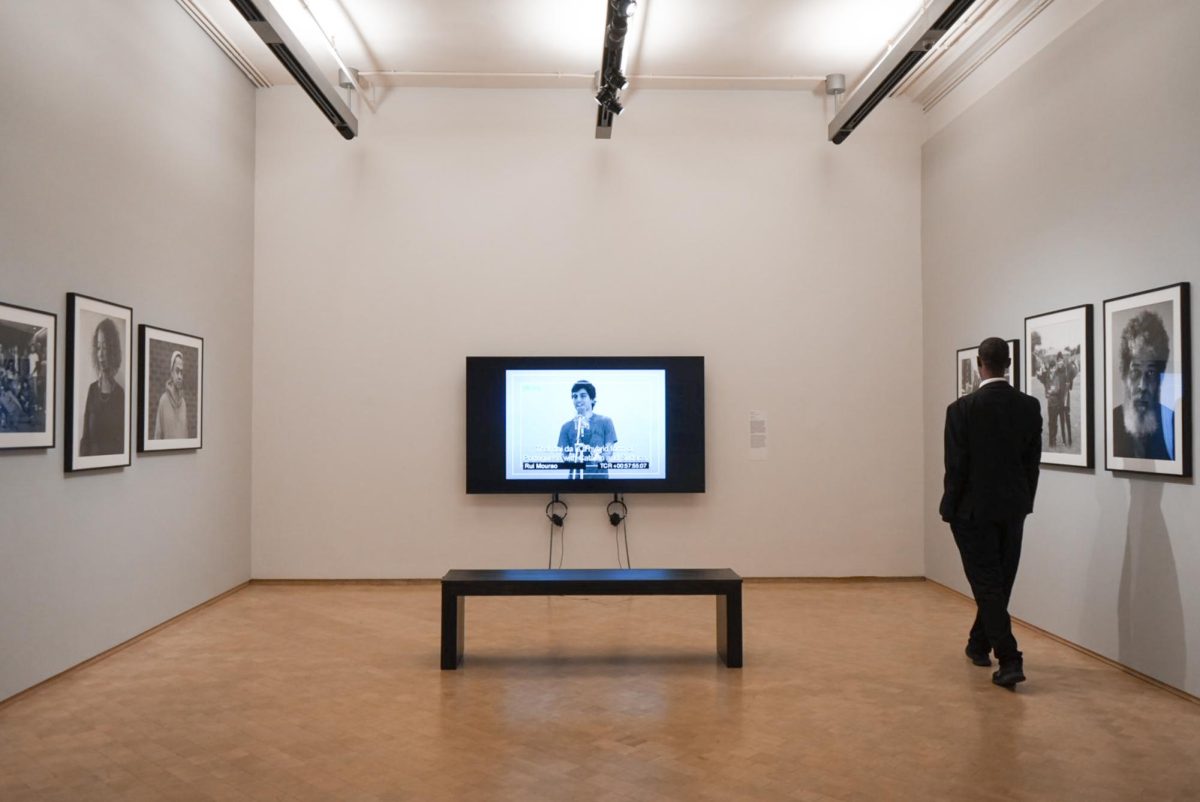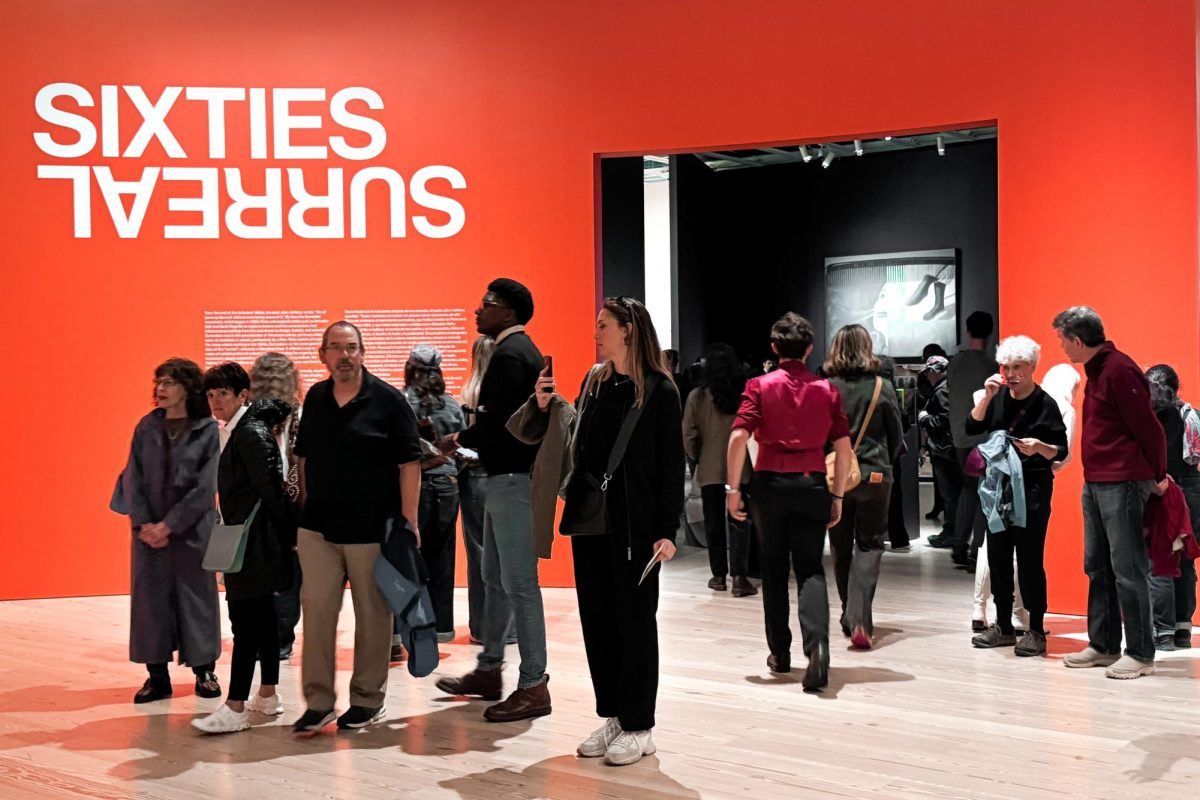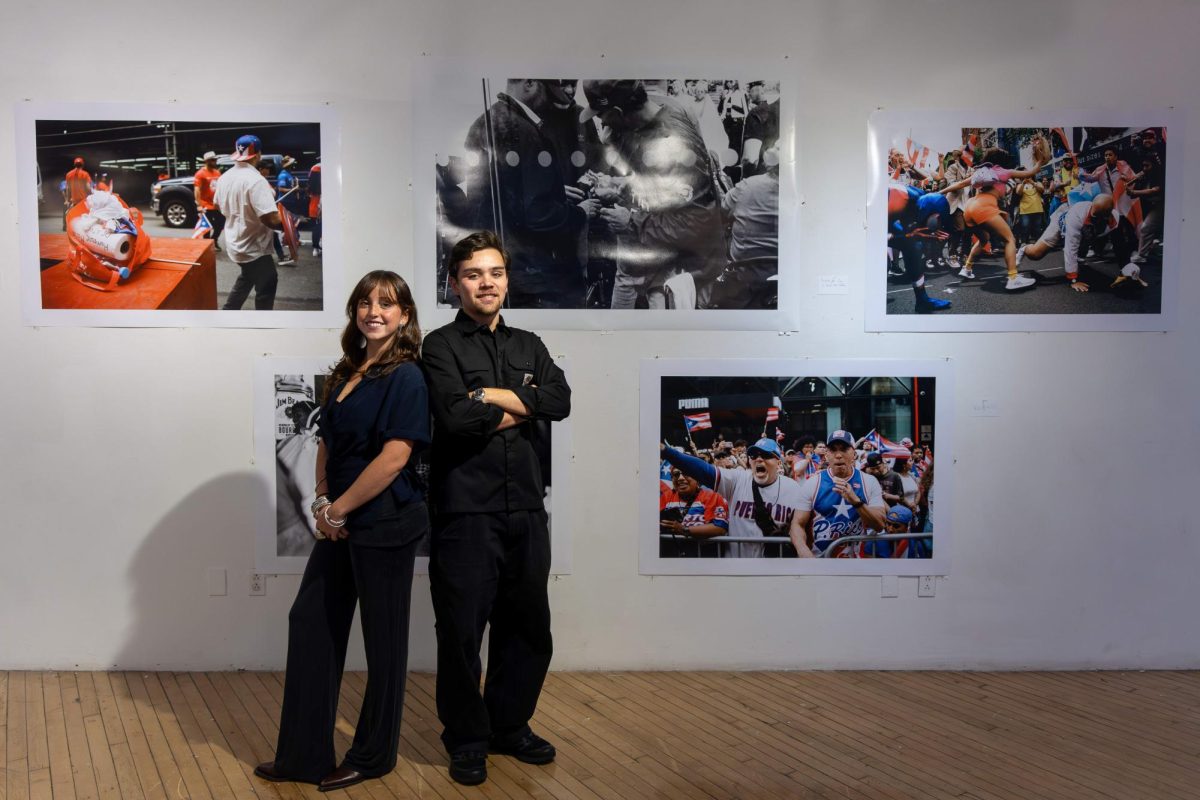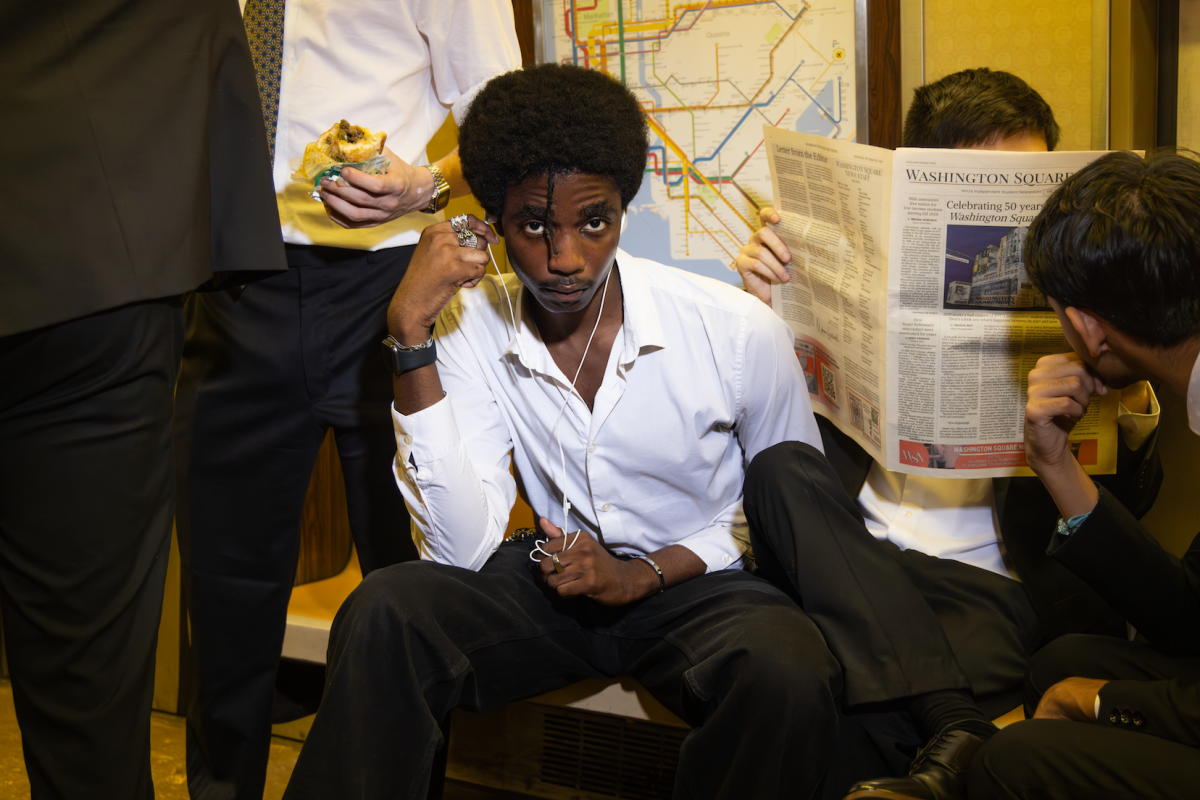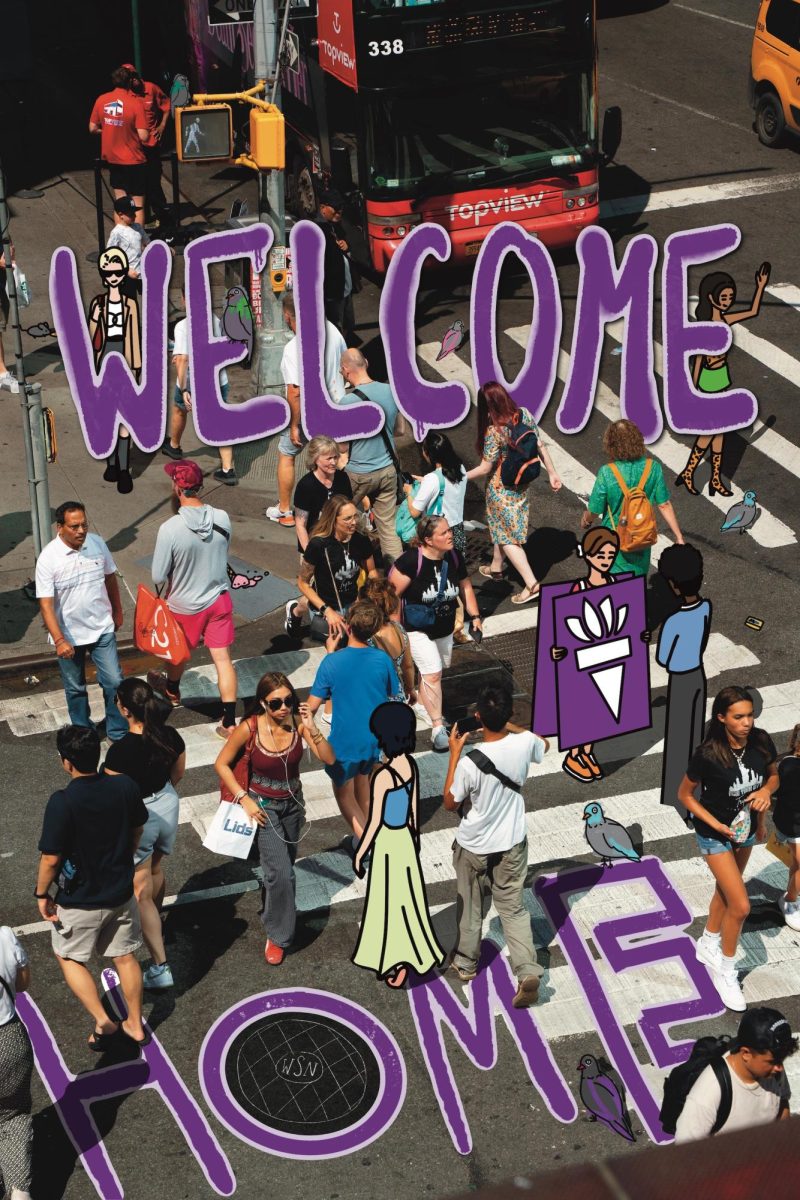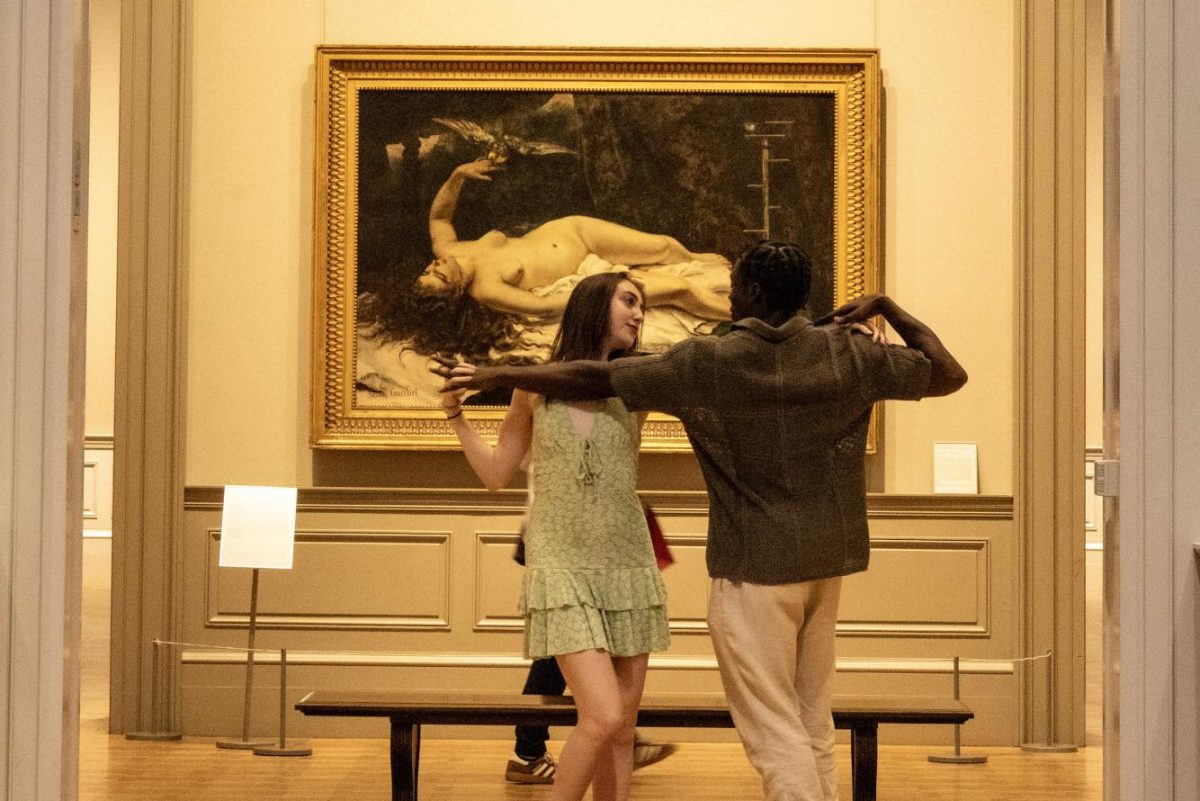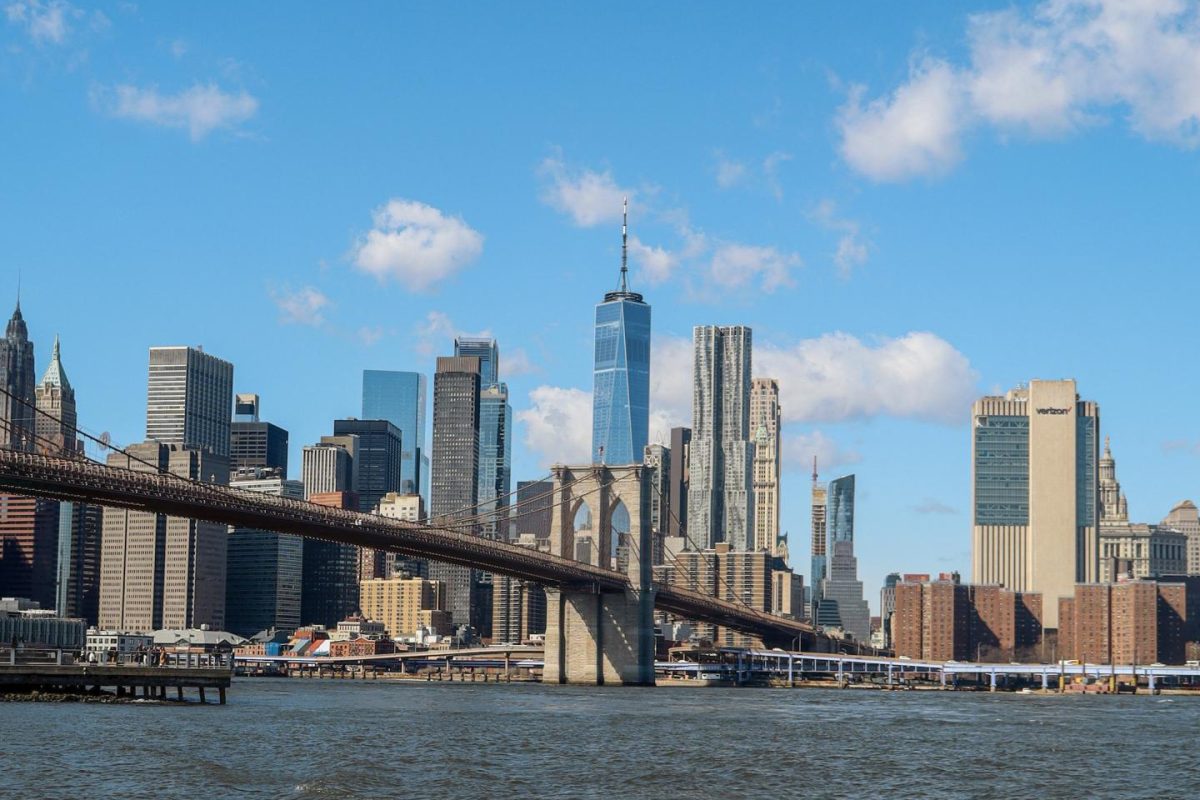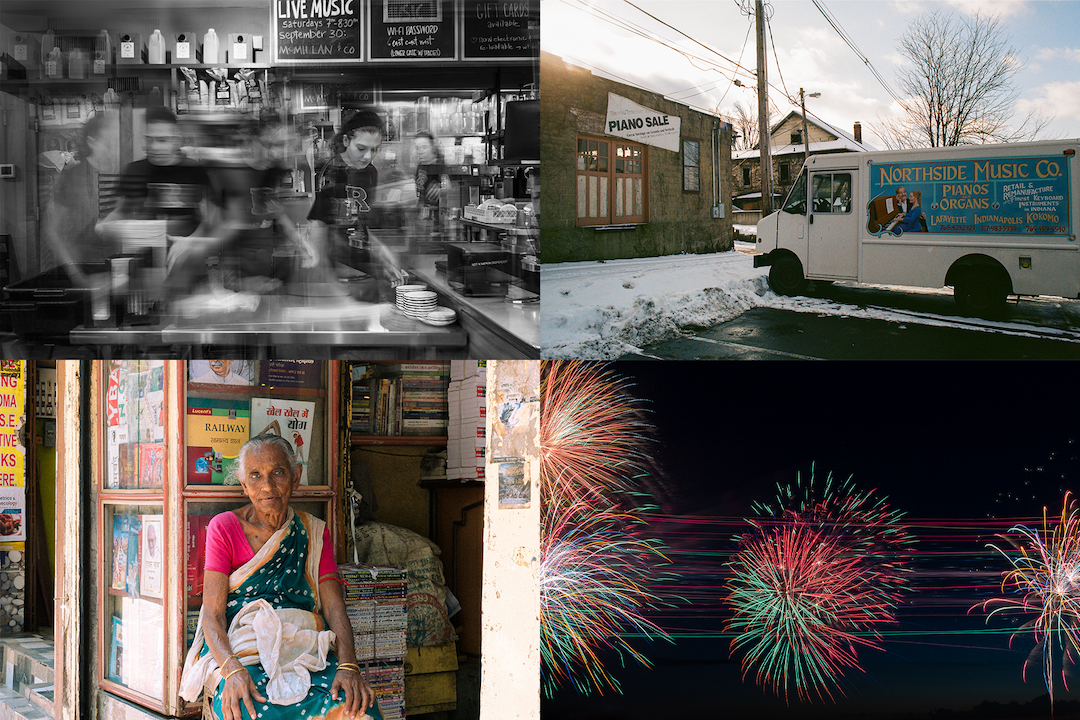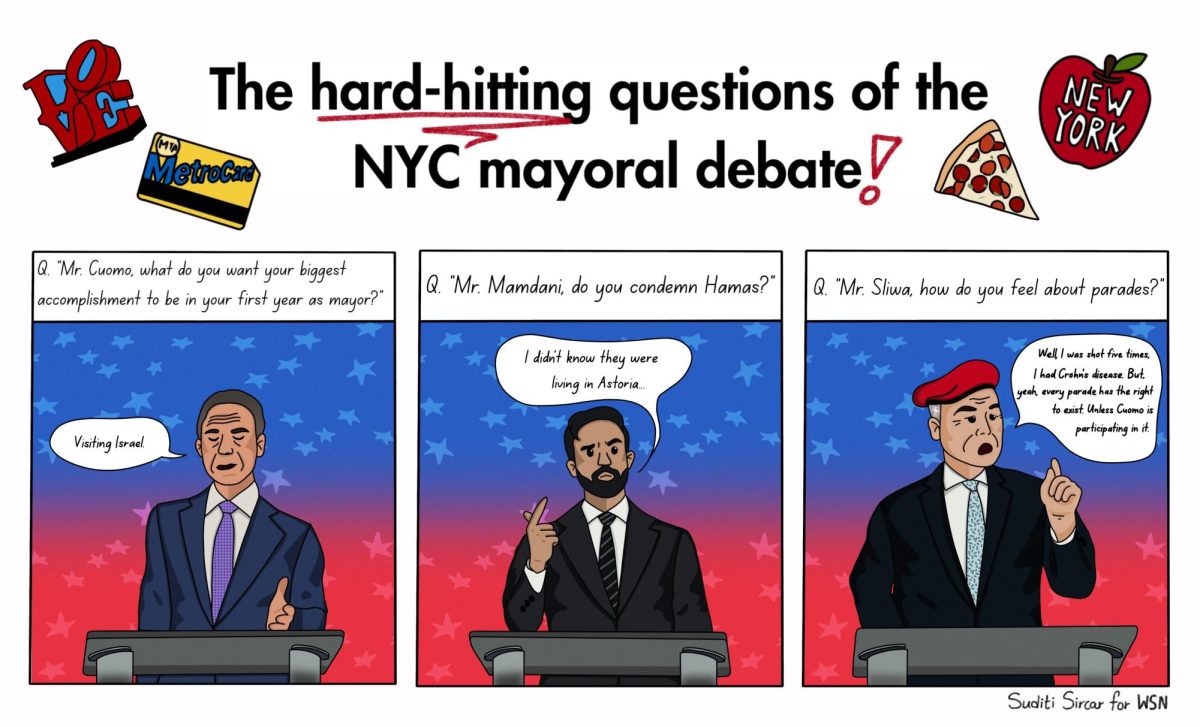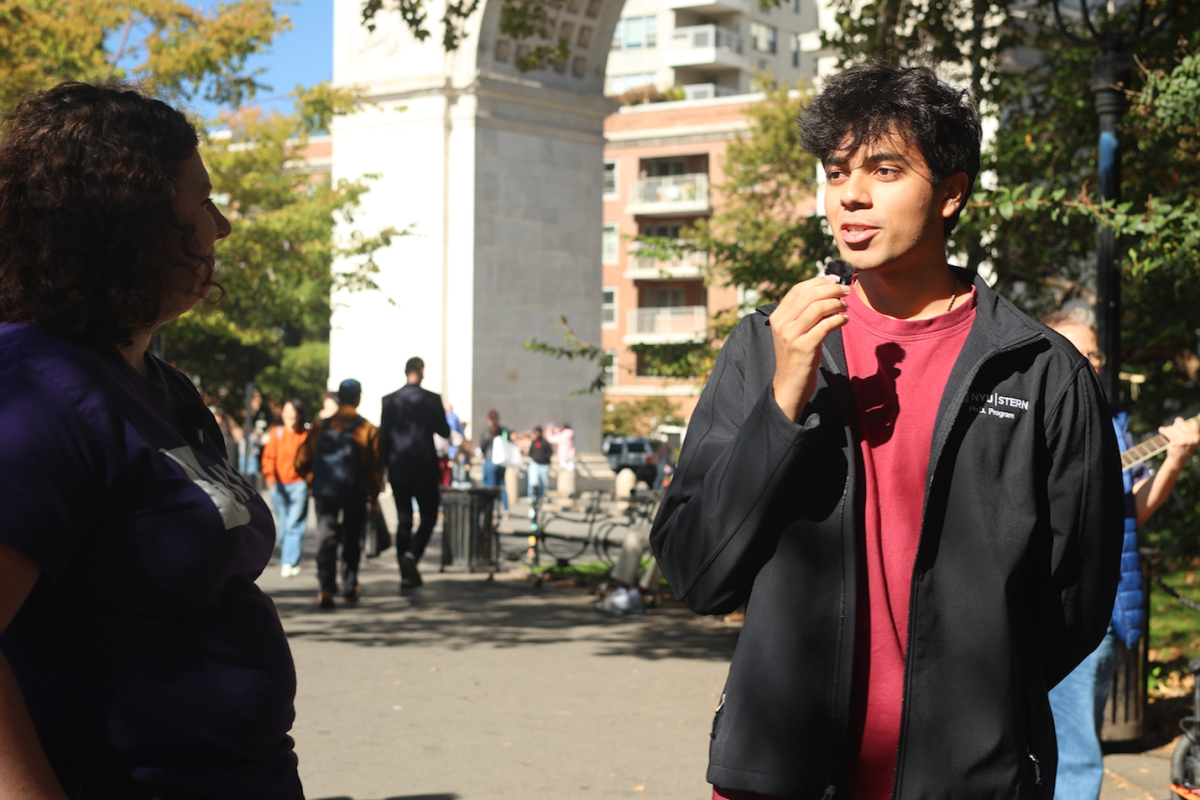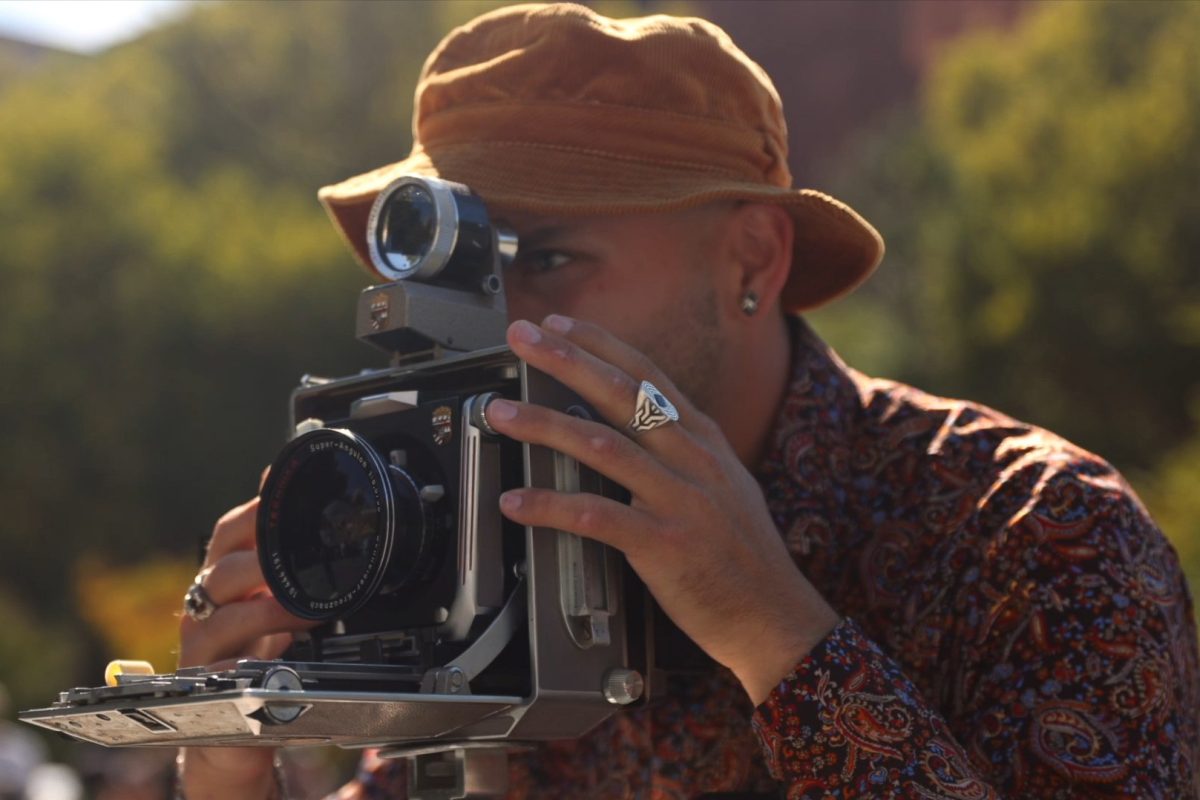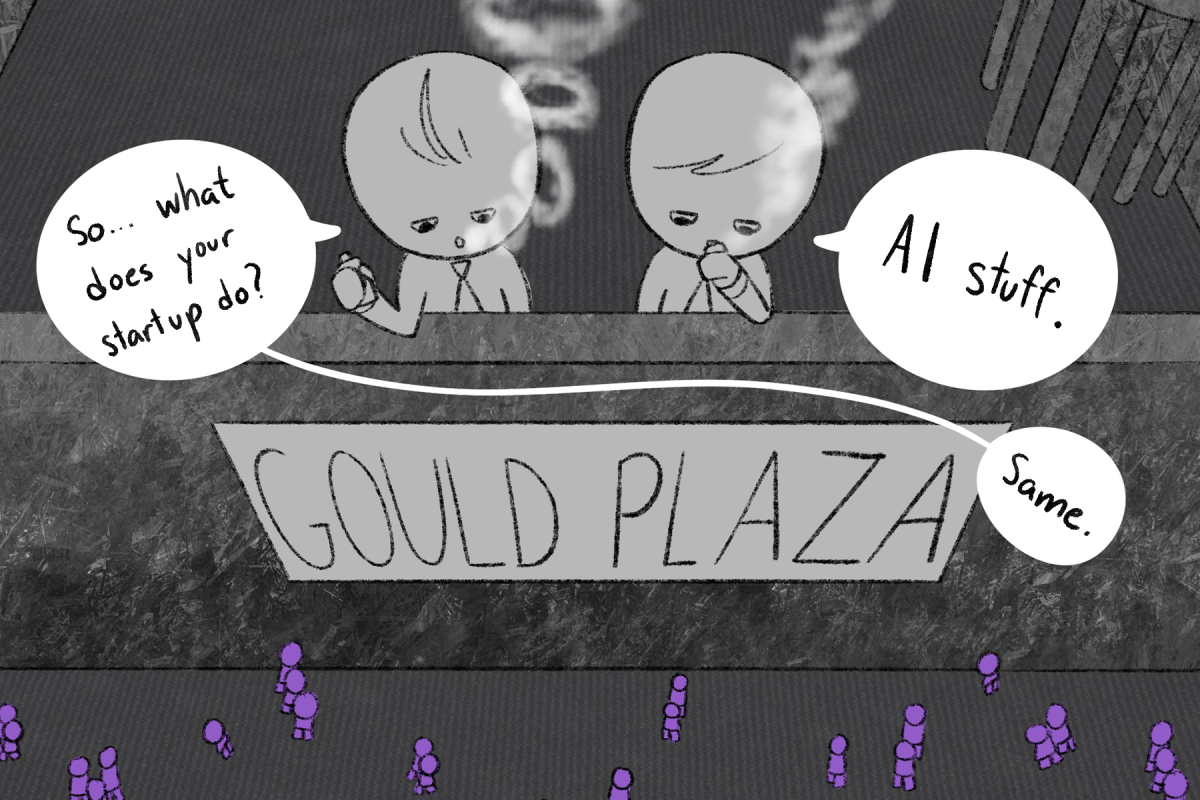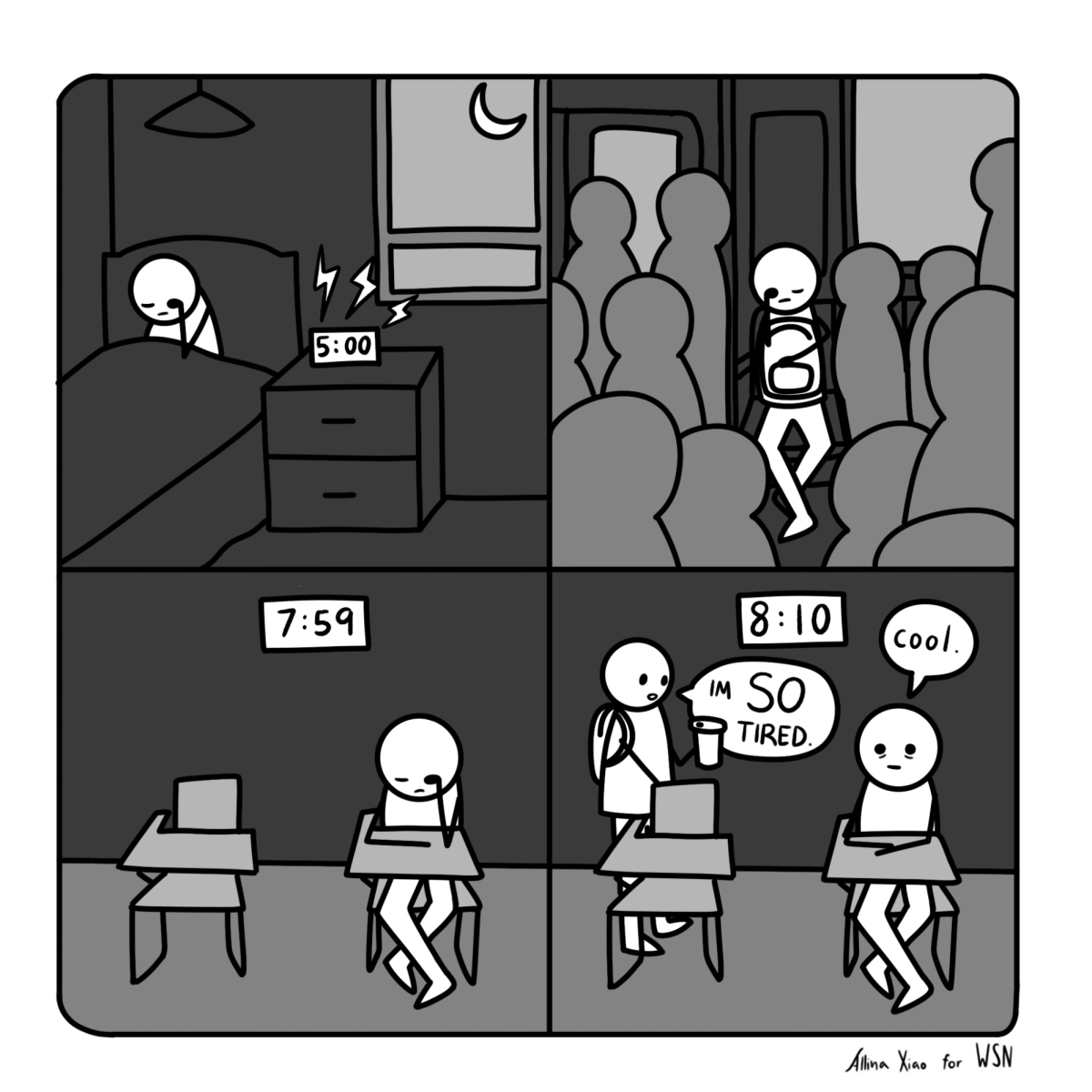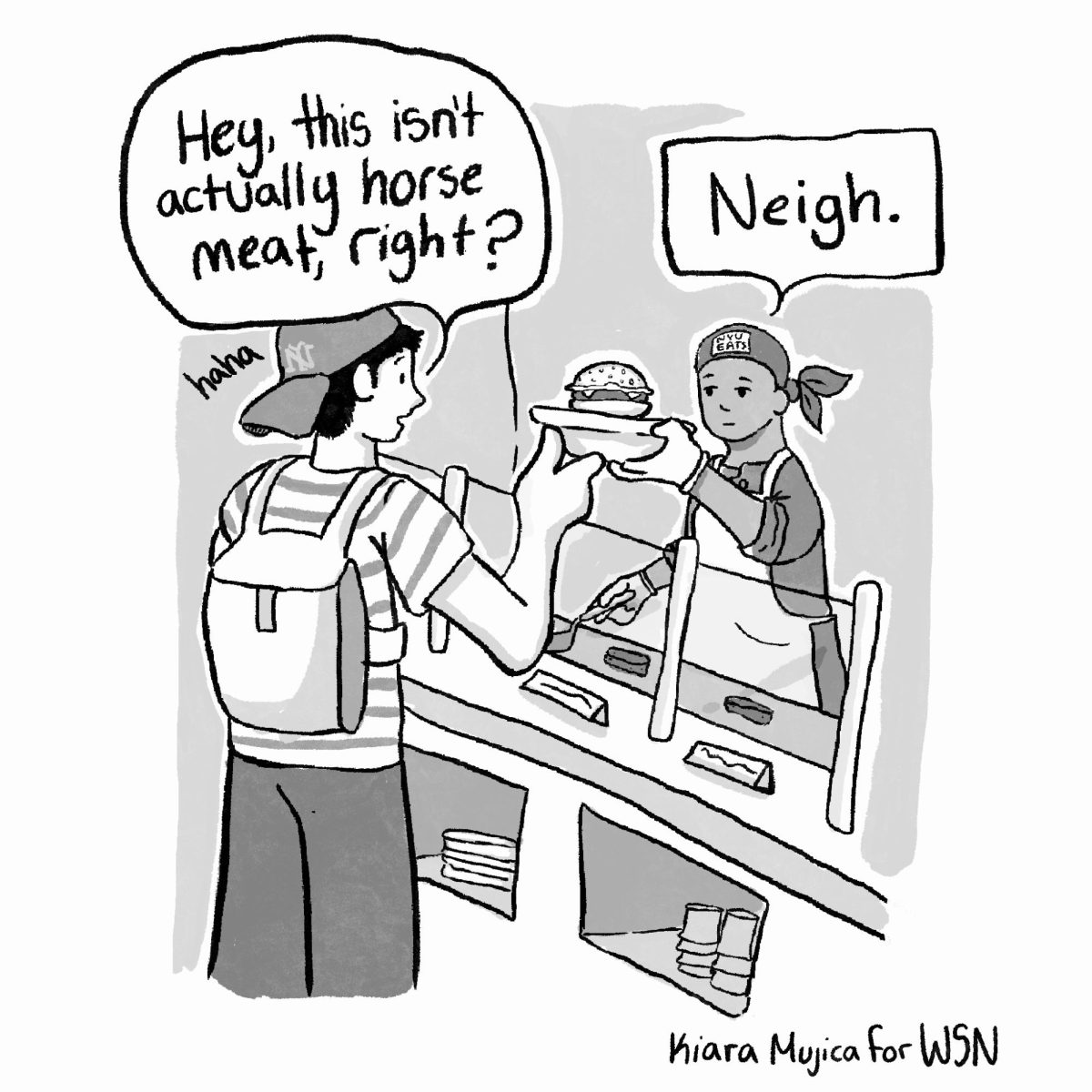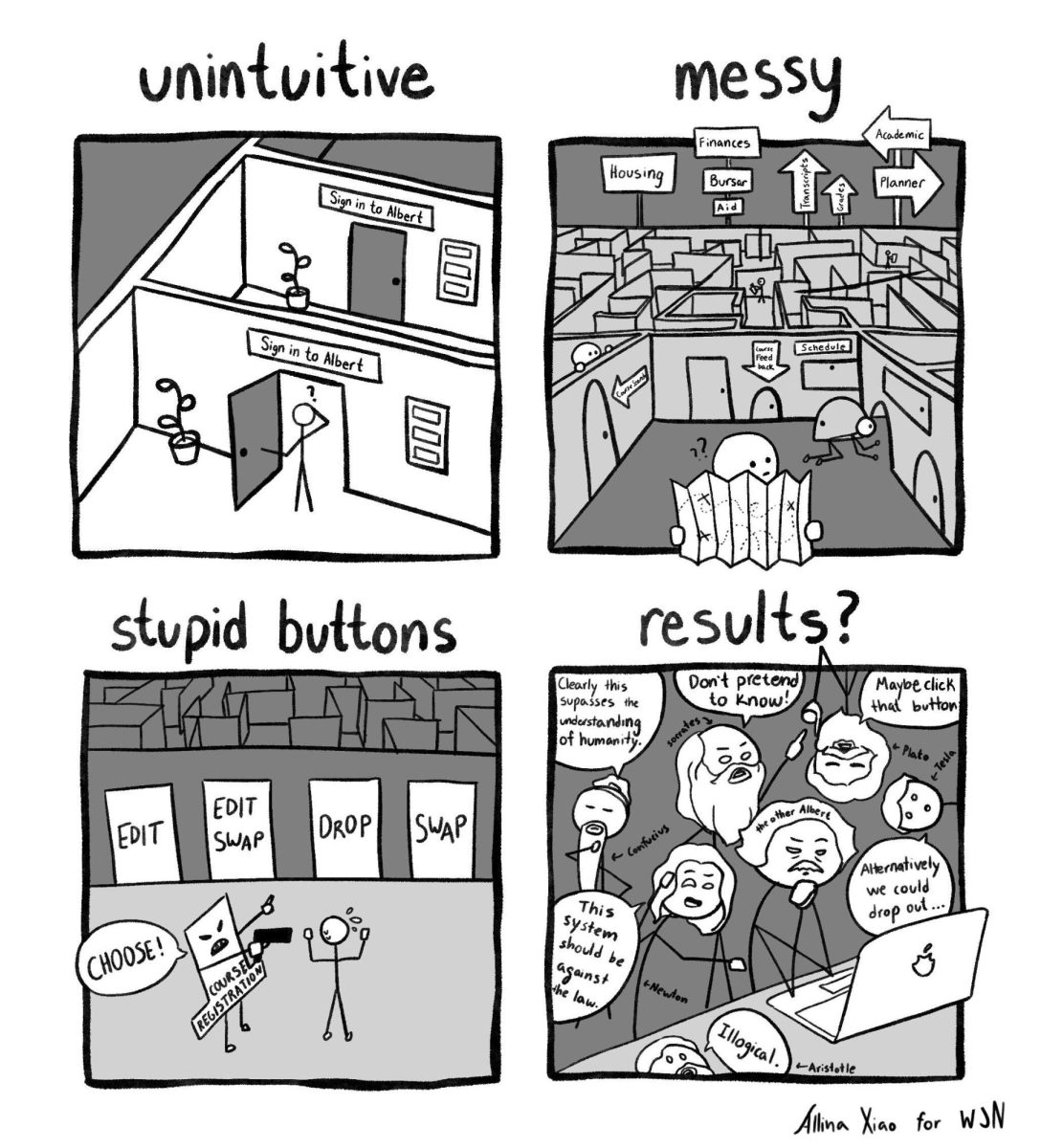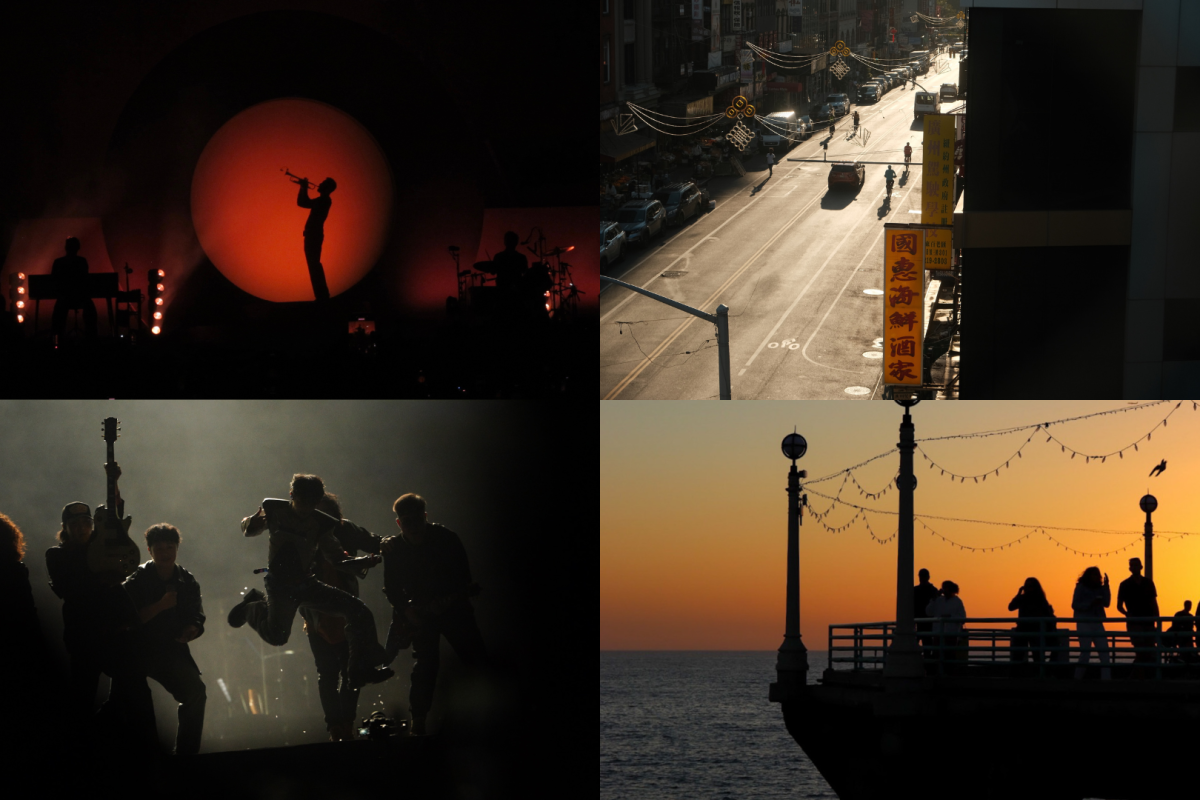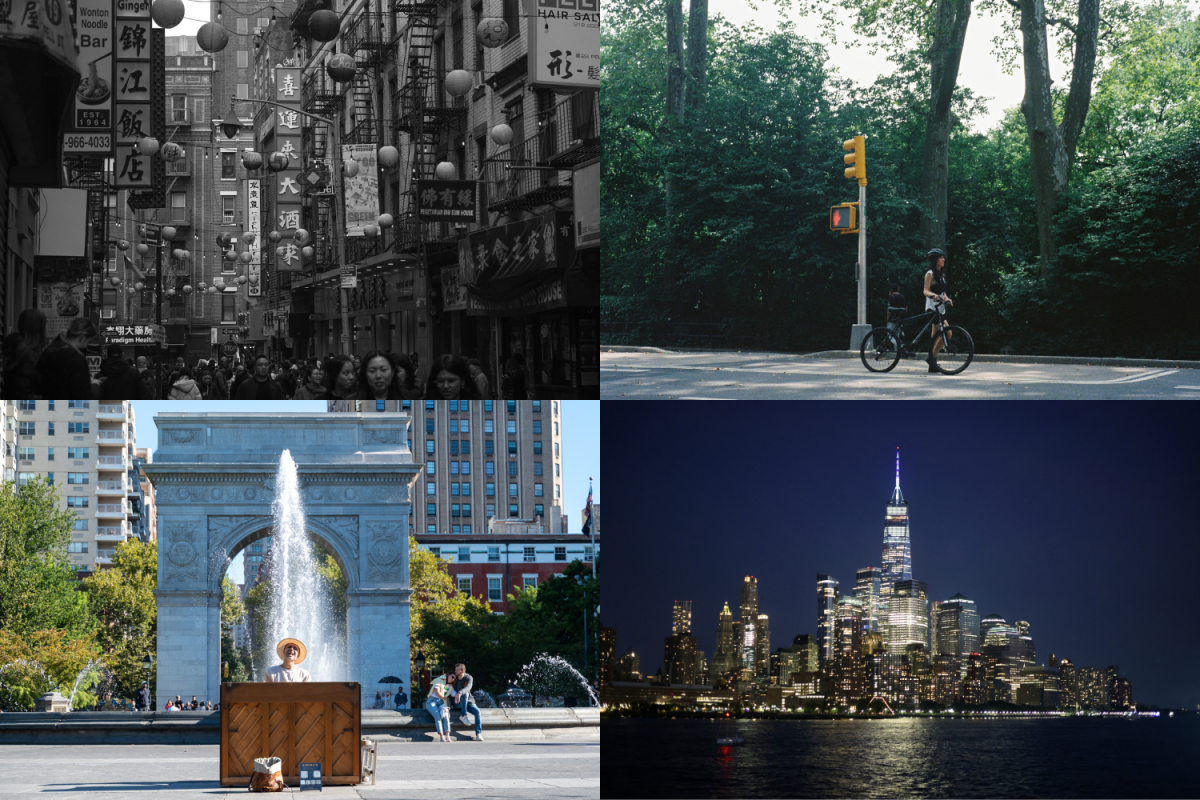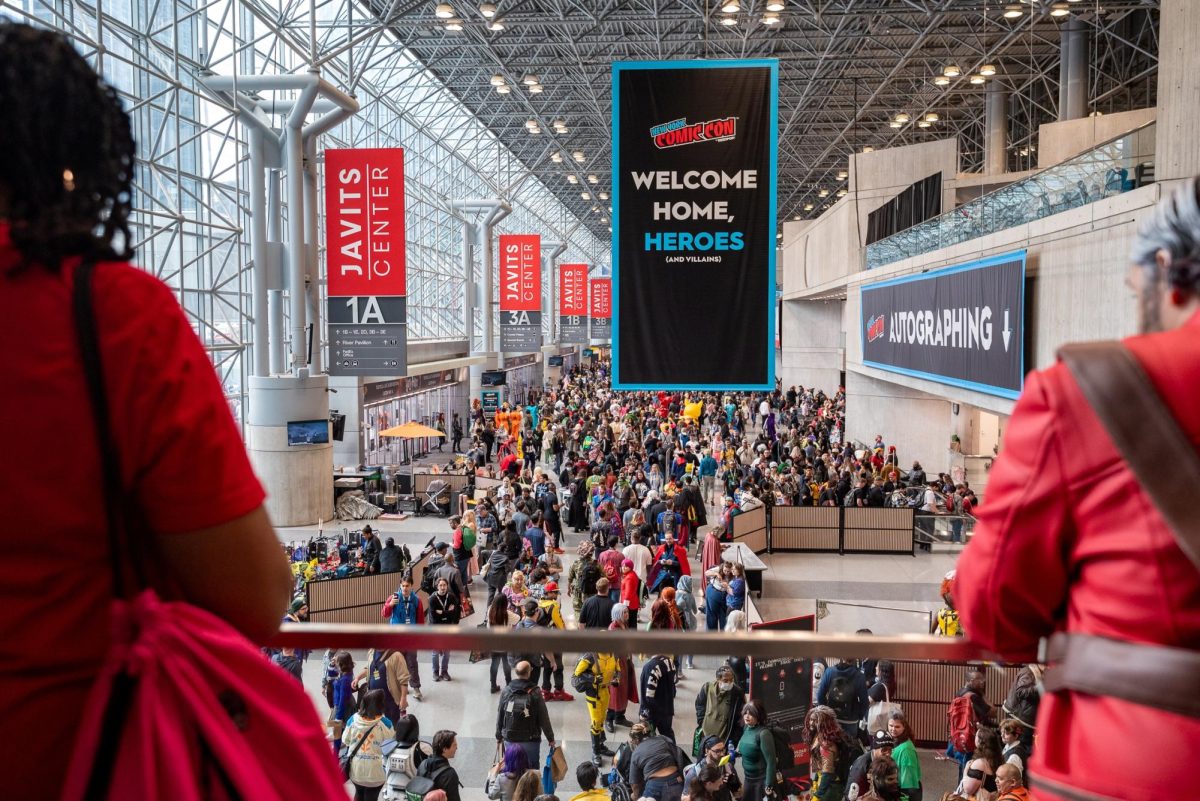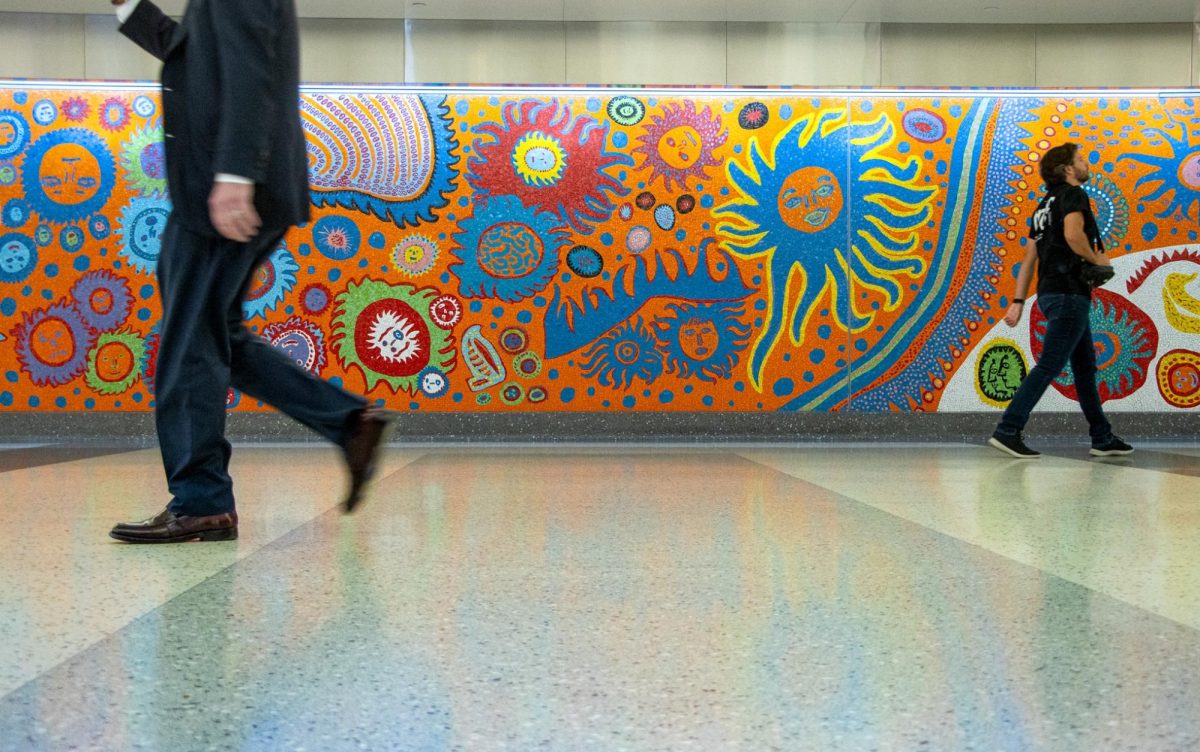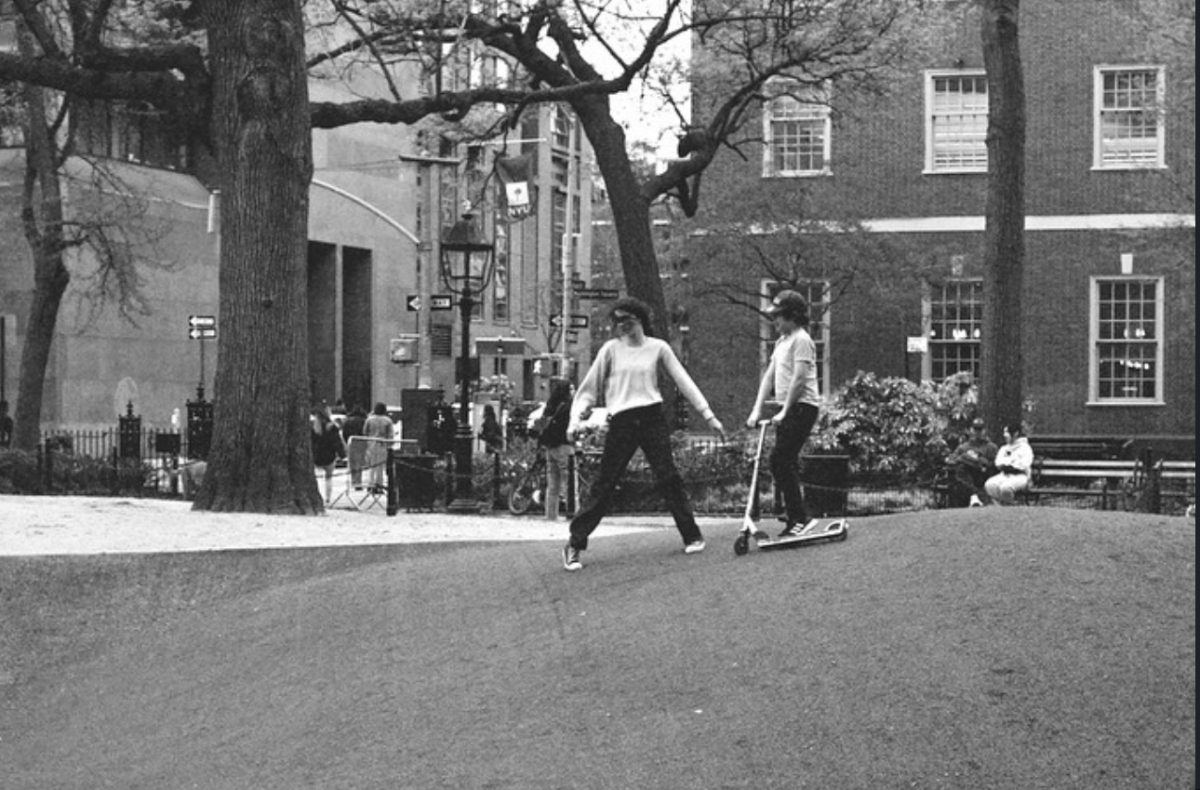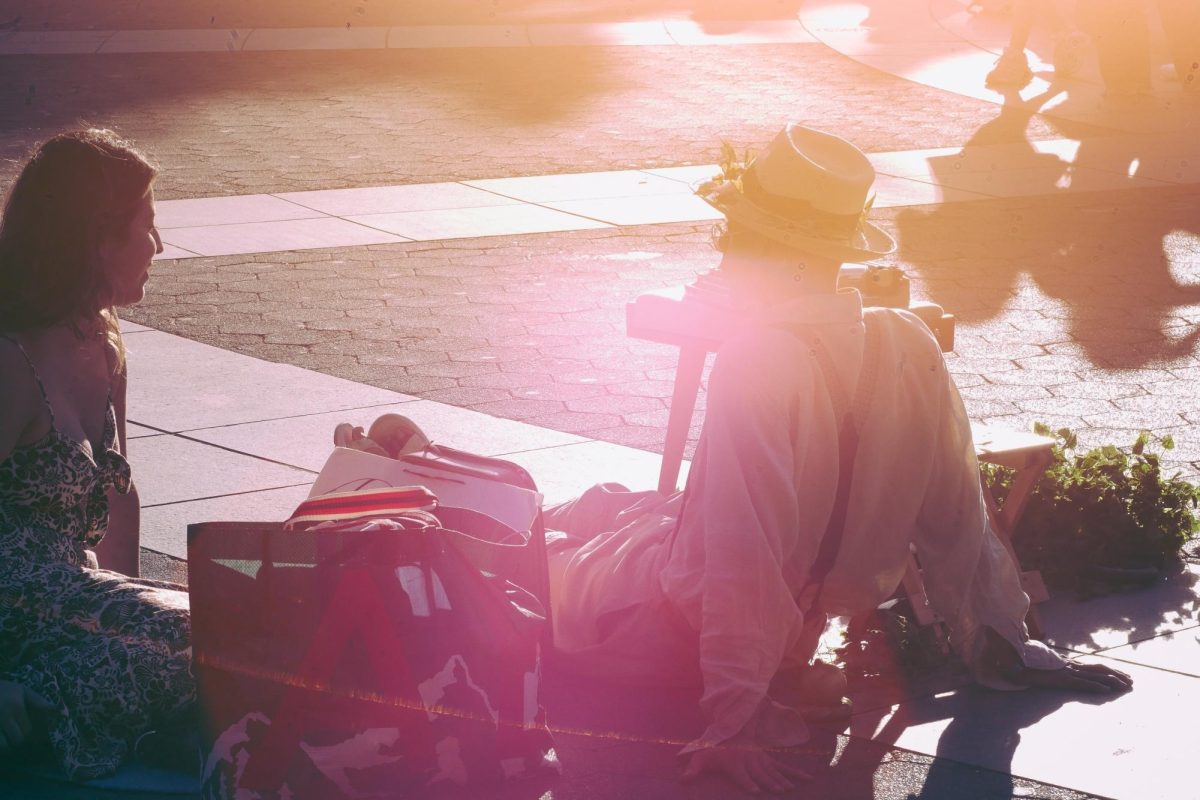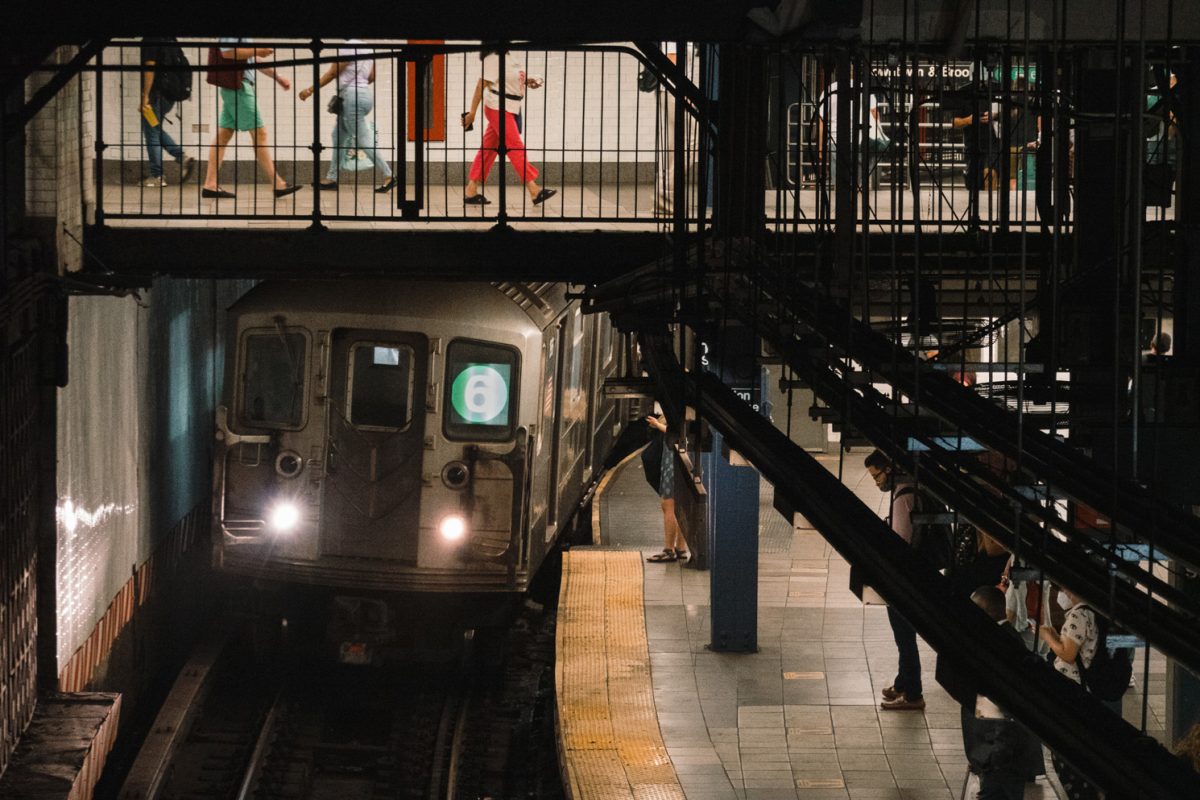Anyone who turns on the news might think that the New York City subway system is more dangerous than ever. Every few weeks, a violent subway crime becomes the subject of alarmist headlines and dramaticized social media posts, sparking panic in many of the millions who ride the subway every day. In turn, politicians call for more surveillance cameras, police deployment and multi-million technologies in the name of public safety. Just last month, Gov. Kathy Hochul announced the deployment of 250 more National Guard troops to subway stations, alongside new surveillance cameras in every subway car. Mayor Eric Adams also plans on sending even more police officers into subway stations. As these reactionist policies are enacted, data from the New York City Police Department indicates that subway crime is actually at its lowest in 14 years, showing that the push for more security measures and police presence isn’t based on facts — it’s driven by fear.
To those who watch news coverage of subway crime, these measures may seem necessary. After all, 78% of New Yorkers don’t feel safe riding the subway at night. The most common crimes on subways are theft, assault and harassment. Severe instances of violence are actually quite rare, with felony assaults happening about once in every 2.3 million rides, and shootings happening about once every 190 million rides. Of the violent crimes that do occur on the subway, half took place in just 30 of the city’s 472 stations due to their high ridership. Despite the data, the high crime rates are accepted as reality by many riders, a direct result of exaggerated representation in the media.
Many media outlets disproportionately cover violent crimes, using racial stereotypes and dehumanizing language that induces emotional distress. What is reported as a crime is often just a report of a mental health crisis that escalated due to interference by law enforcement rather than social services. Homeless individuals who sleep in stations due to a lack of housing alternatives are criminalized by the city’s zero-tolerance policy, leading to violent confrontations and removals. Sensationalist coverage of such incidents distorts reality and fuels public panic, which consequently allows politicians to take advantage of these manufactured anxieties to justify implementing costly measures and overpolicing.
One such costly measure is ShotSpotter, a $54.6 million gunshot detection system used in New York City over the past 10 years. A five-year investigation by Brooklyn Defender Services found that ShotSpotter was not only unreliable but also disproportionately targeted Black and Latino communities. Similarly, the CEO of Evolv, whose weapon detection scanners were recently used in a pilot program in New York City subways, admitted that subways are “not a good use case” for their technology due to electromagnetic interference underground. This interference makes it much more difficult for the scanners to be useful and actually identify real weapons. A Bronx hospital using the scanners reported that 85% of positive scans were inaccurate, yet New York City continues to invest in them.
Increasing the number of law enforcement officers in subway stations is just as ineffective, creating more opportunities for racial profiling and harassment that puts Black and Latino populations at risk. Policies like stop and frisk, which allows officers, including those in subway stations, to conduct a search by stopping and patting down individuals who they think look suspicious, have long targeted people of color. Such policies, escalated by greater police presence in stations, would only further erode public trust towards law enforcement.
Despite these flaws, politicians continue to argue for high-tech investments and policing as solutions for public fear. Adams himself admitted that “crime fighting had to be not only the actual numbers, but the perception,” revealing that such solutions are often about optics, designed to make people feel better rather than actually reduce crime rates.
Instead, New York City needs to expand social services to address crises before they escalate. Among individuals with a history of subway violence, 80% have documented mental health issues. Funding affordable housing and worker programs would help prevent poverty driven crime and homelessness, and investing in mental health crisis response teams is essential to make sure people are given resources that will prevent them from committing crimes in the first place.
Fear should not dictate public policy. New Yorkers must resist, or at the very least question, the solutions that politicians and the media are pushing for crime and safety. These expensive measures divert resources away from programs that could make a real difference in New Yorkers’ lives. Crime will never be solved by flooding stations with officers or installing more surveillance cameras; it will only be reduced when the root causes of crime — such as poverty, mental health and addiction — are treated. If city leaders truly want to improve safety, they should be investing in people, not in surveillance.
WSN’s Opinion section strives to publish ideas worth discussing. The views presented in the Opinion section are solely the views of the writer.
Contact Steven Wang at [email protected].

